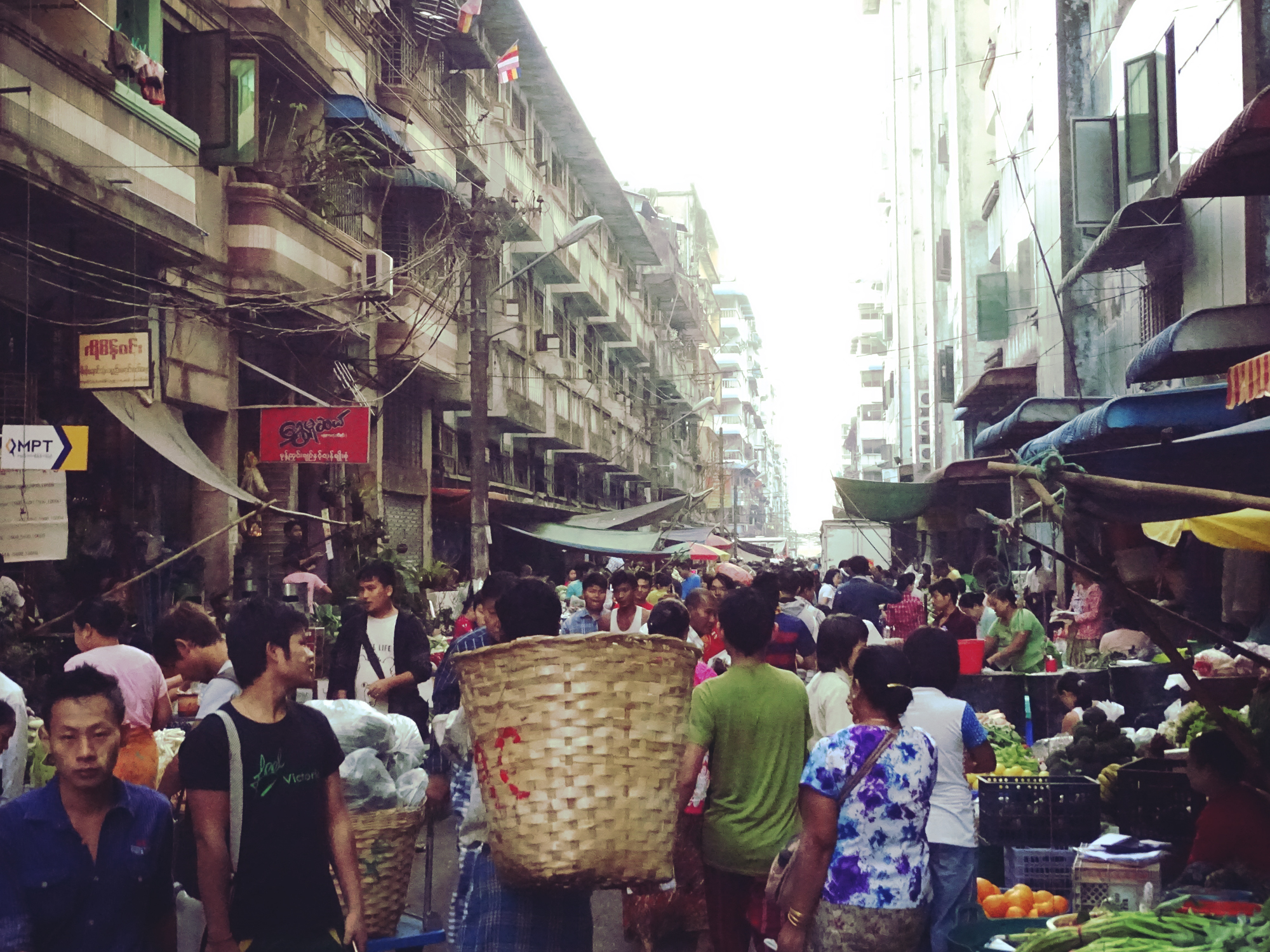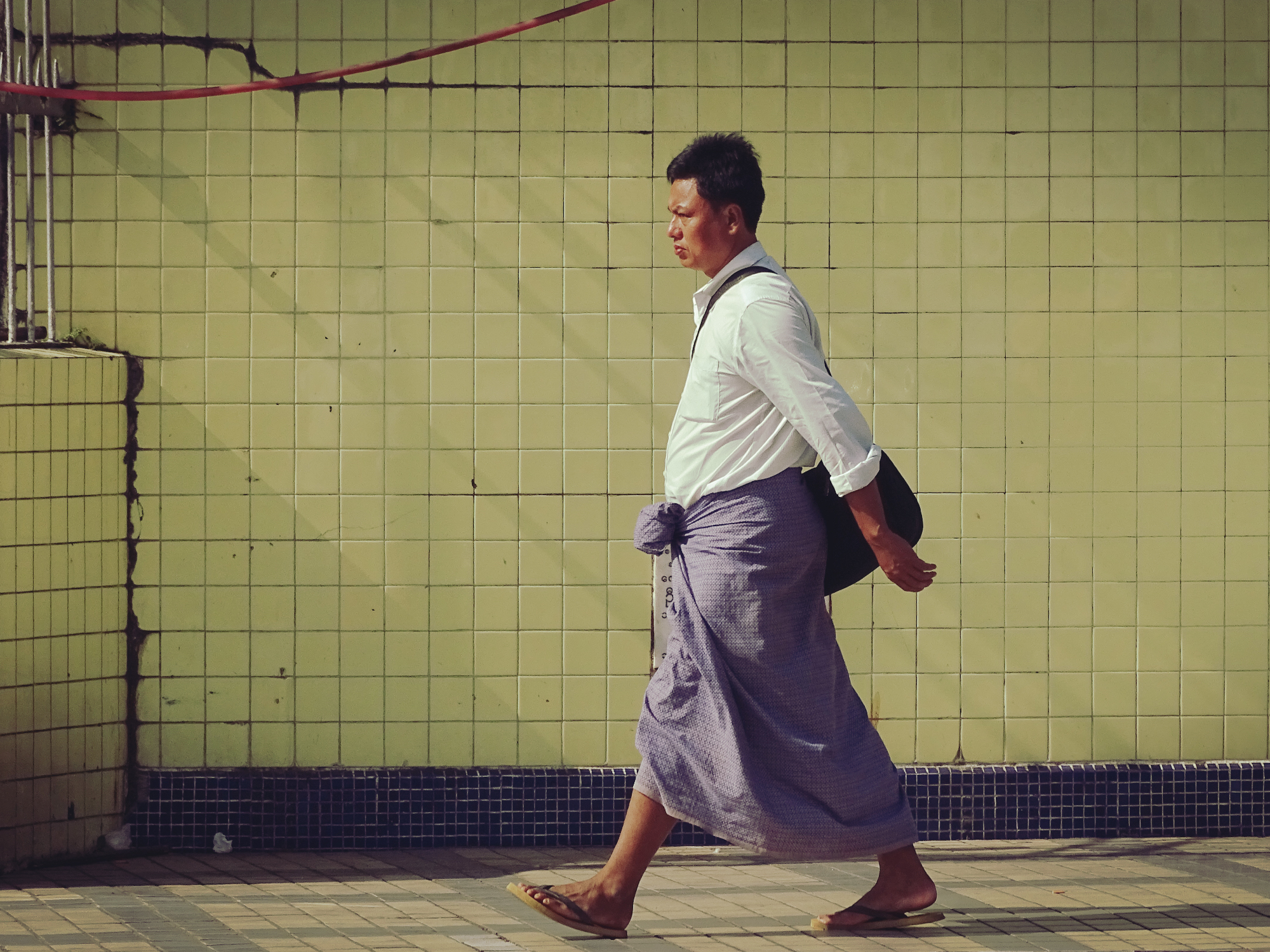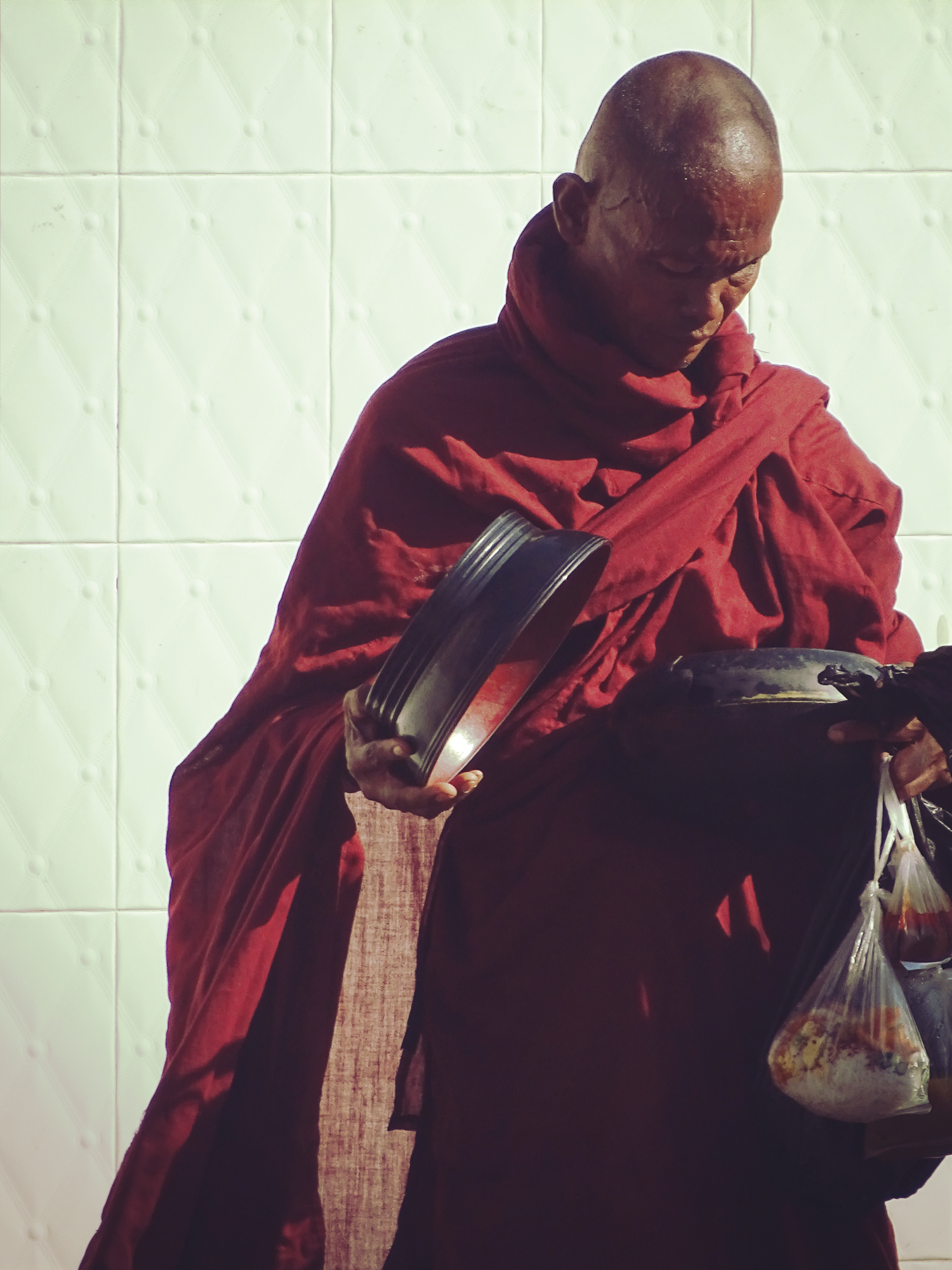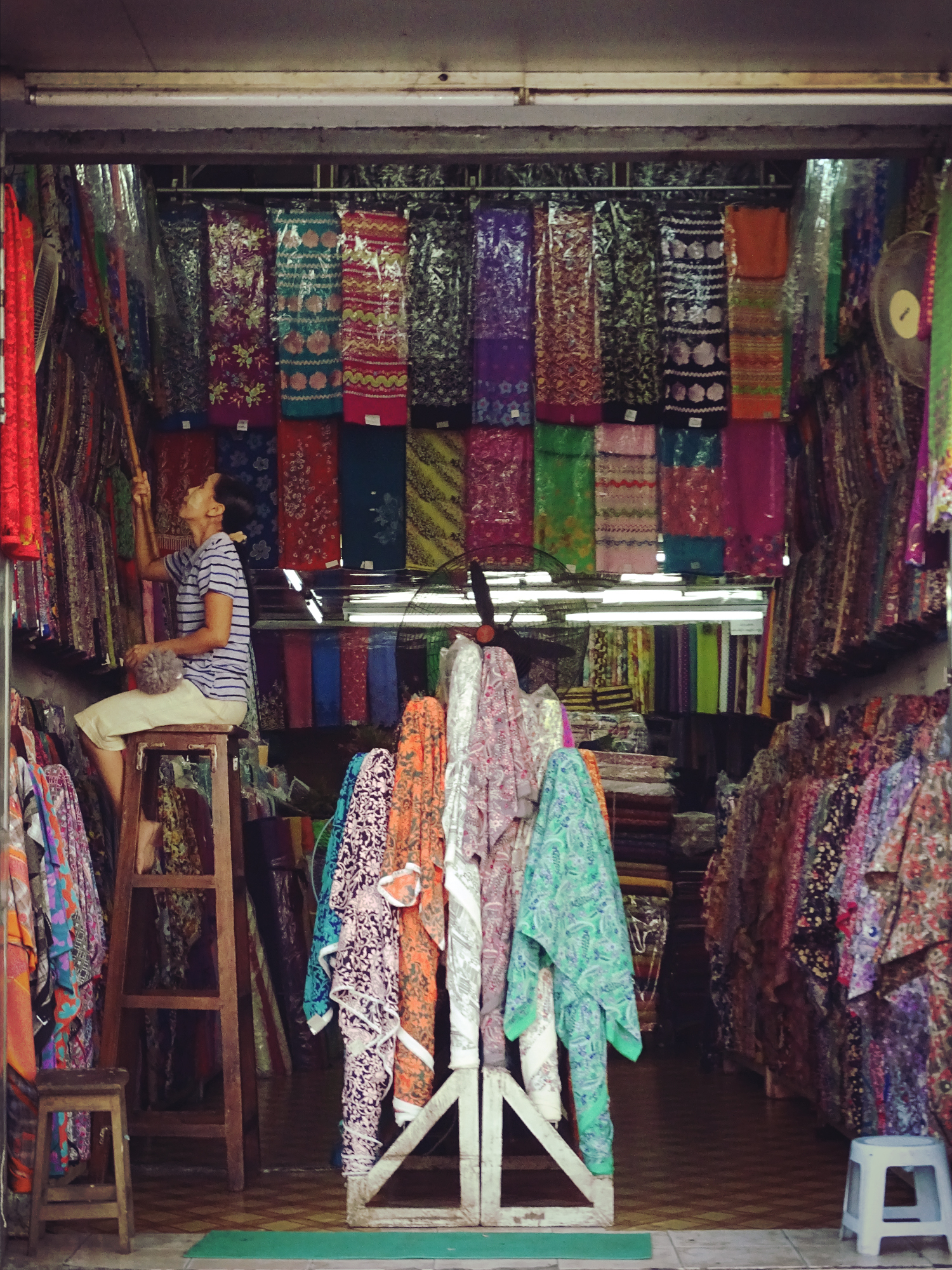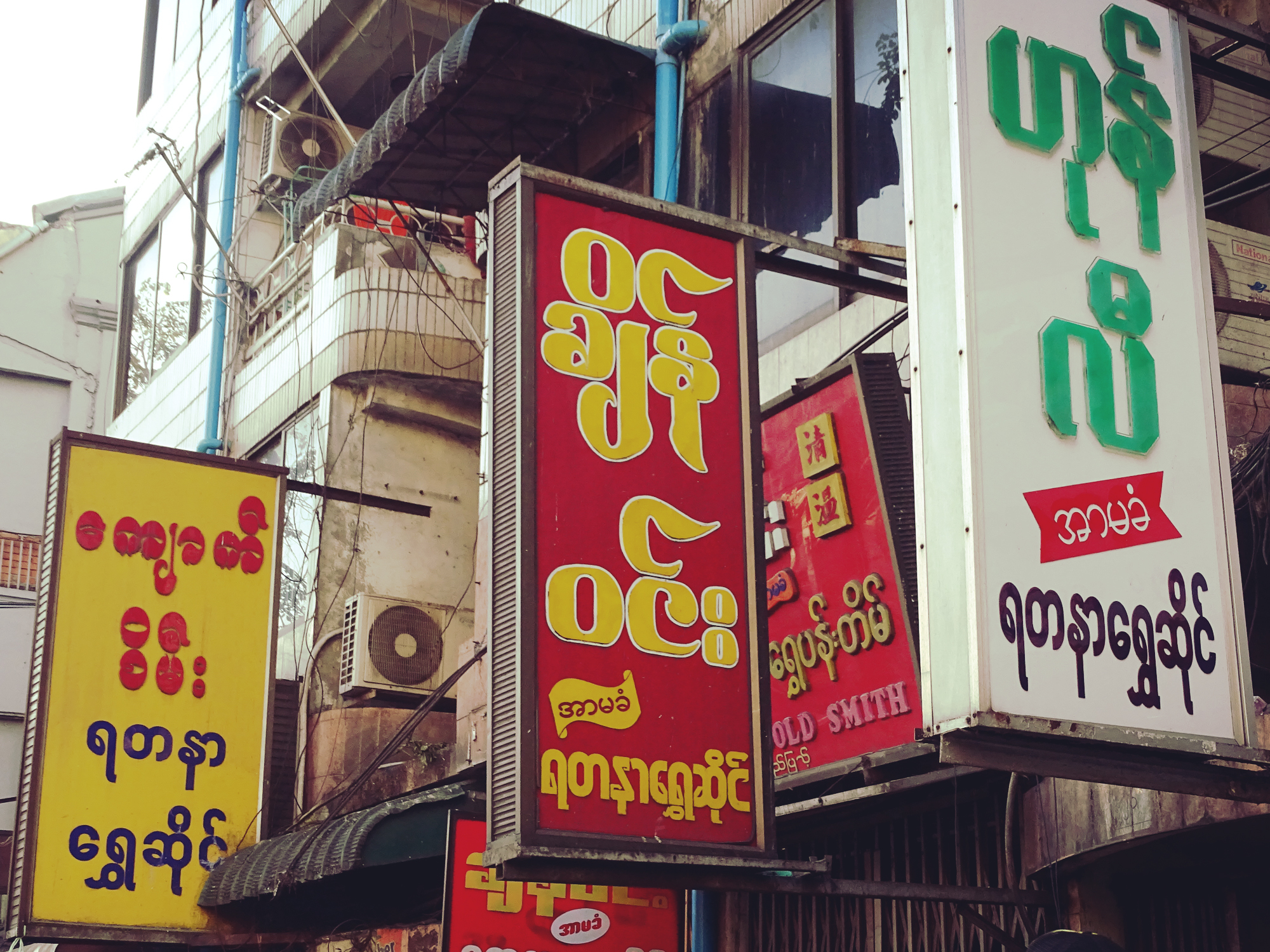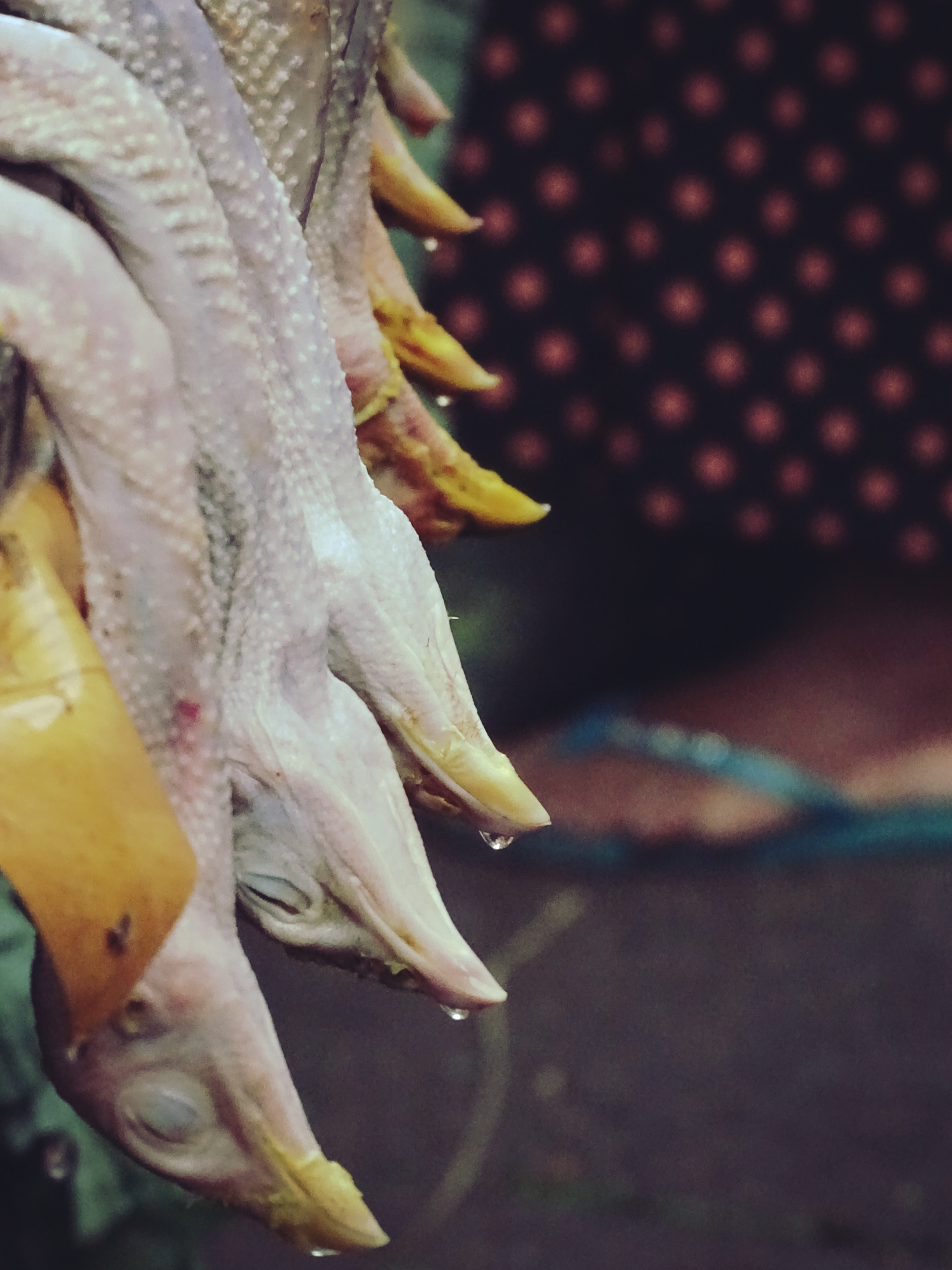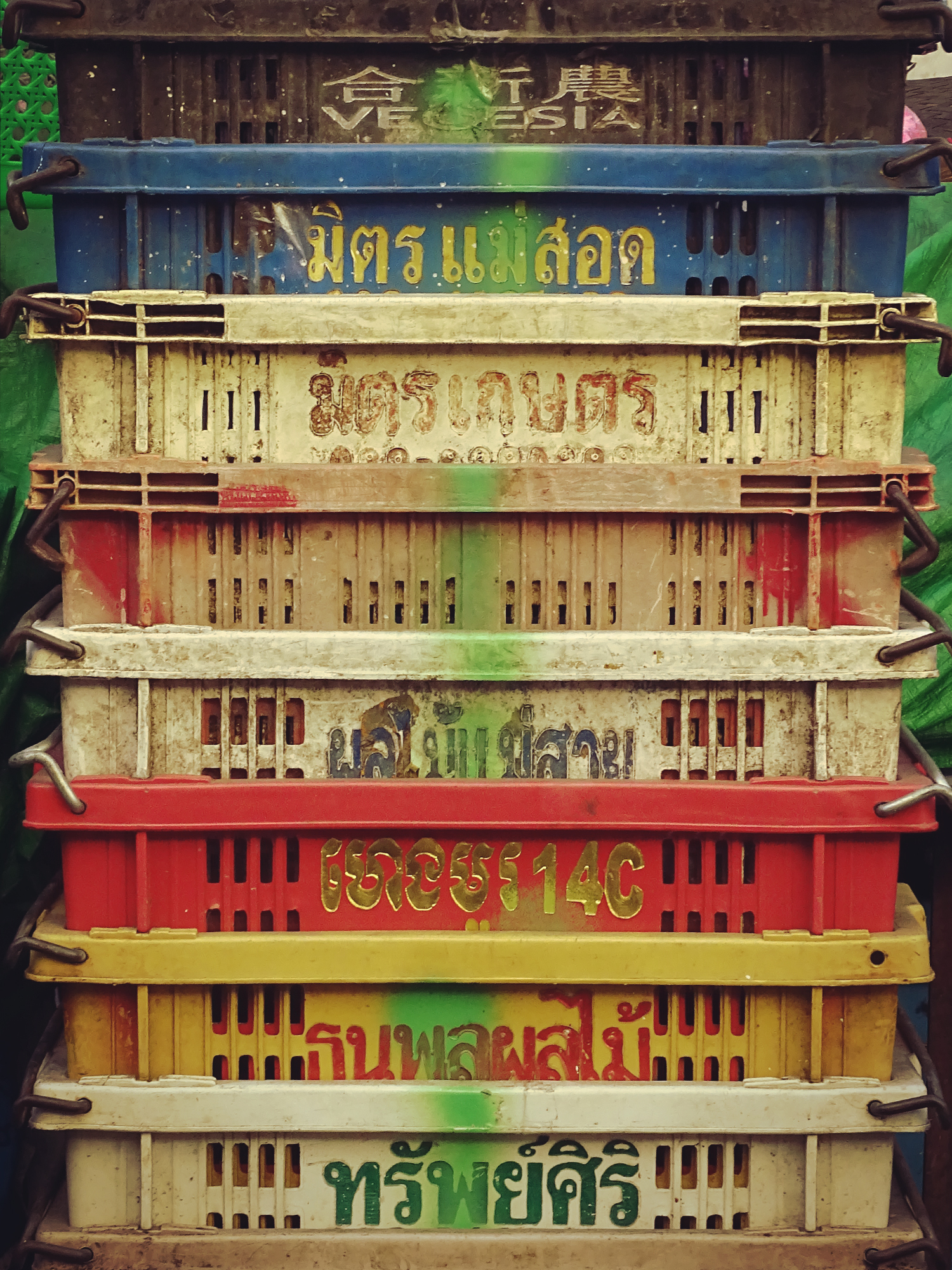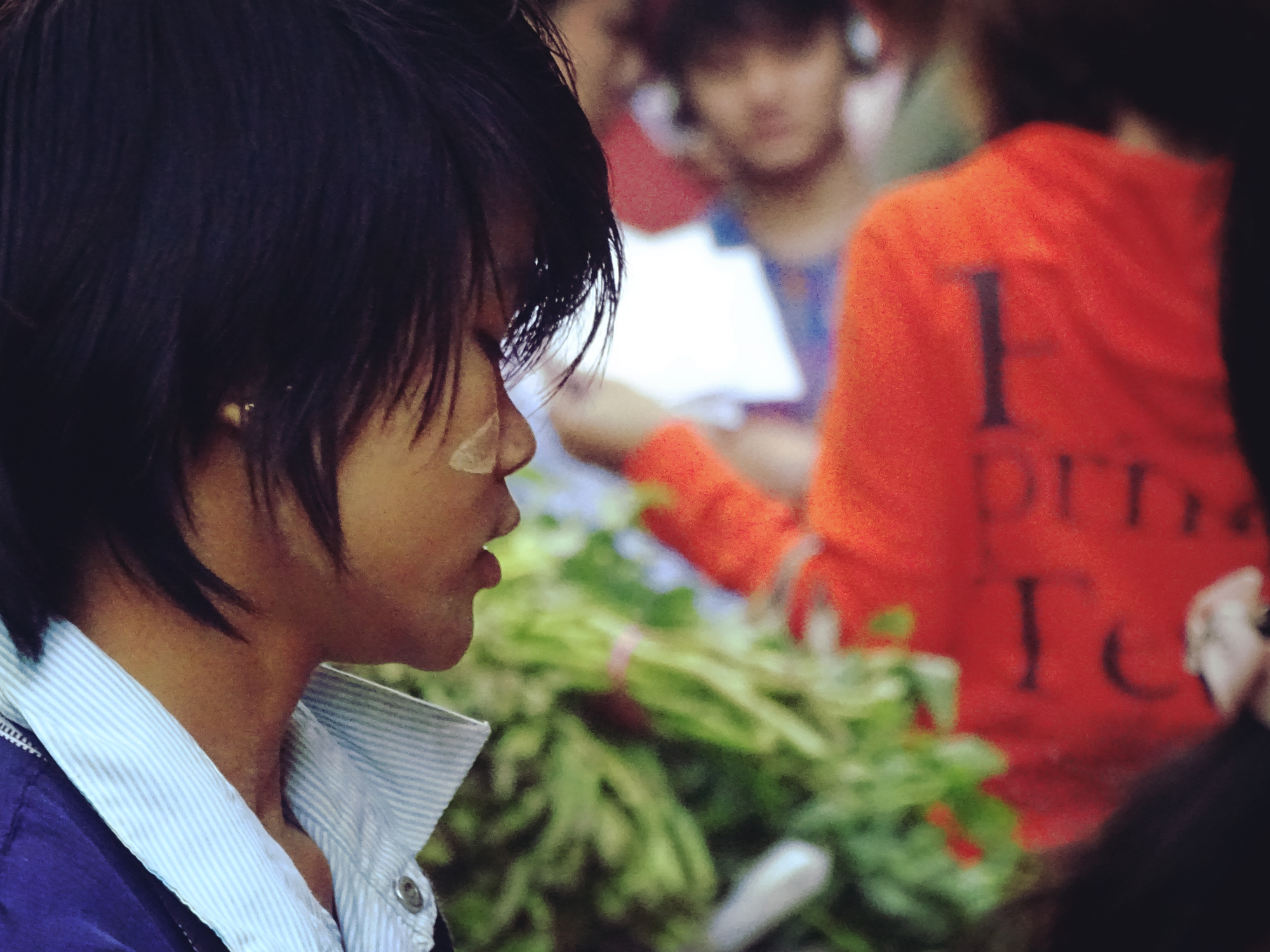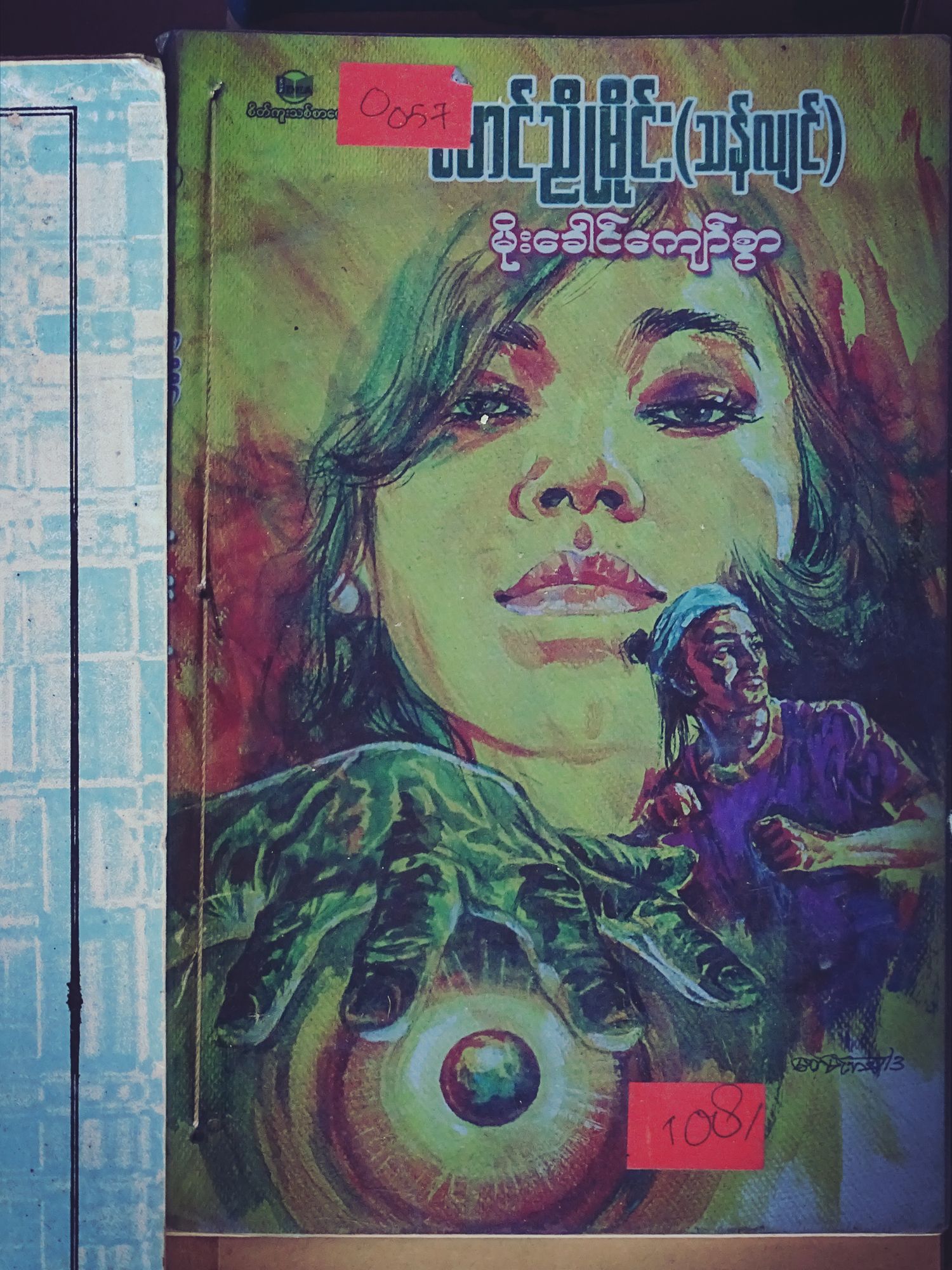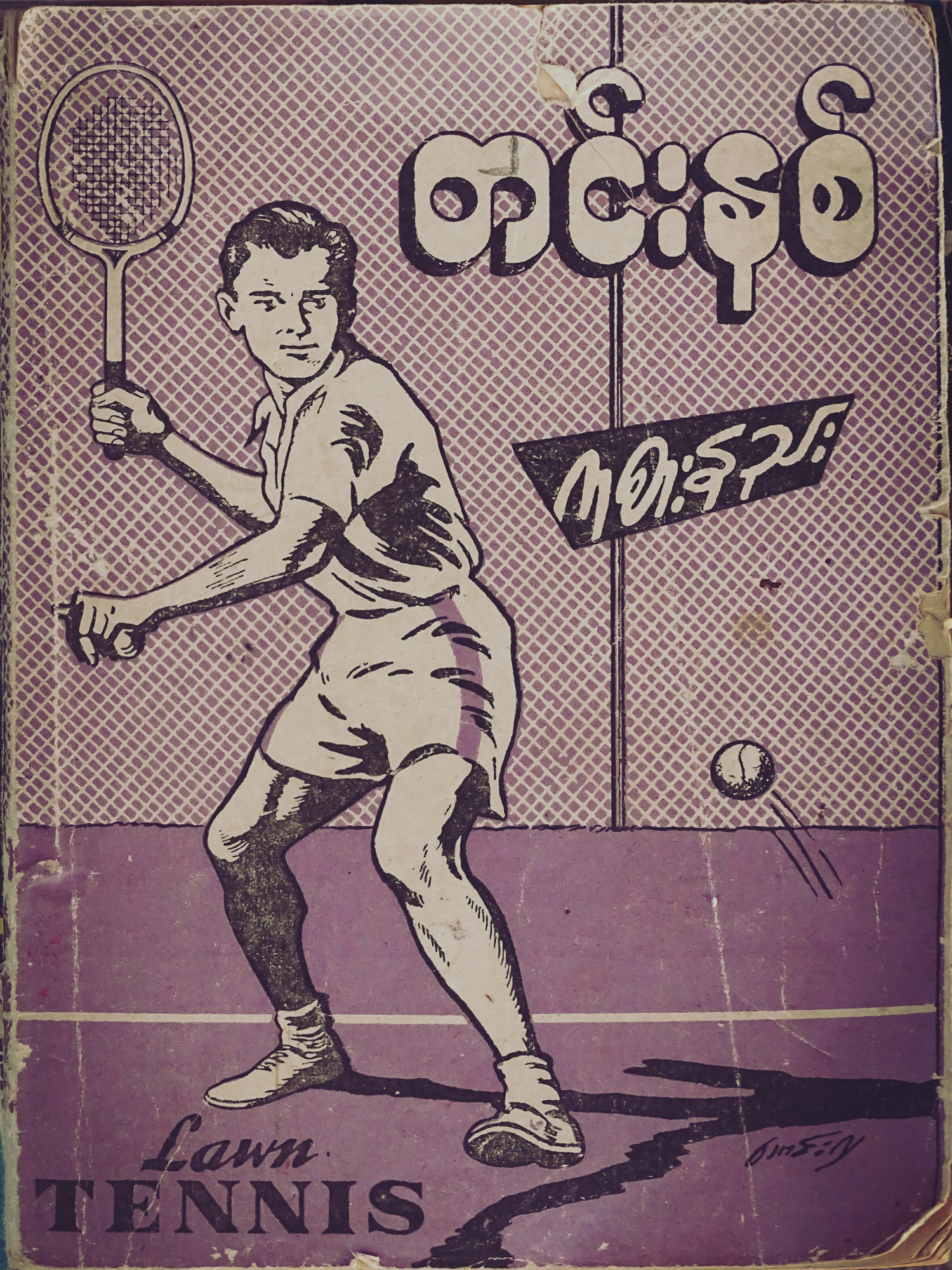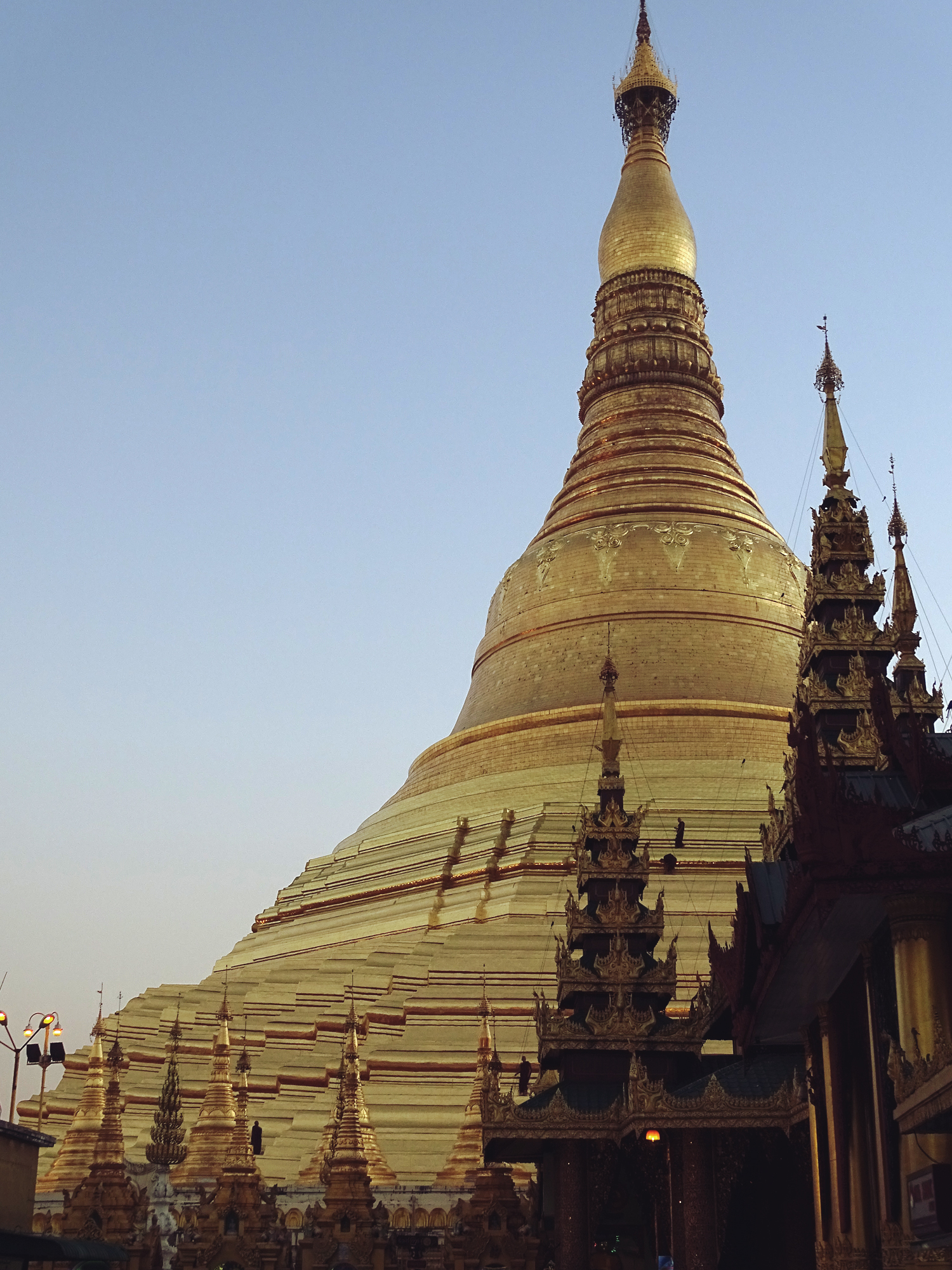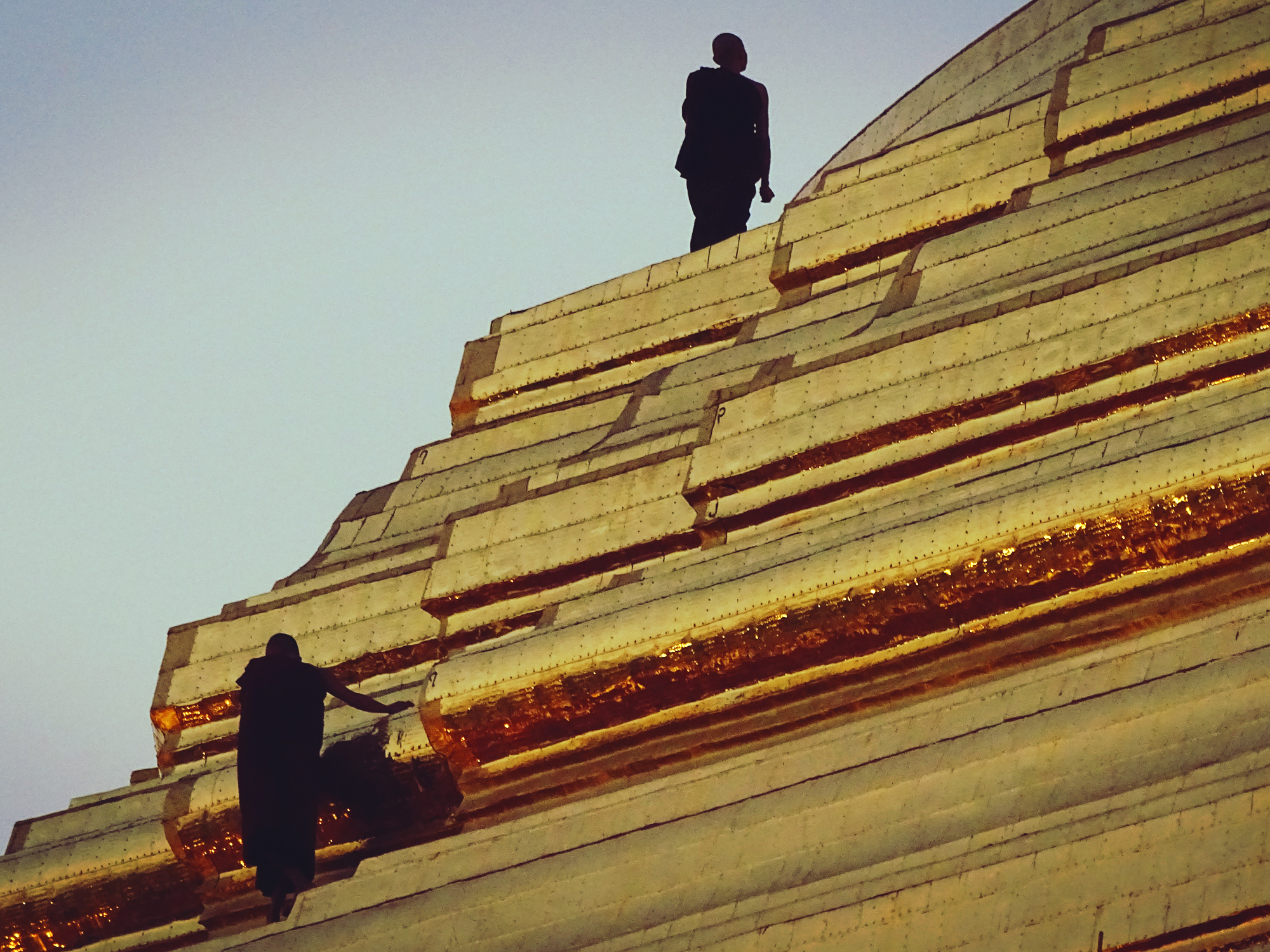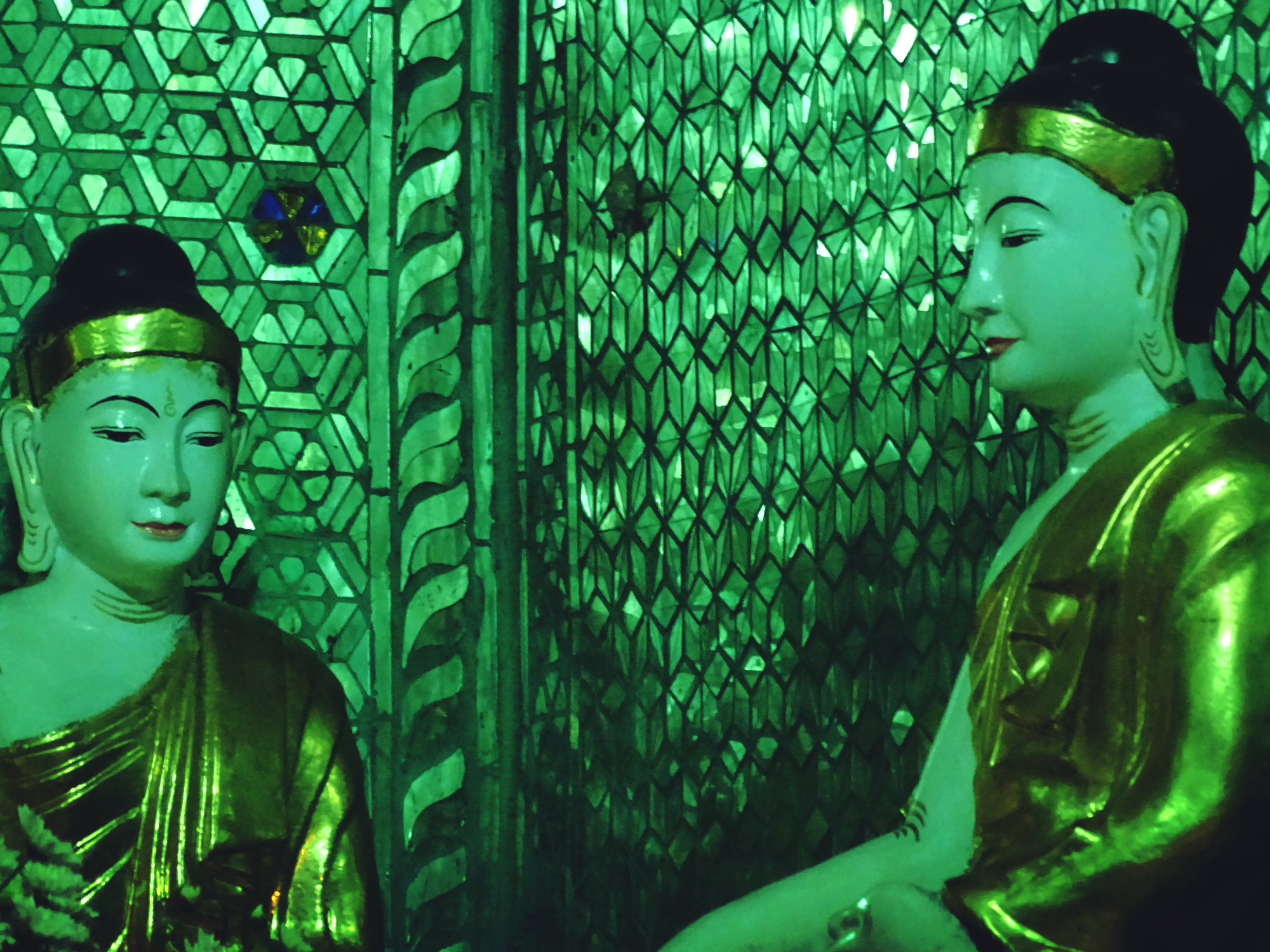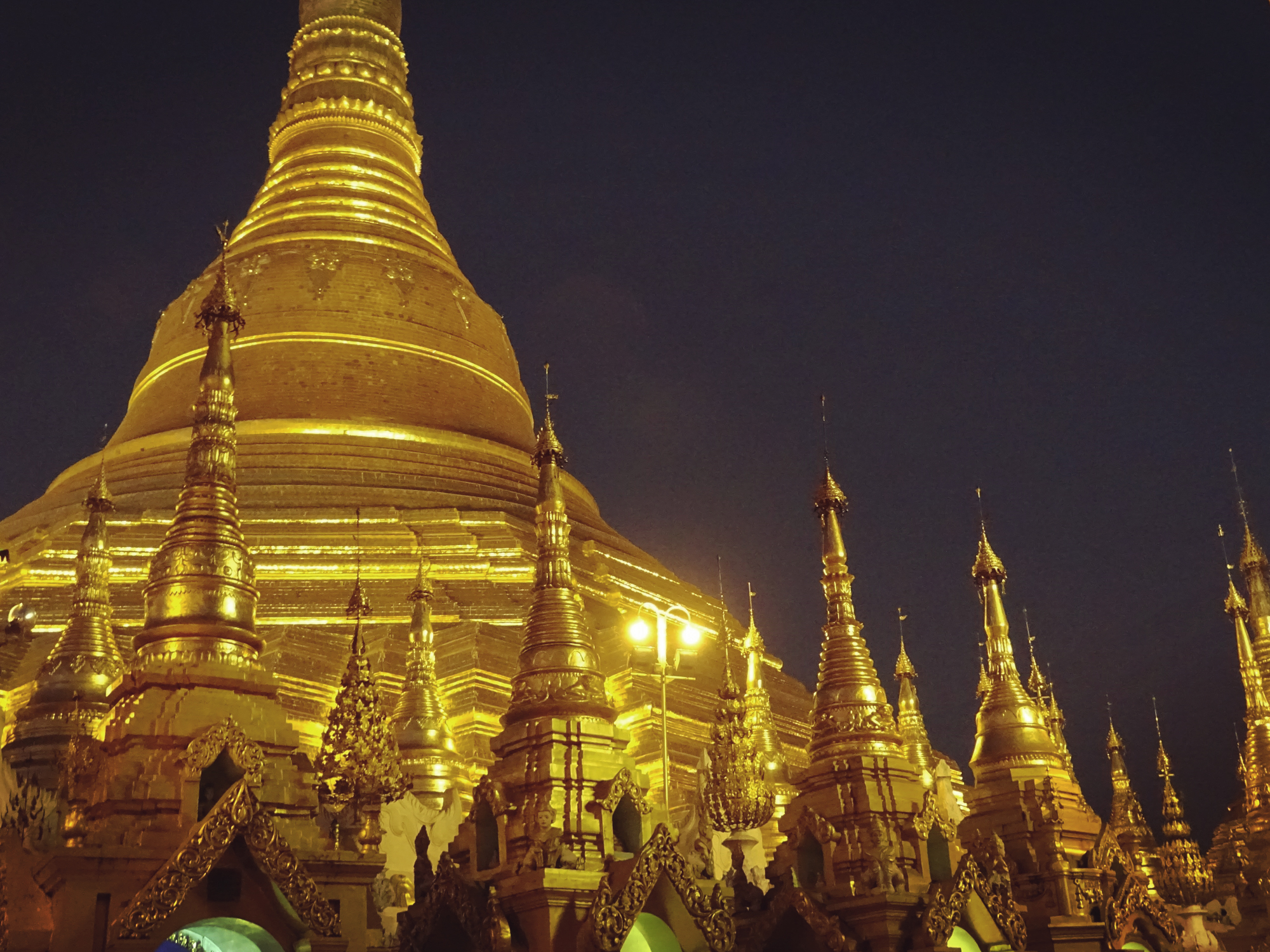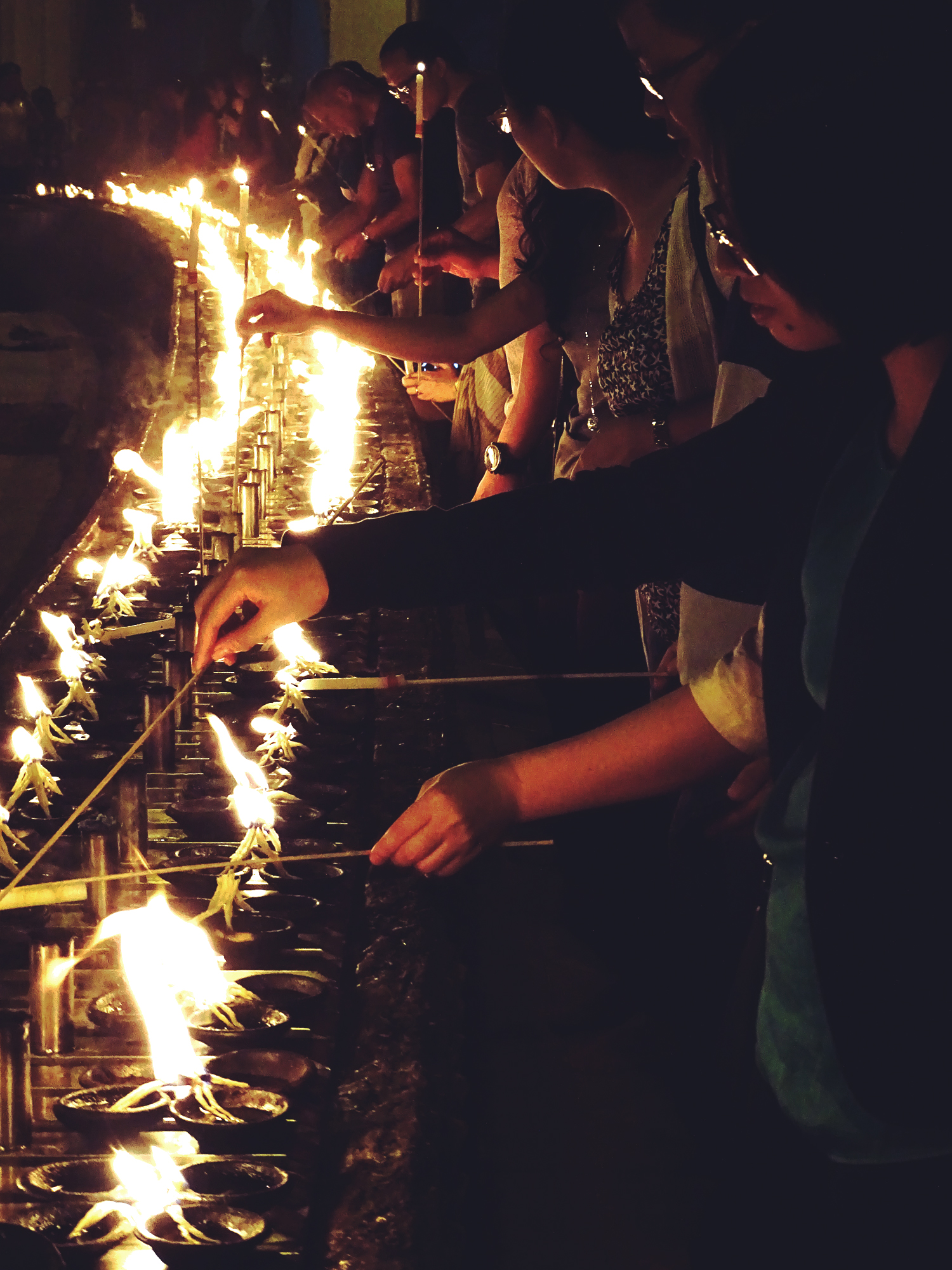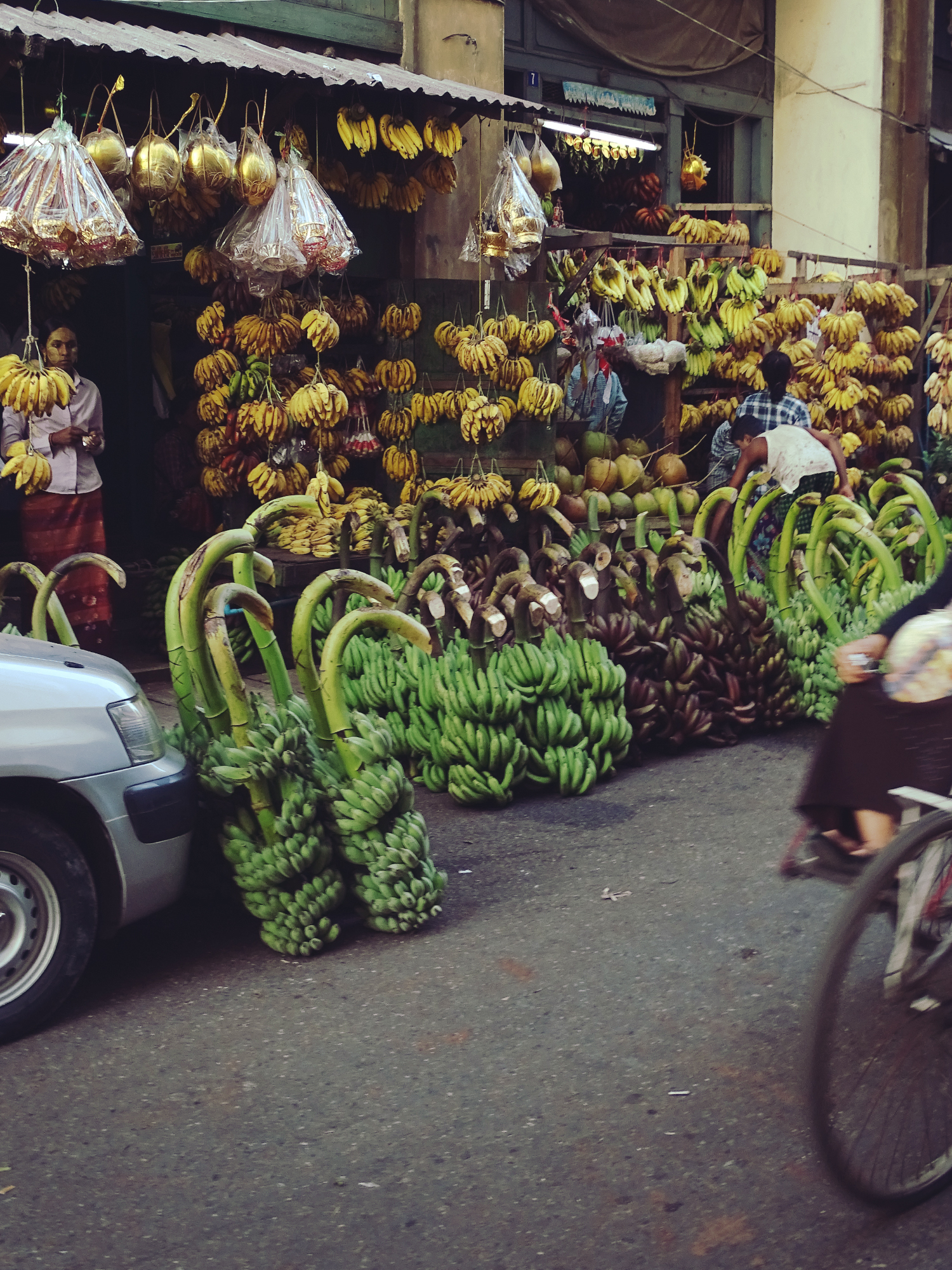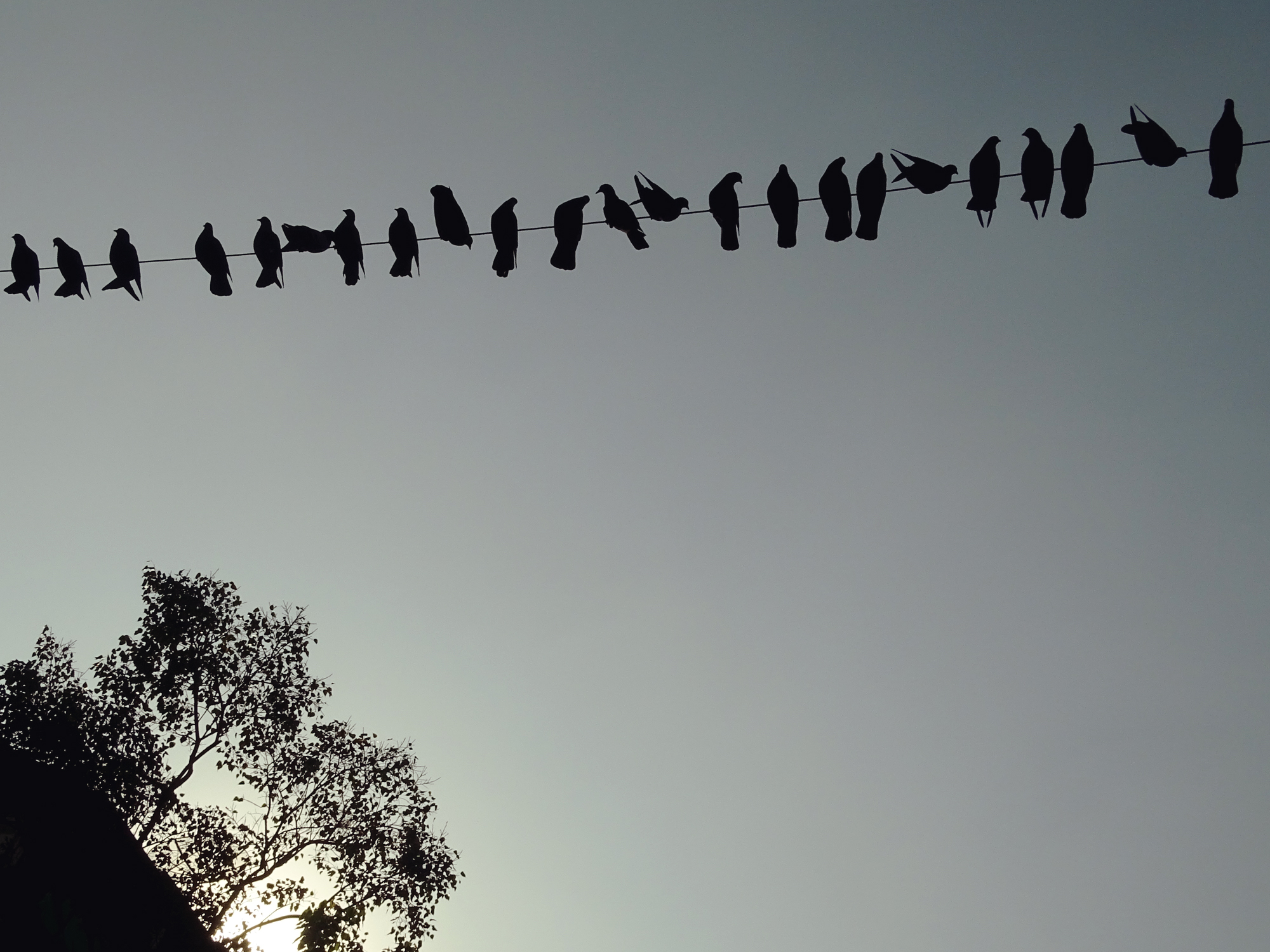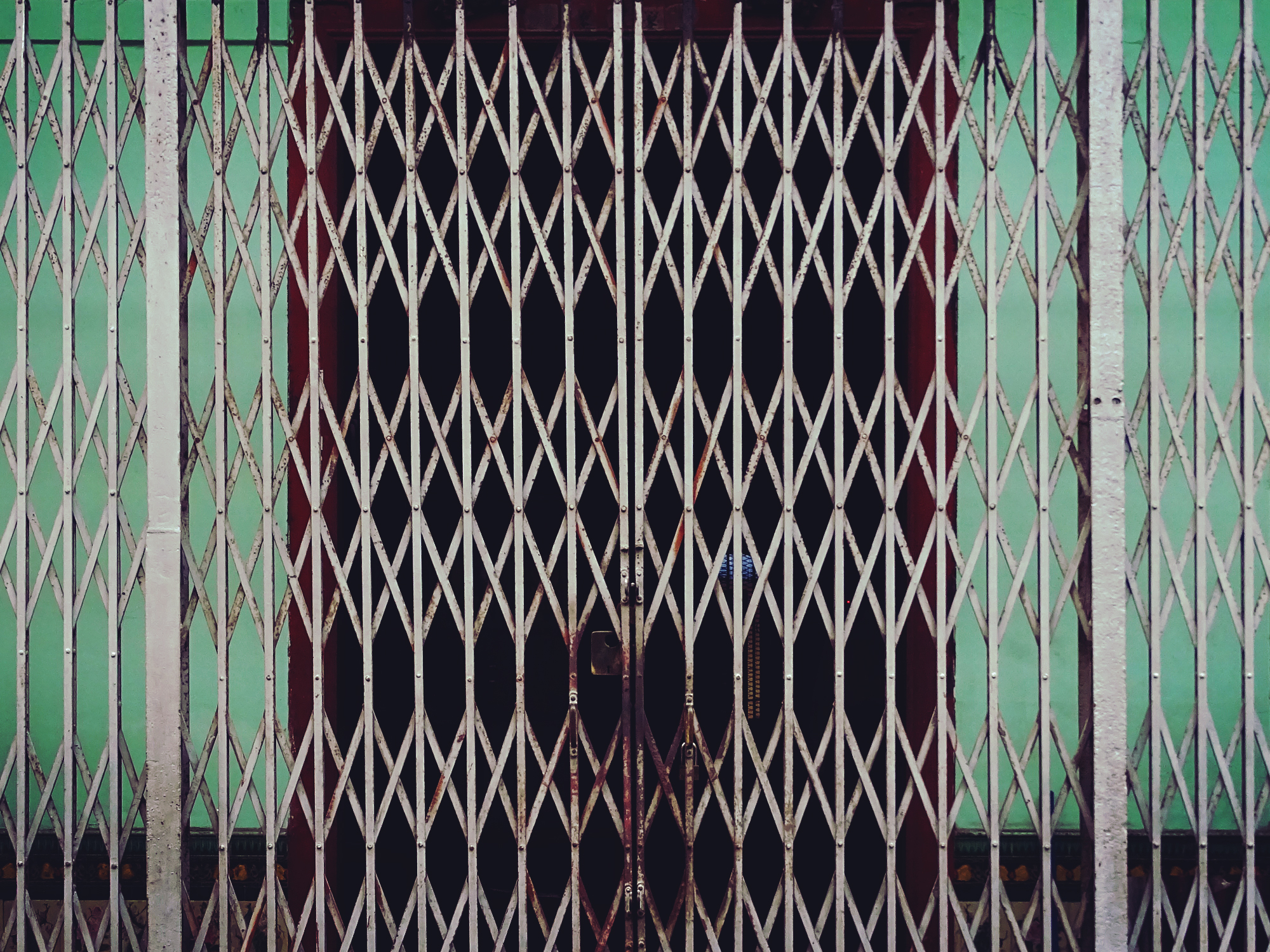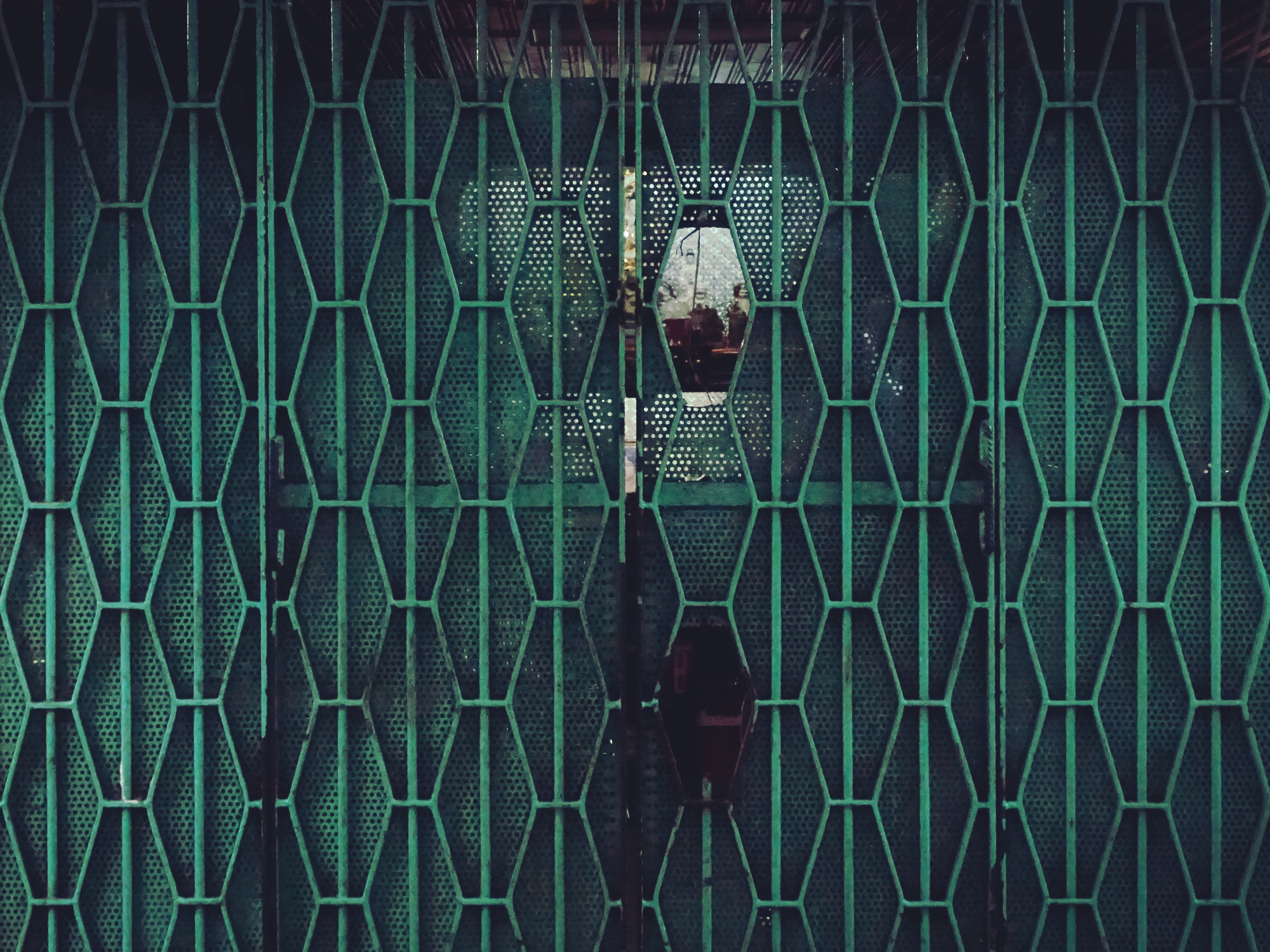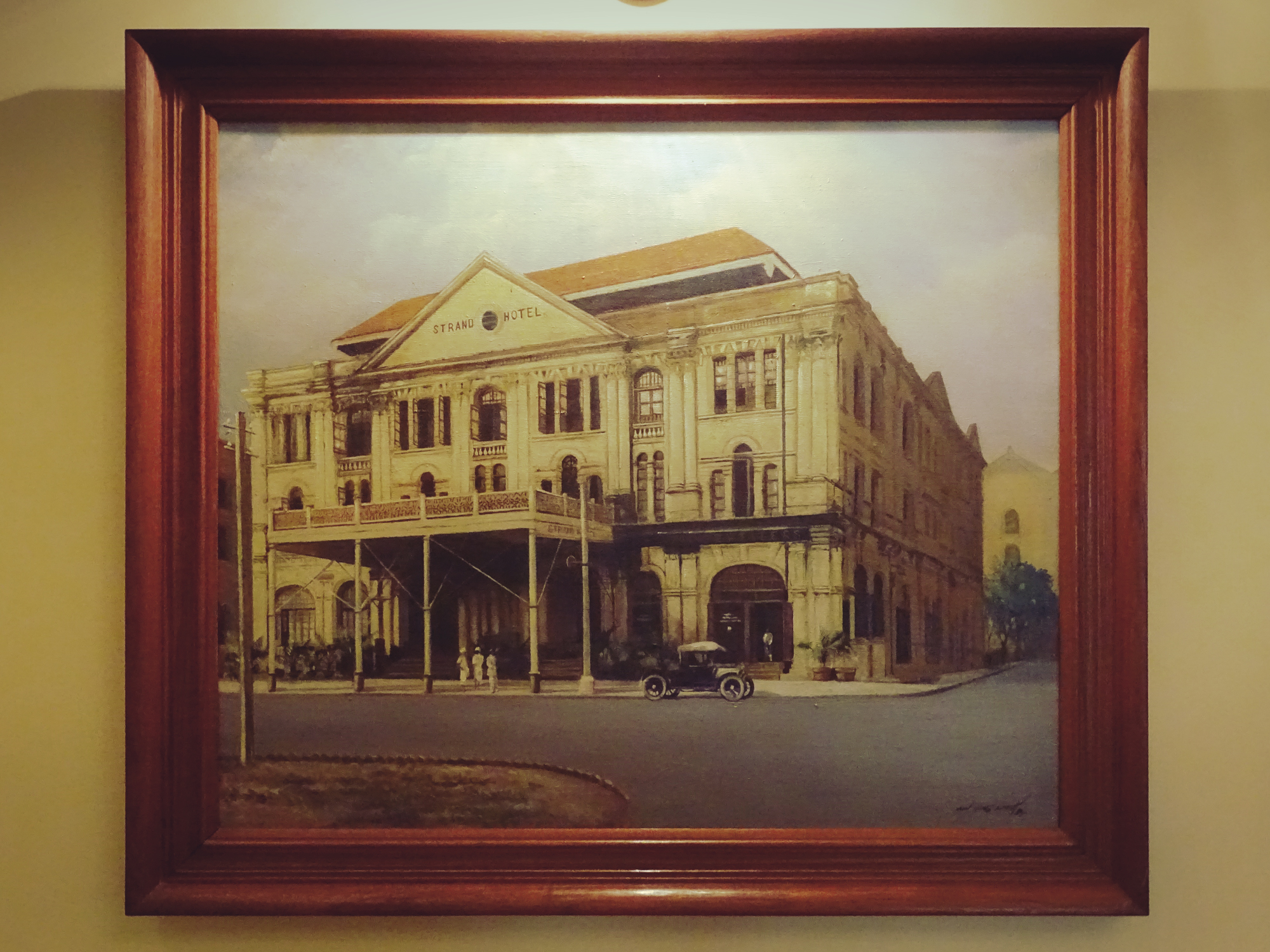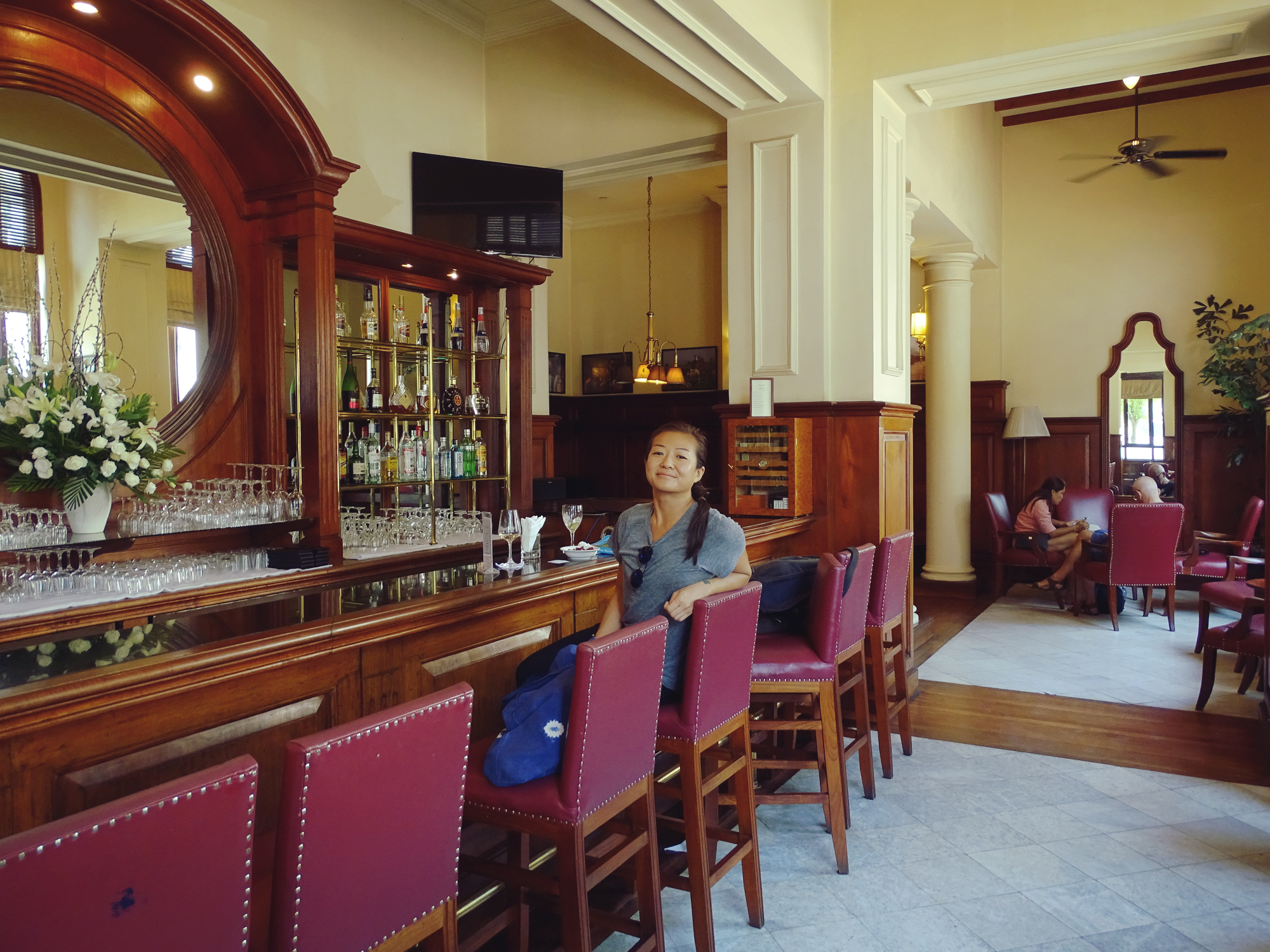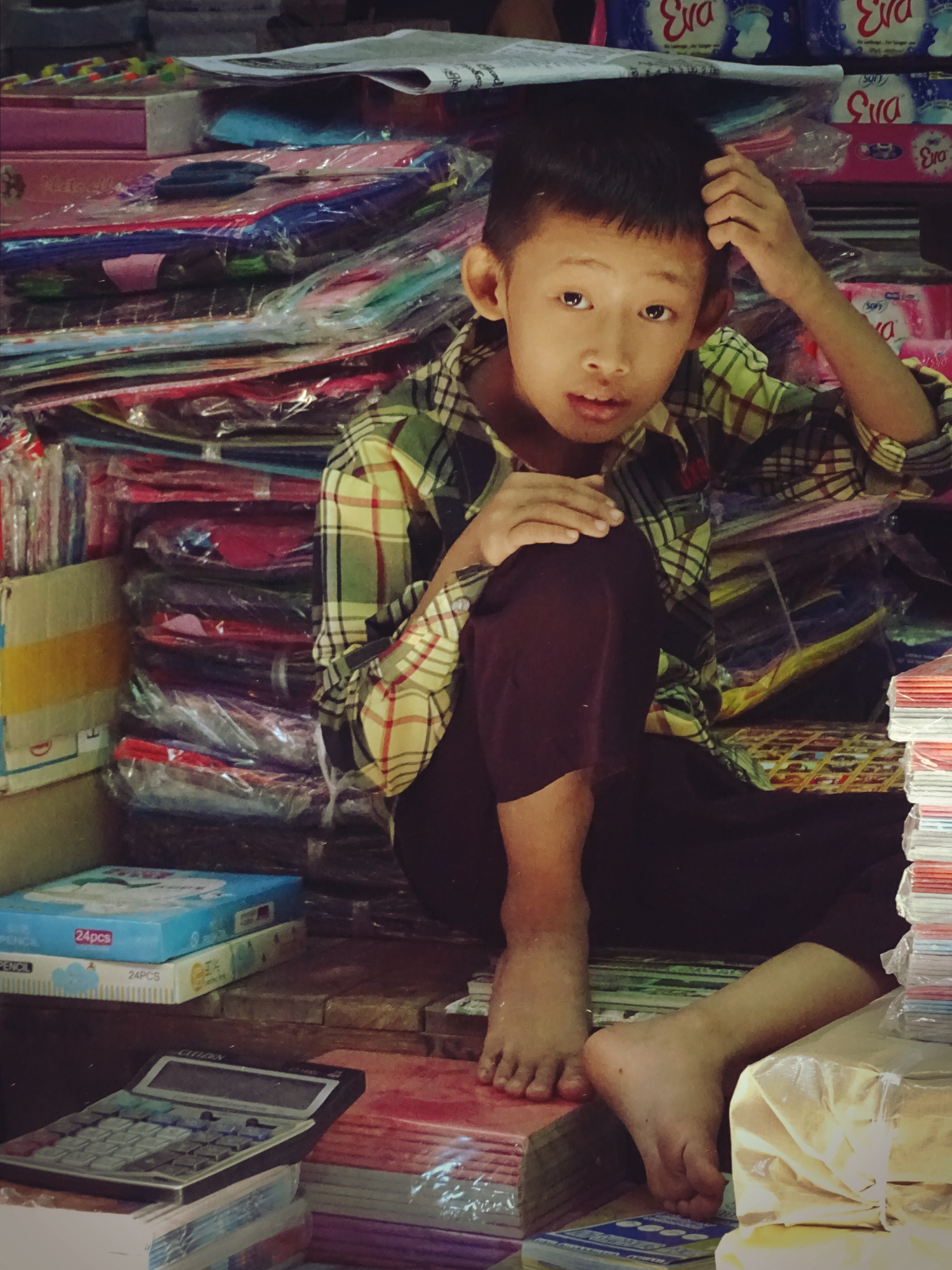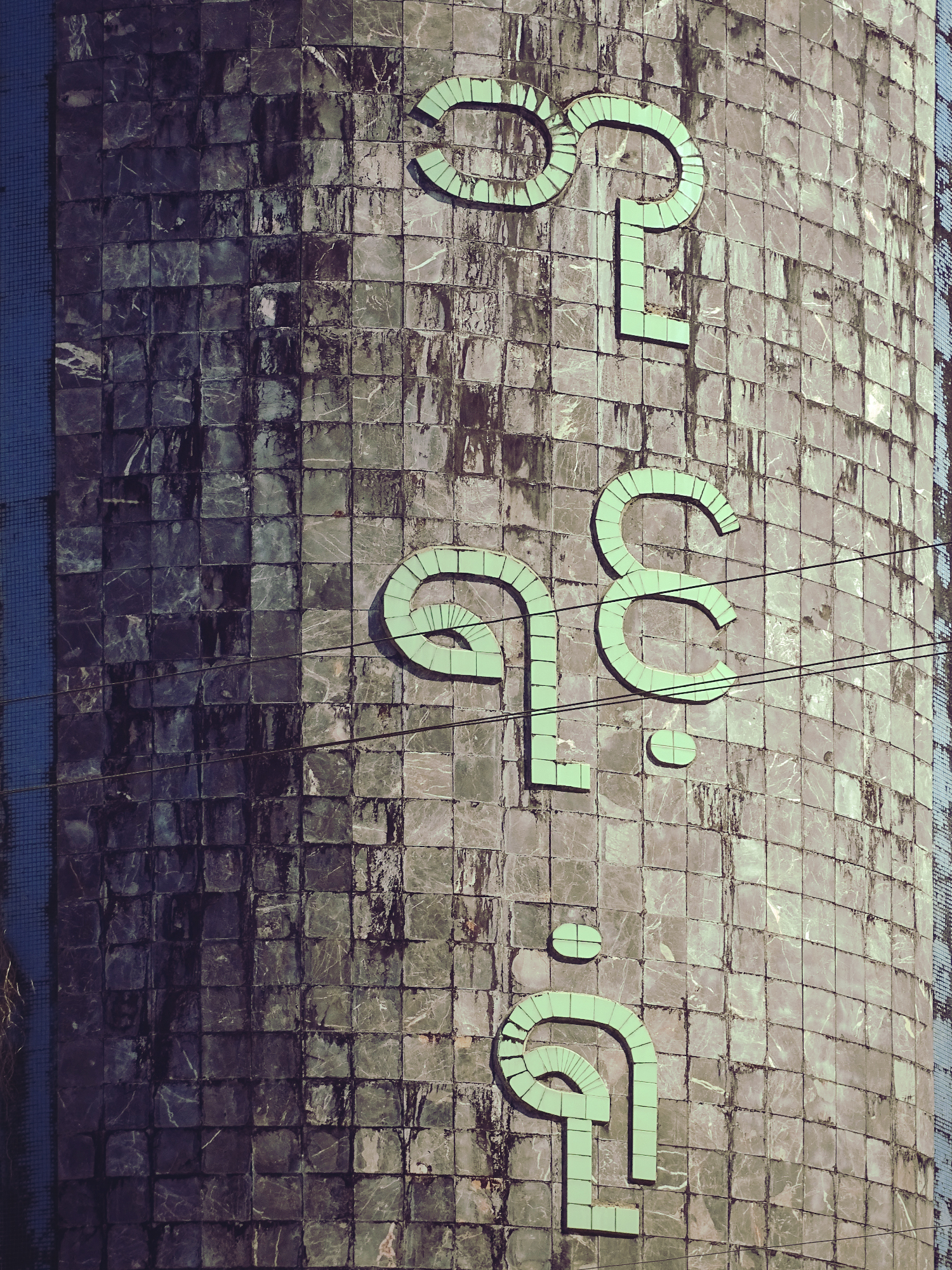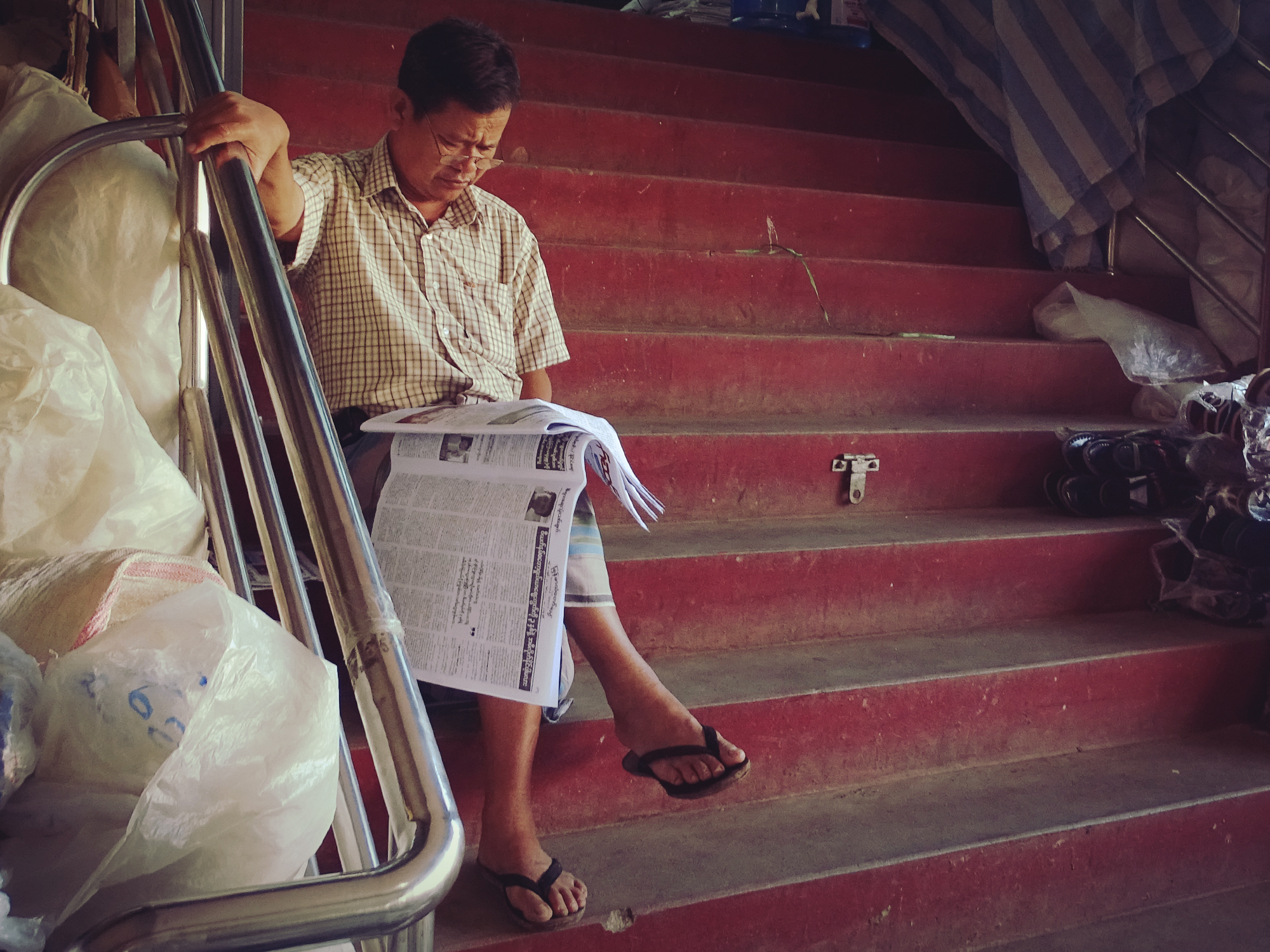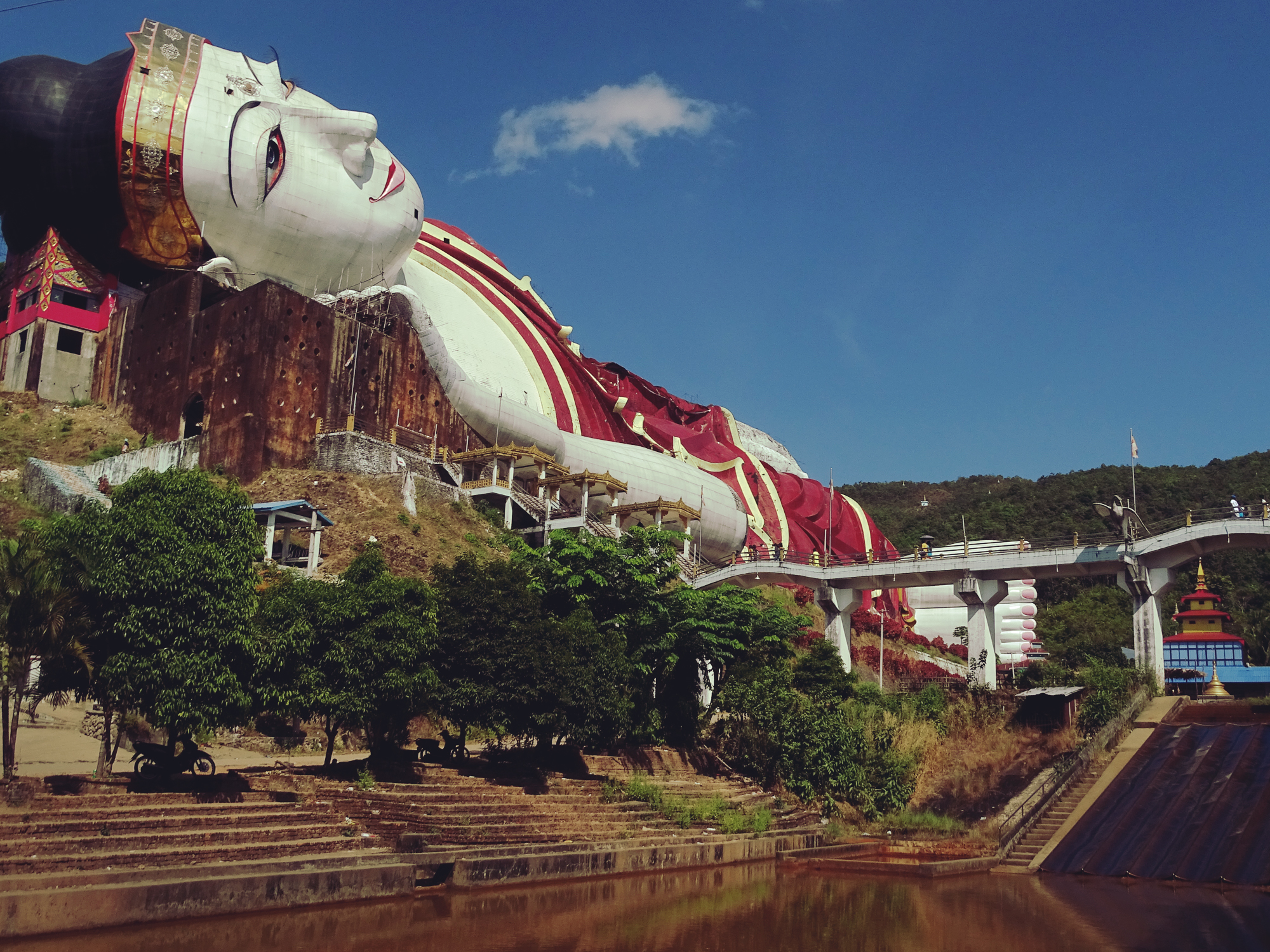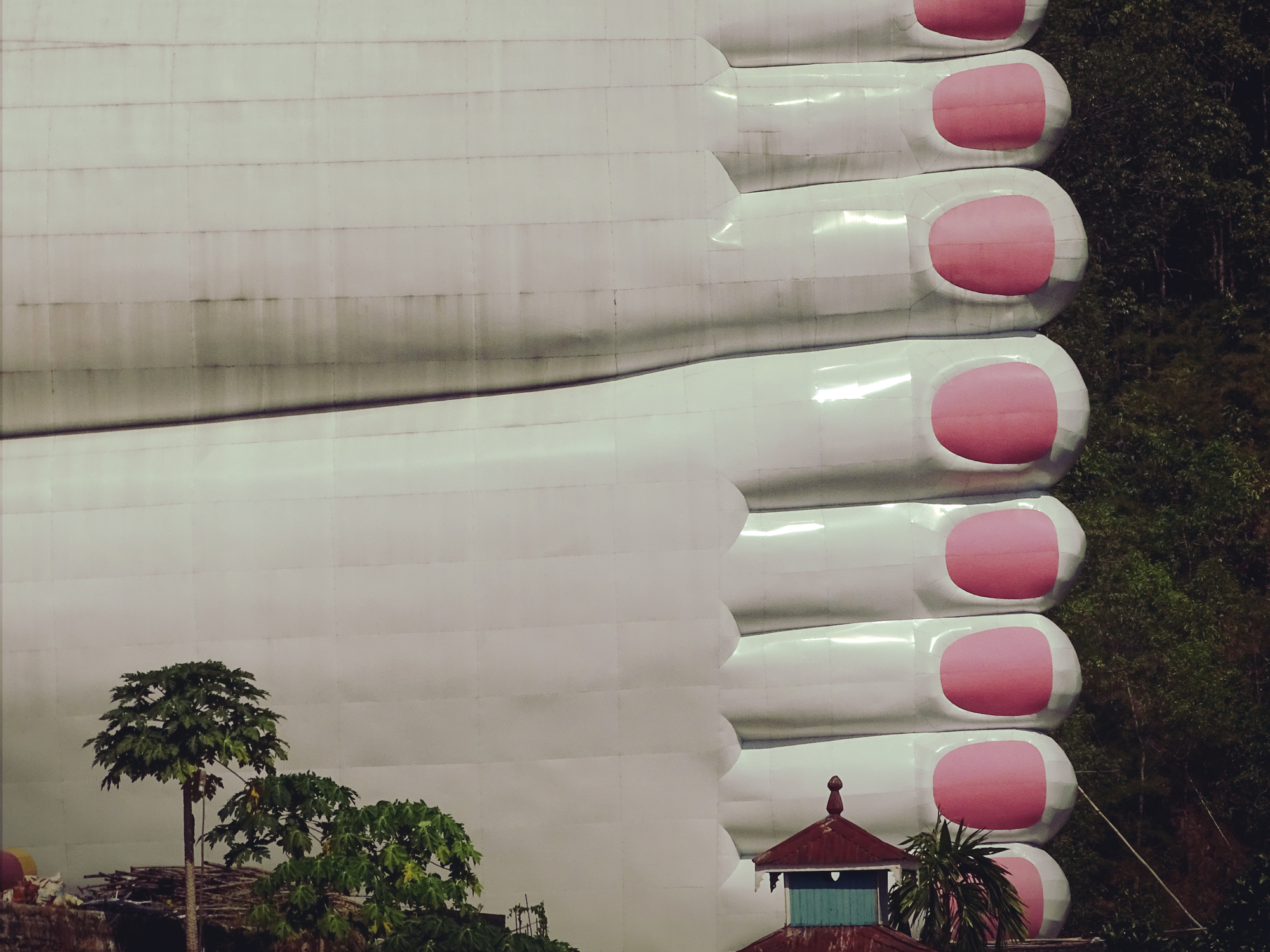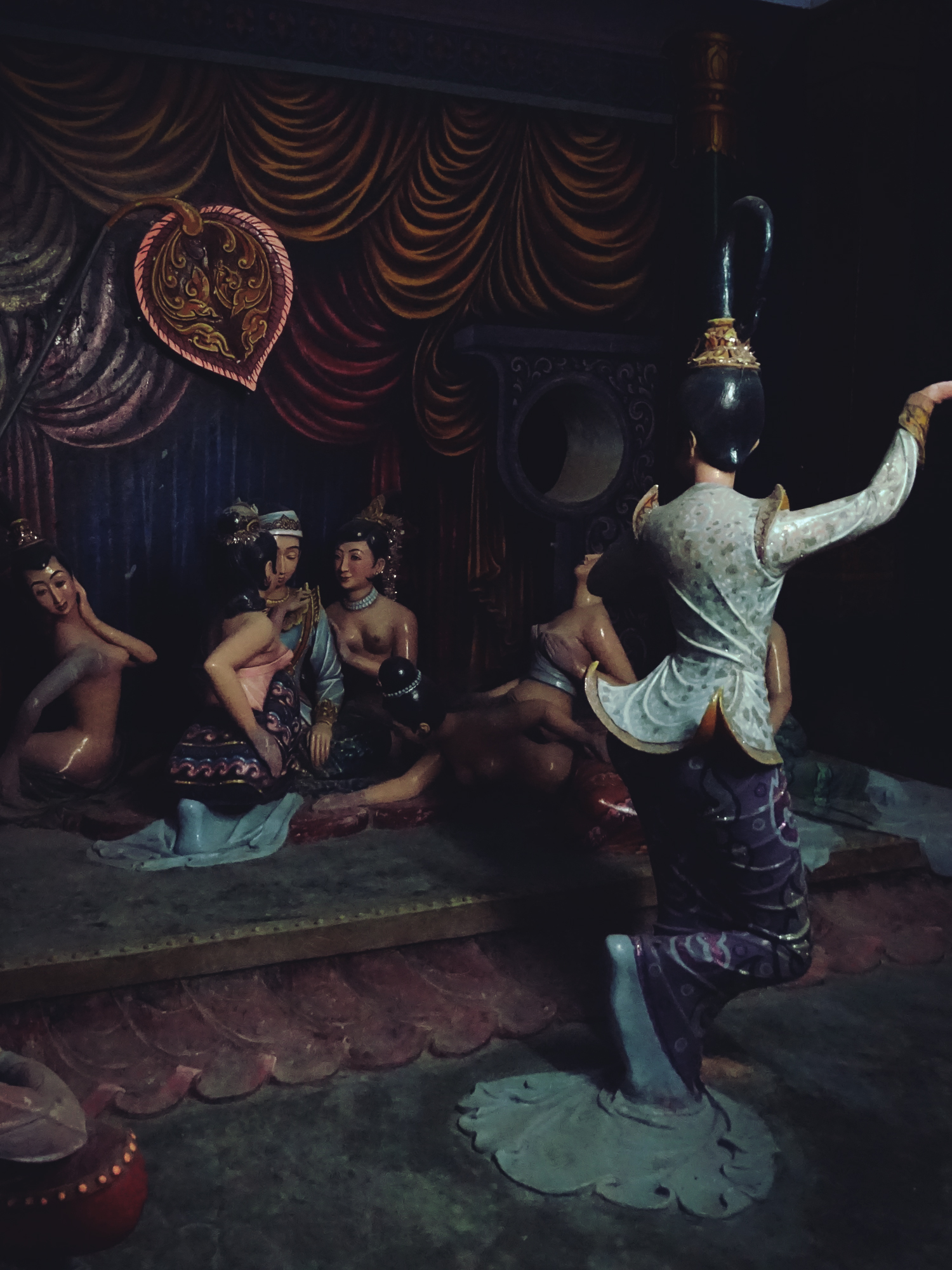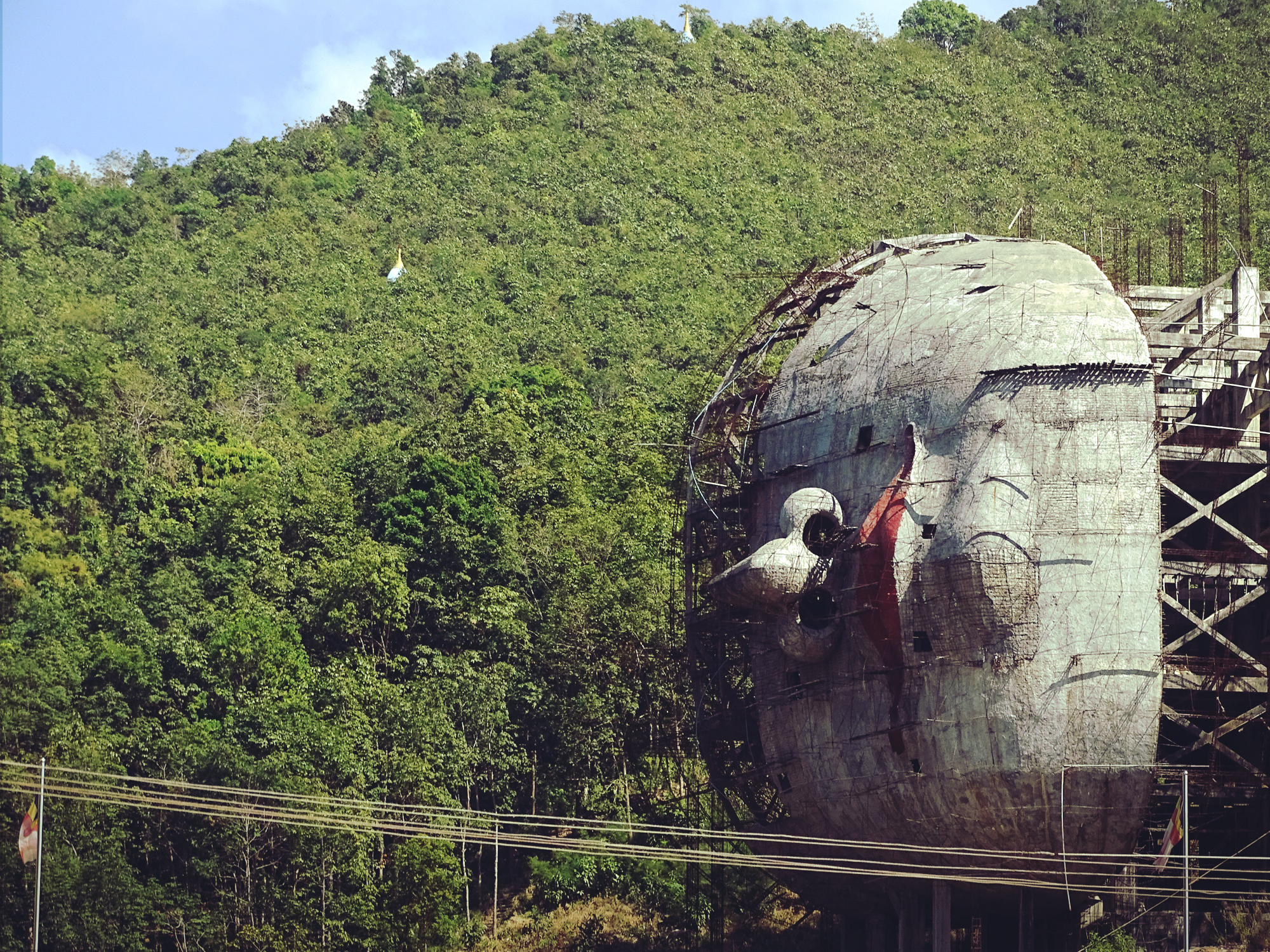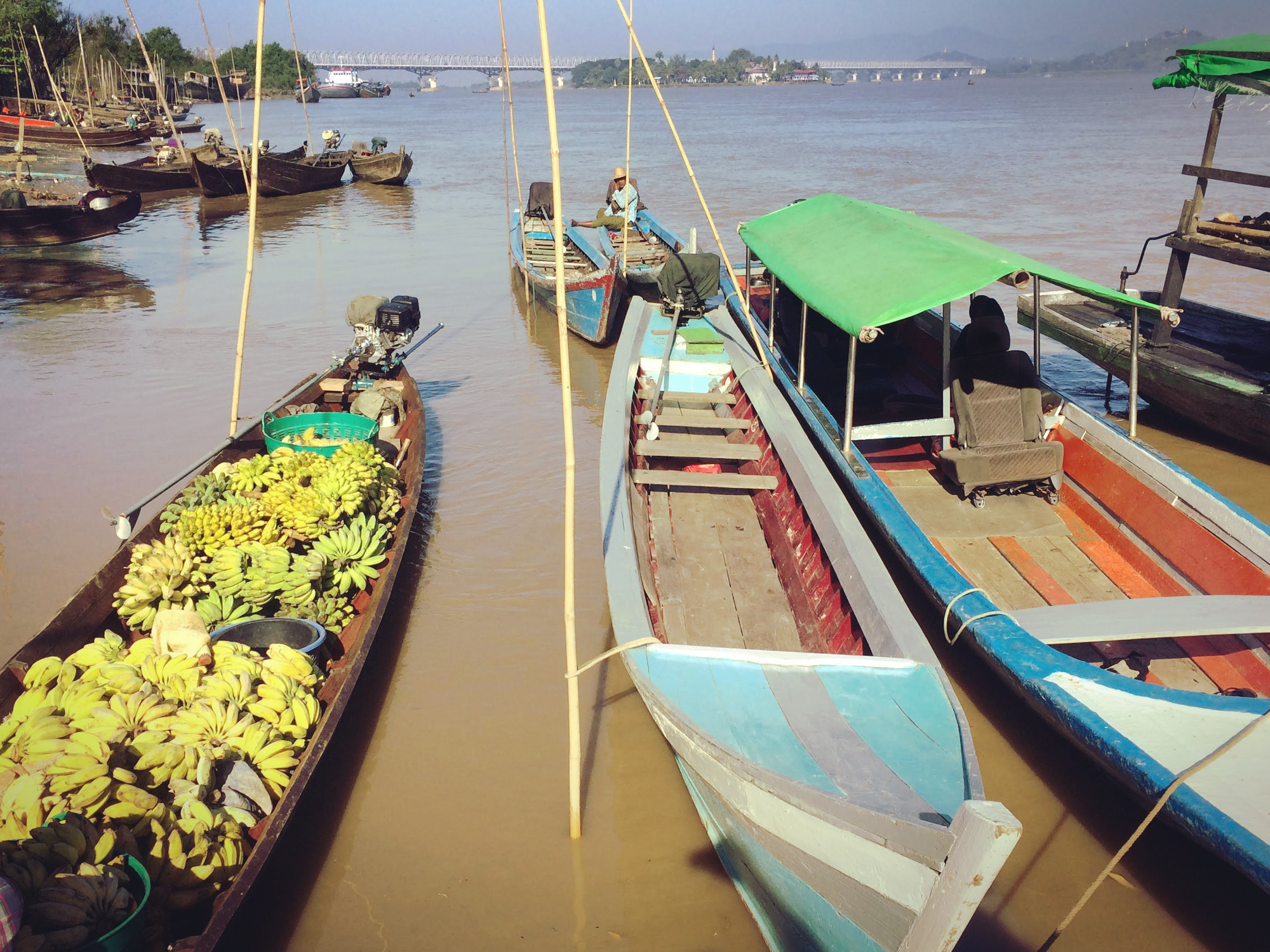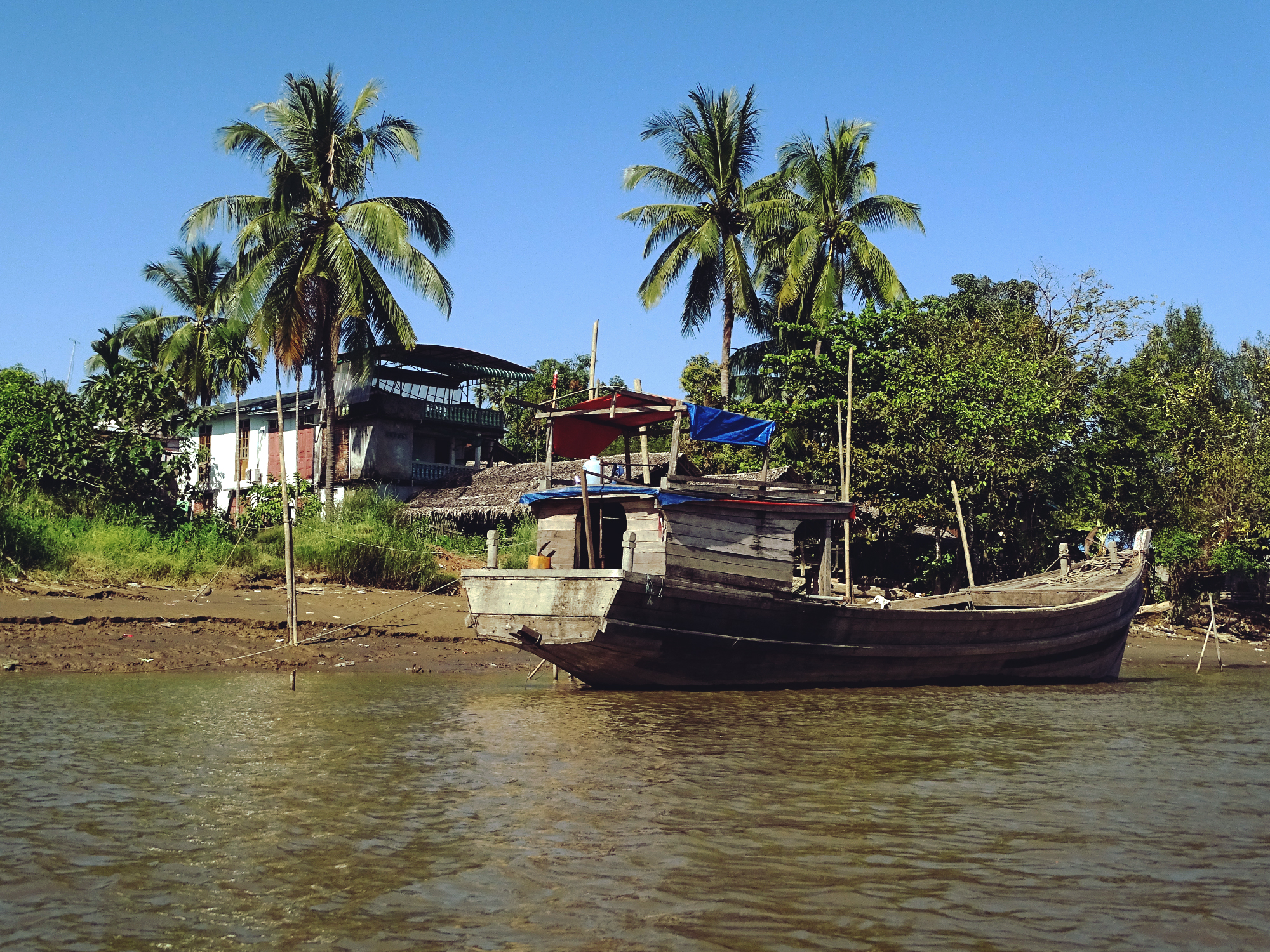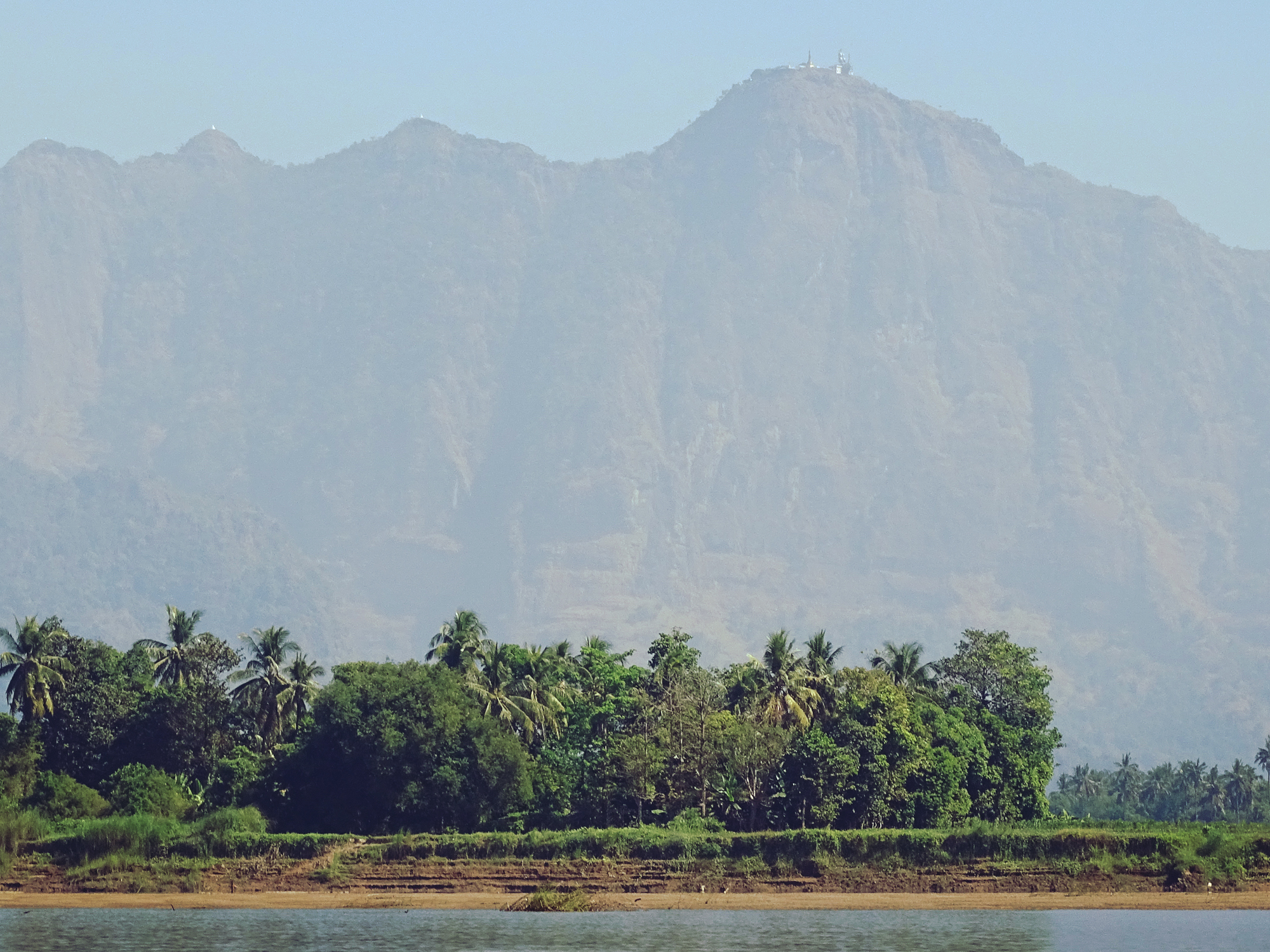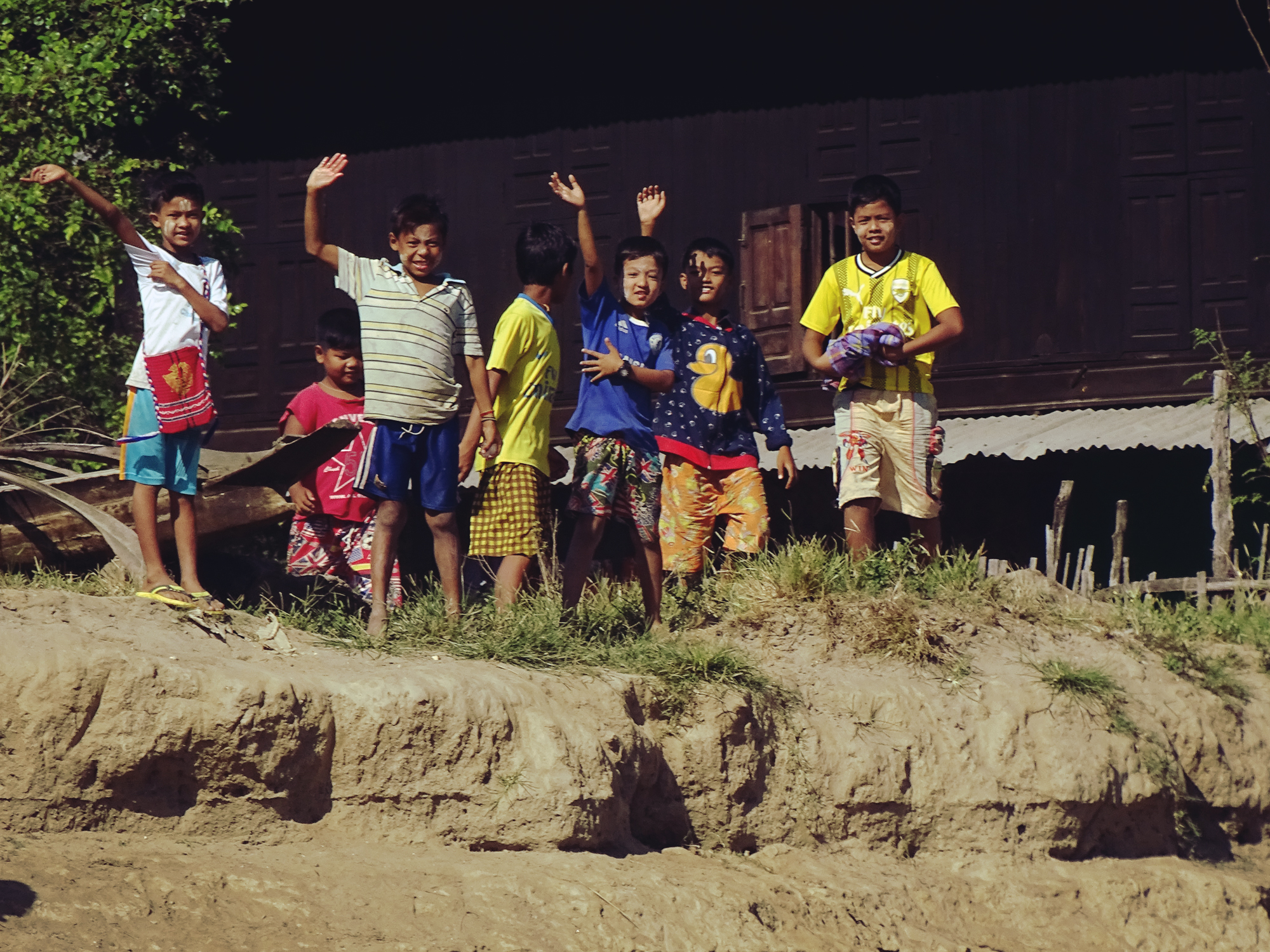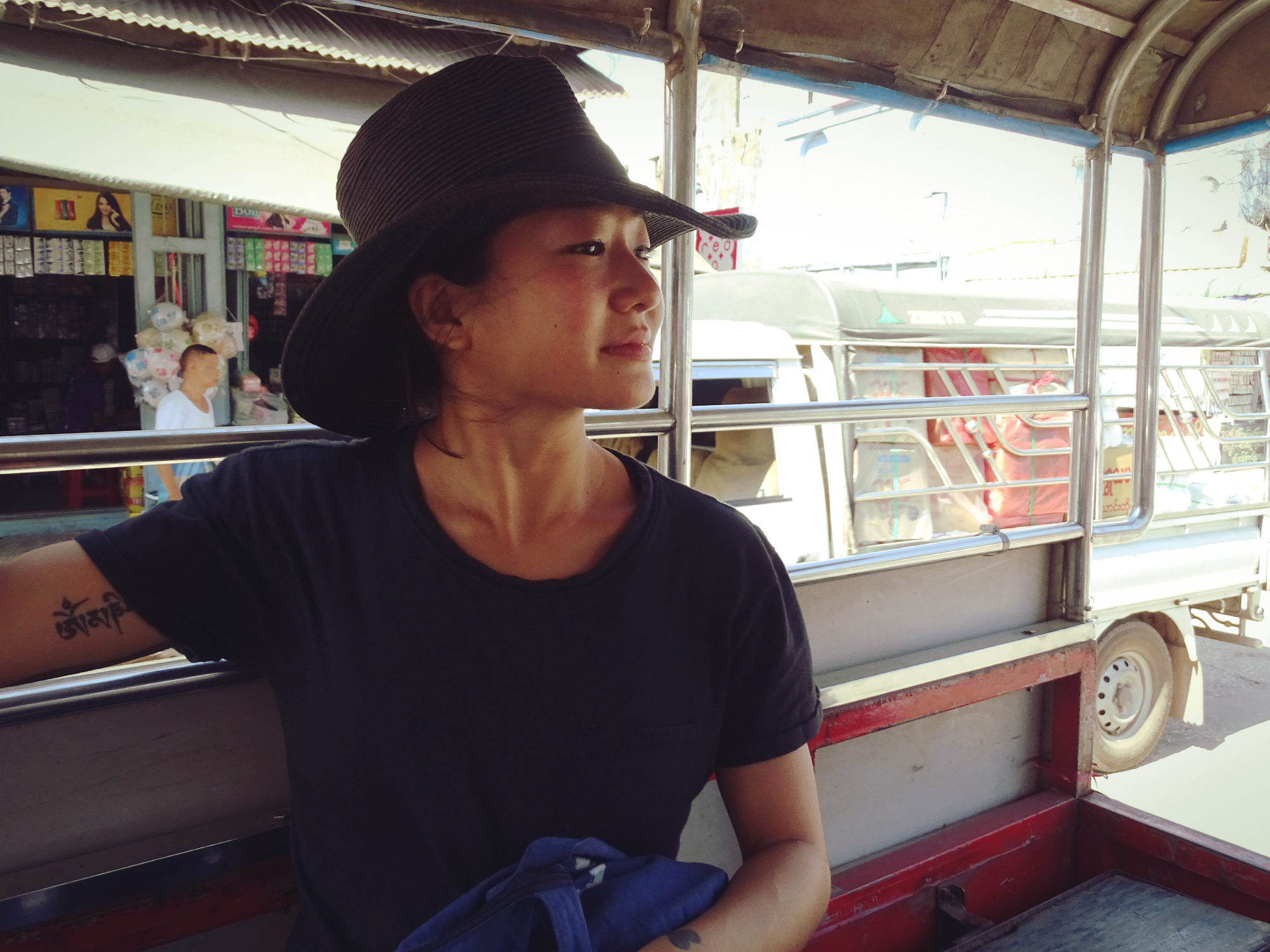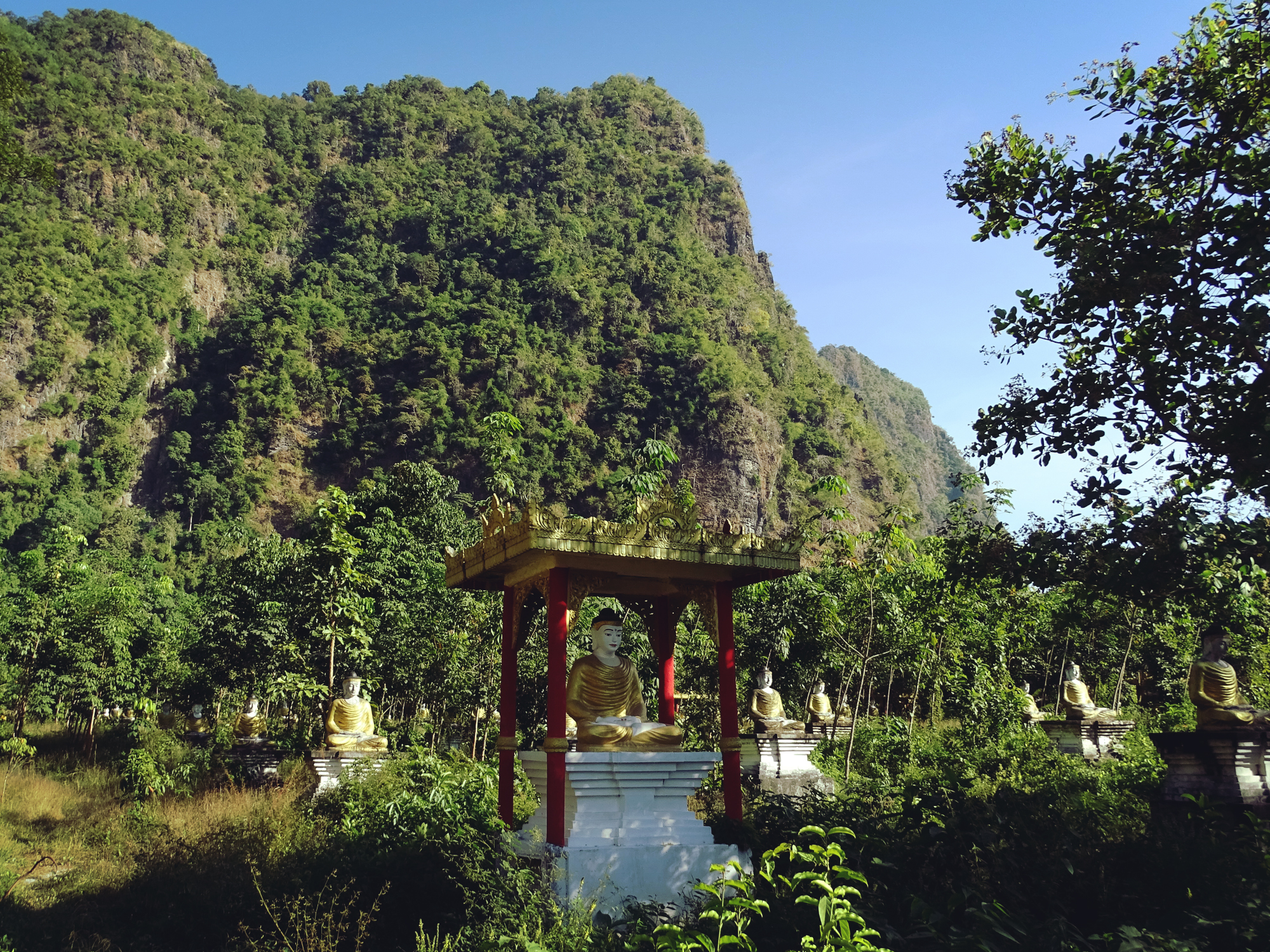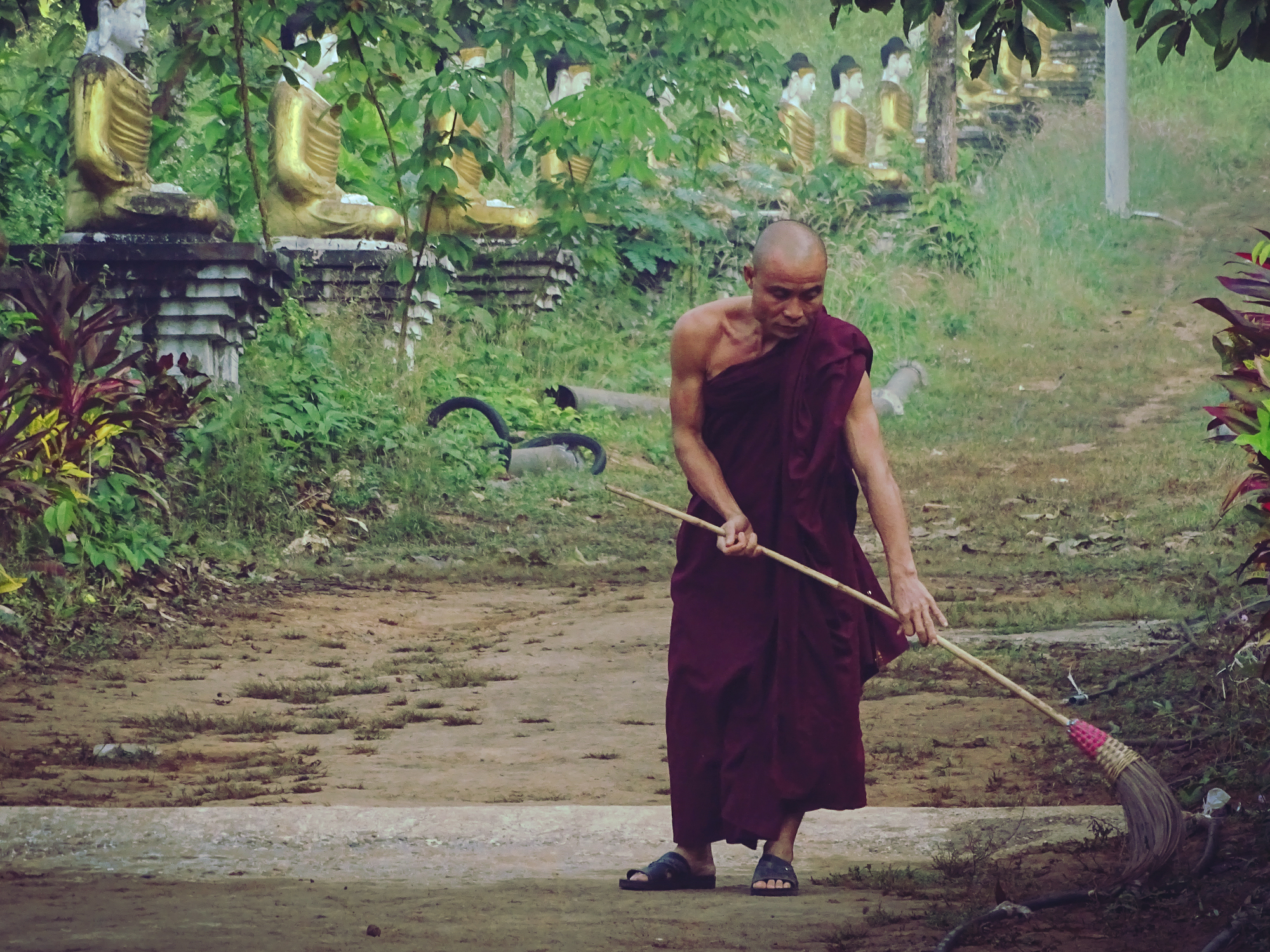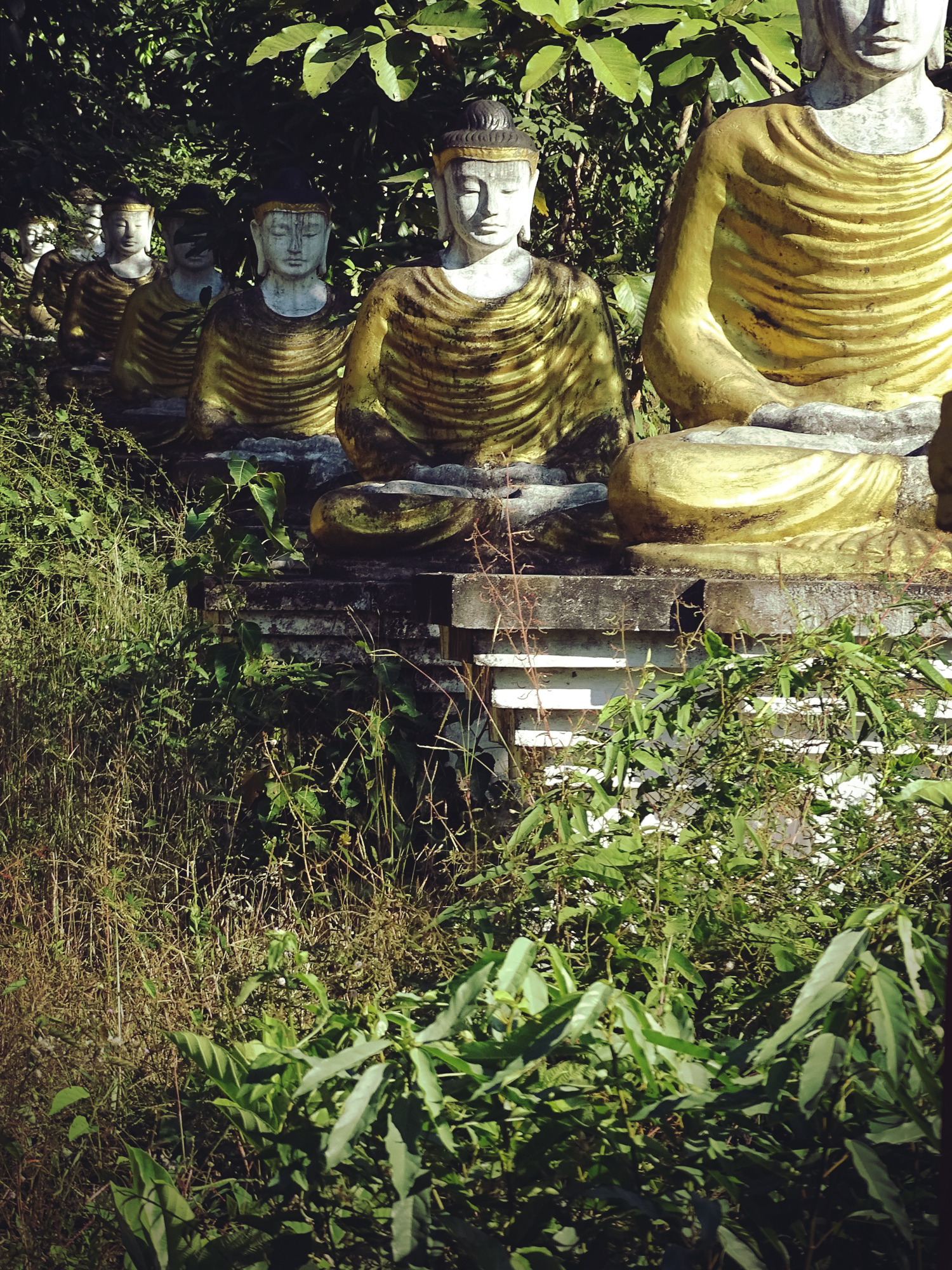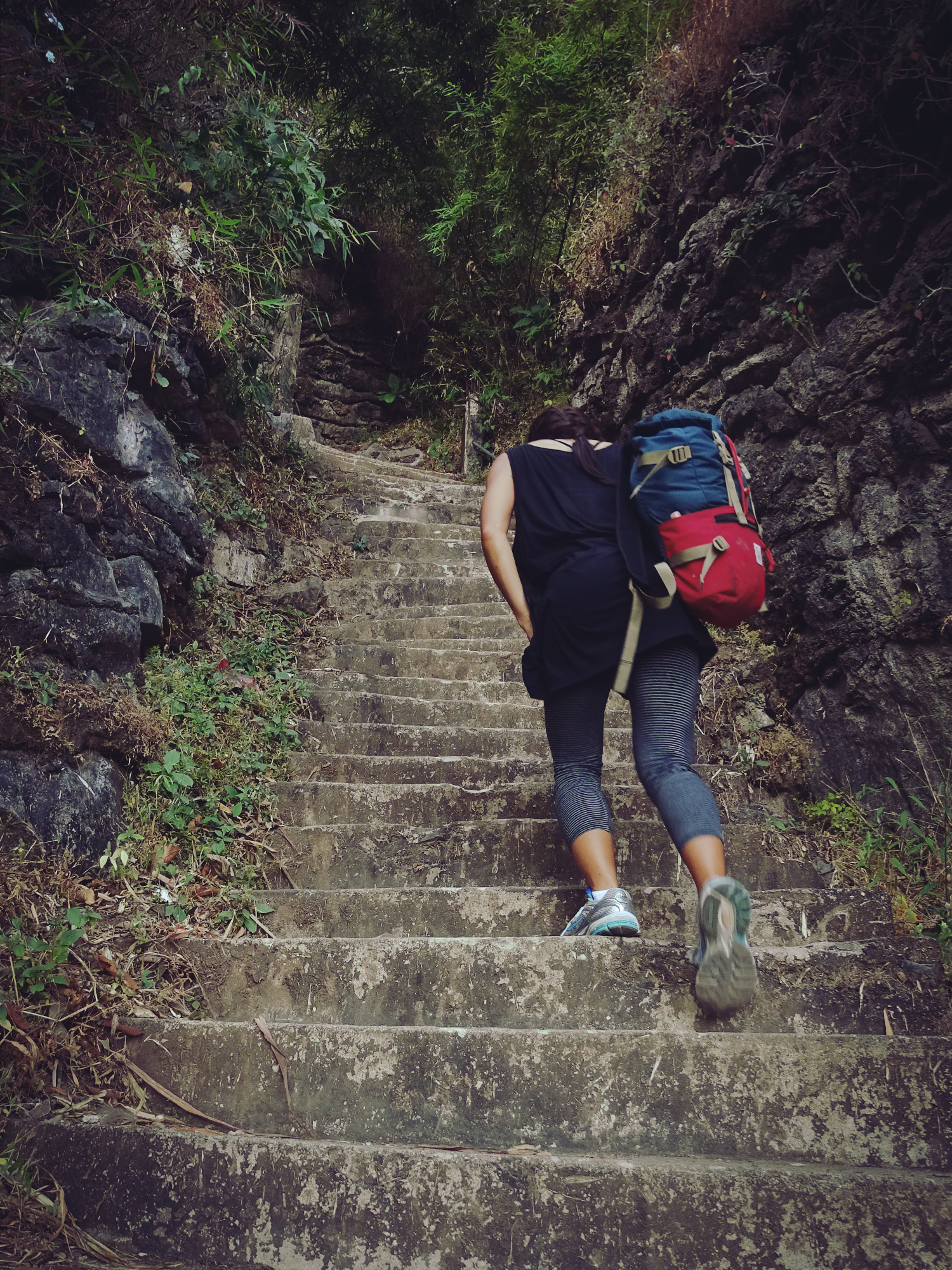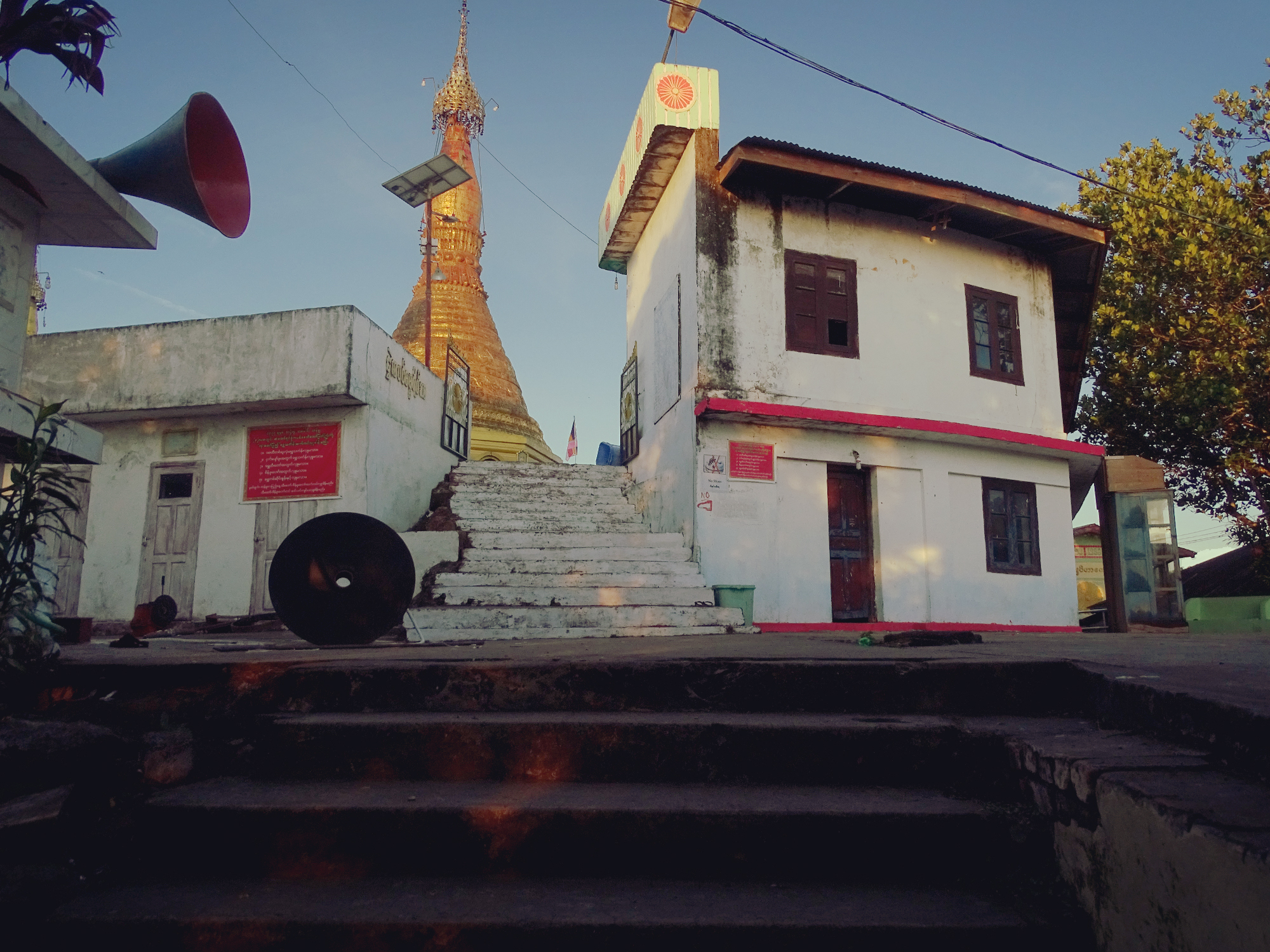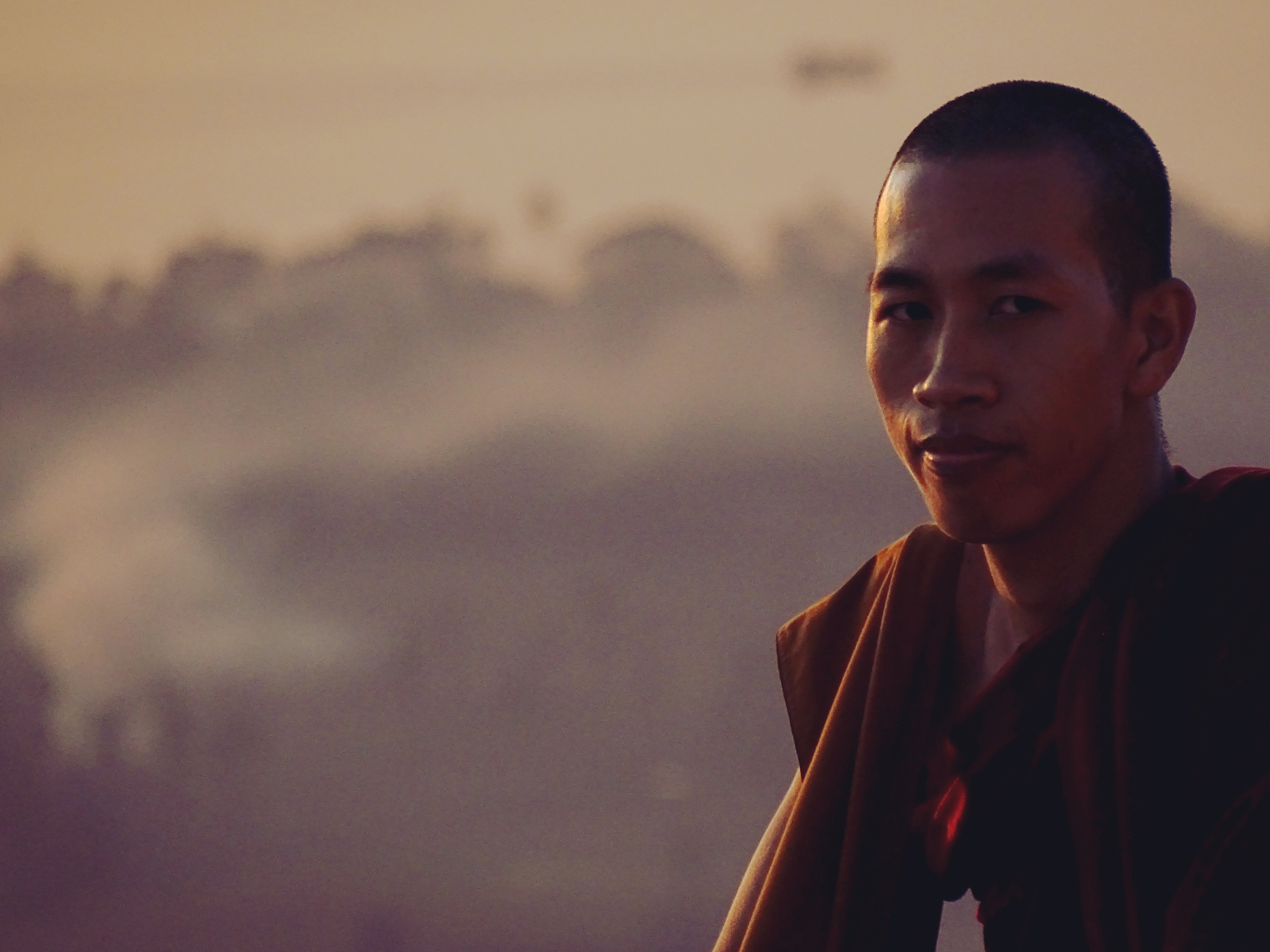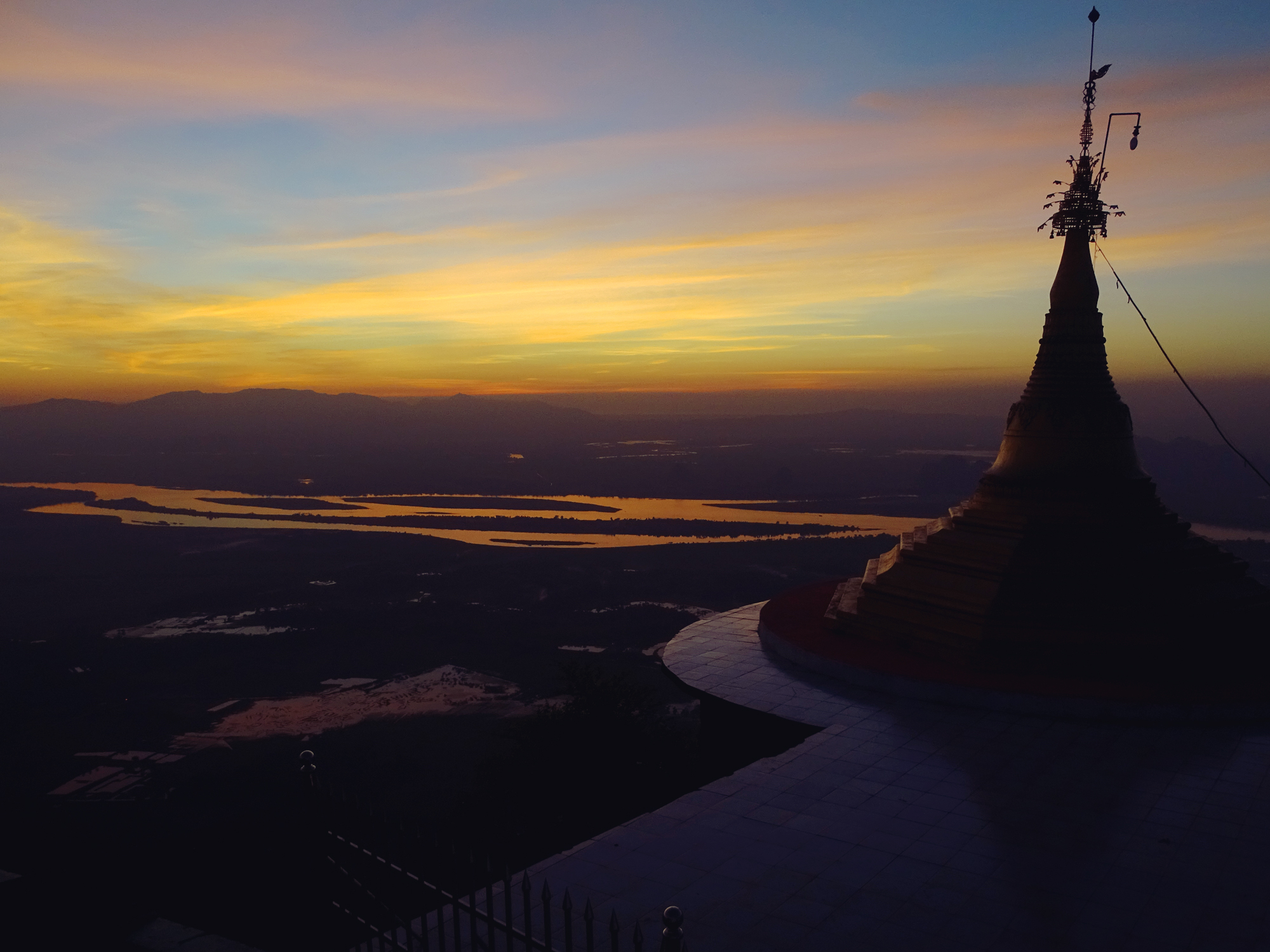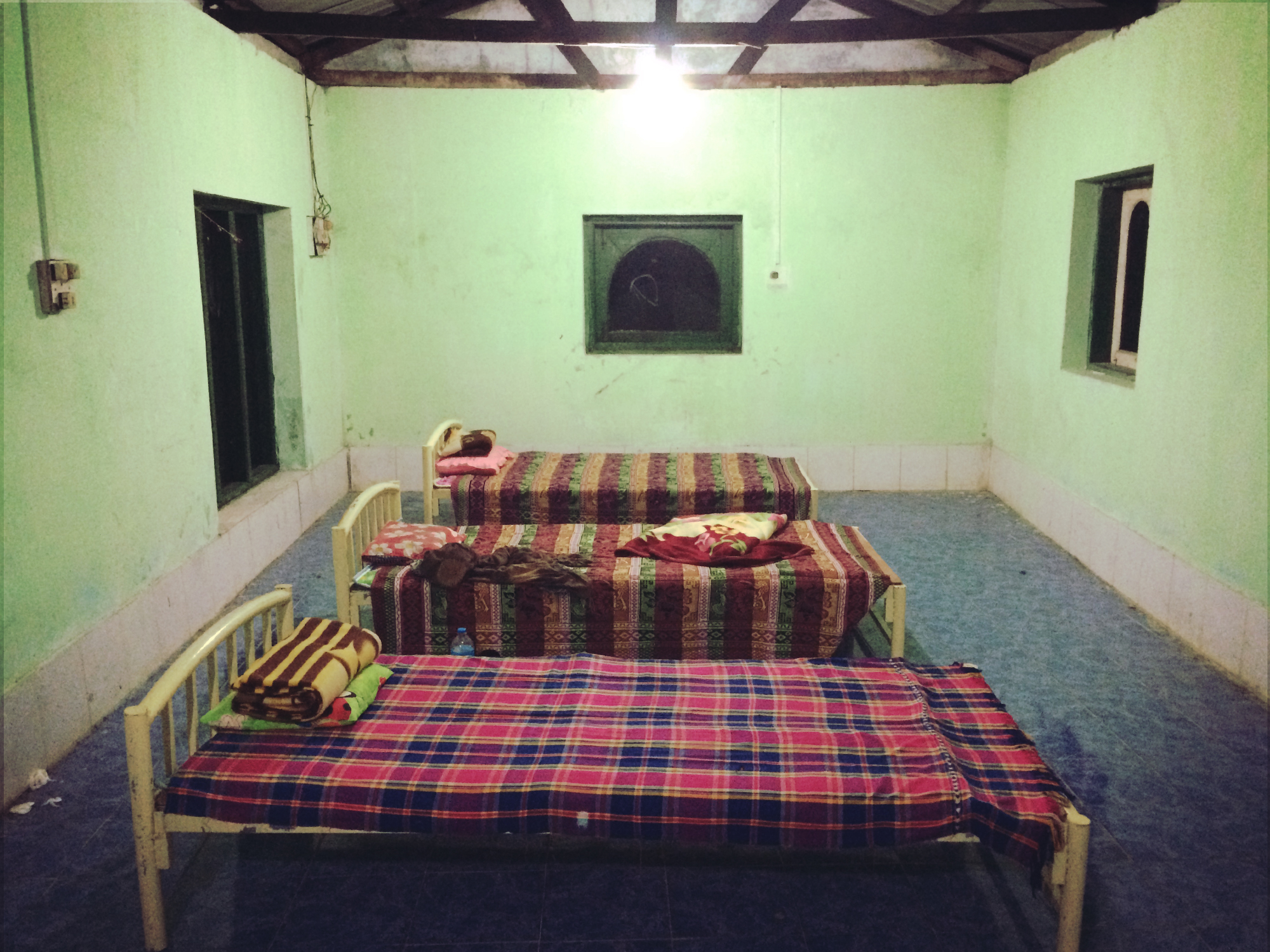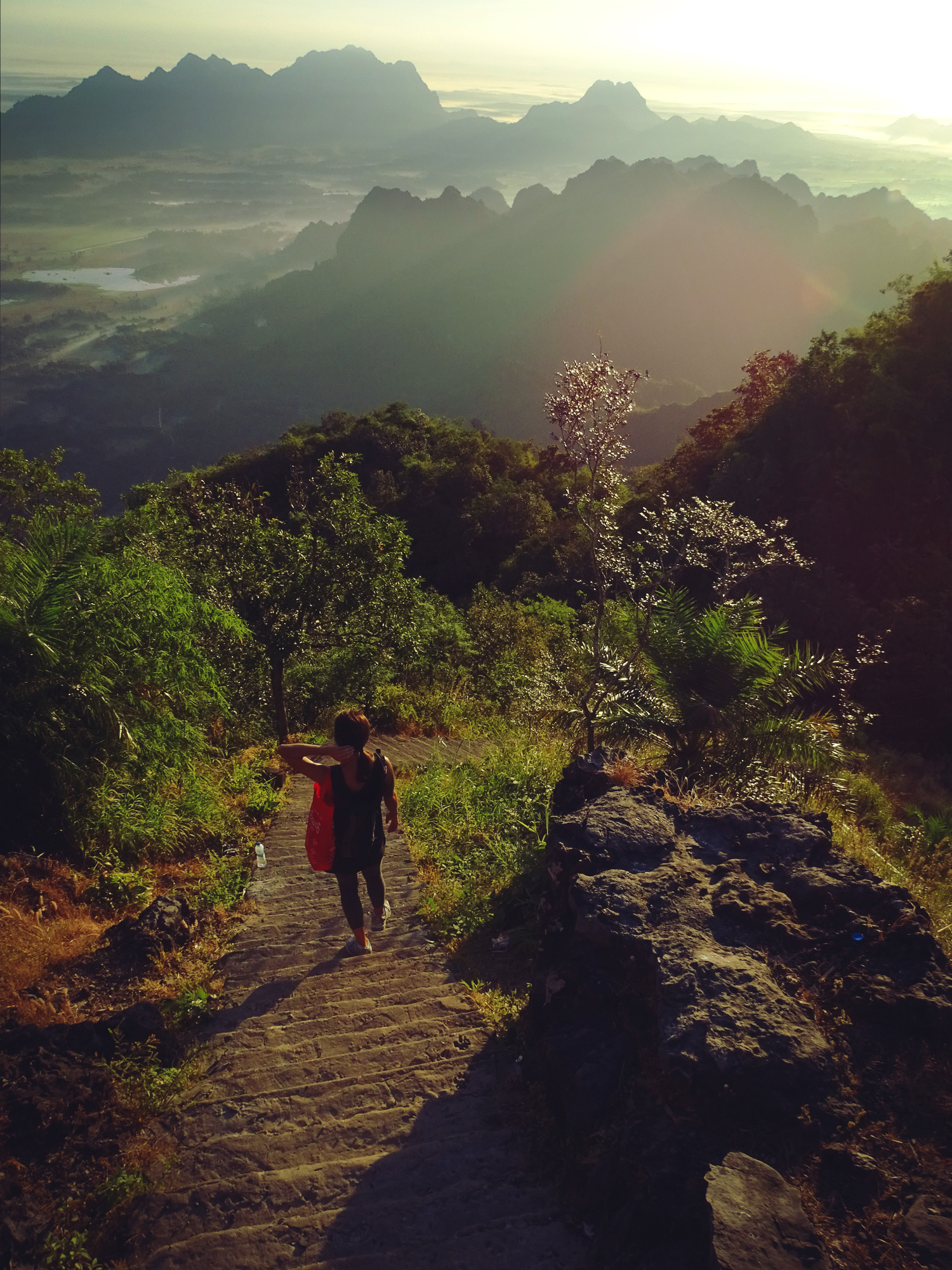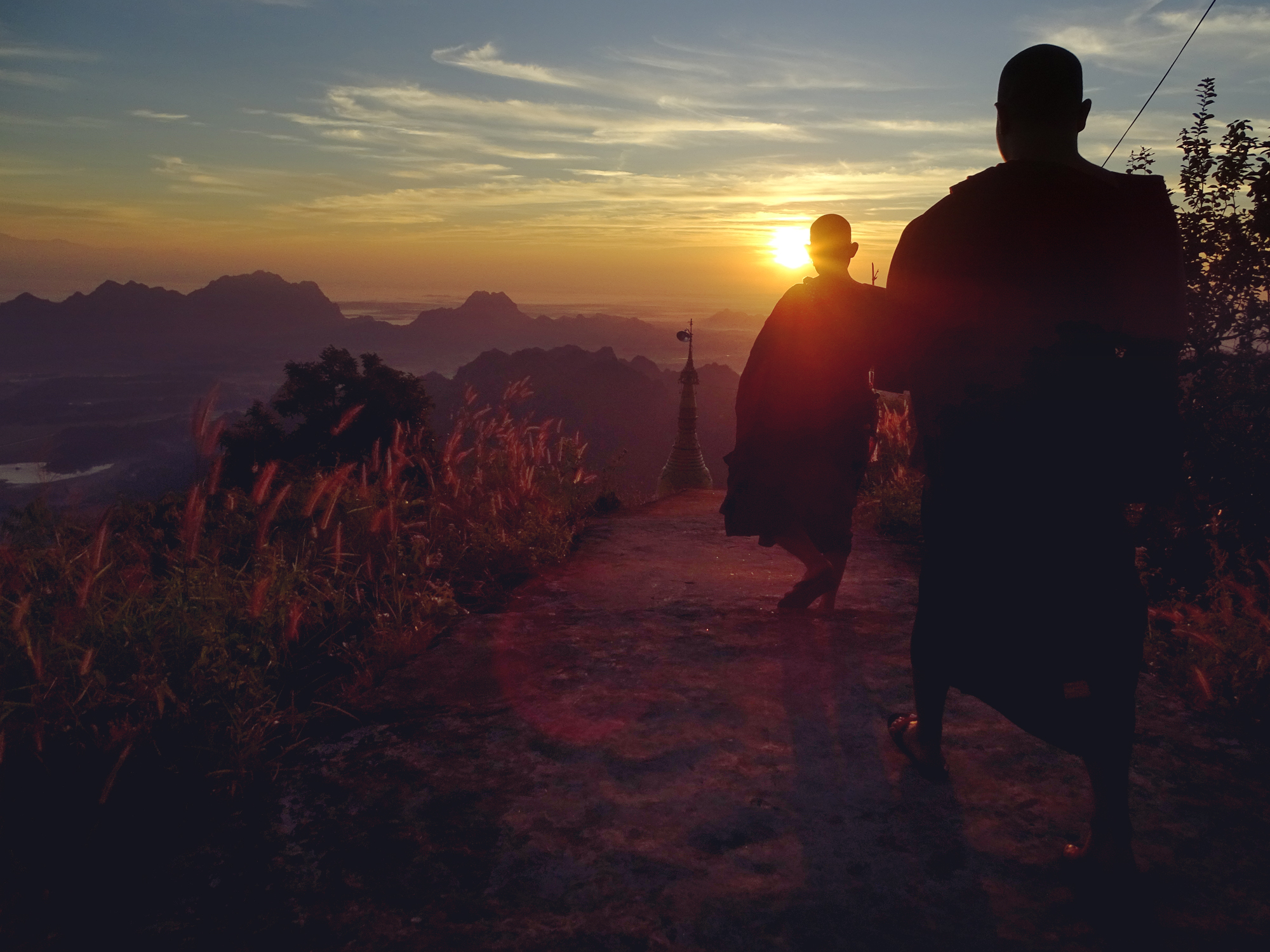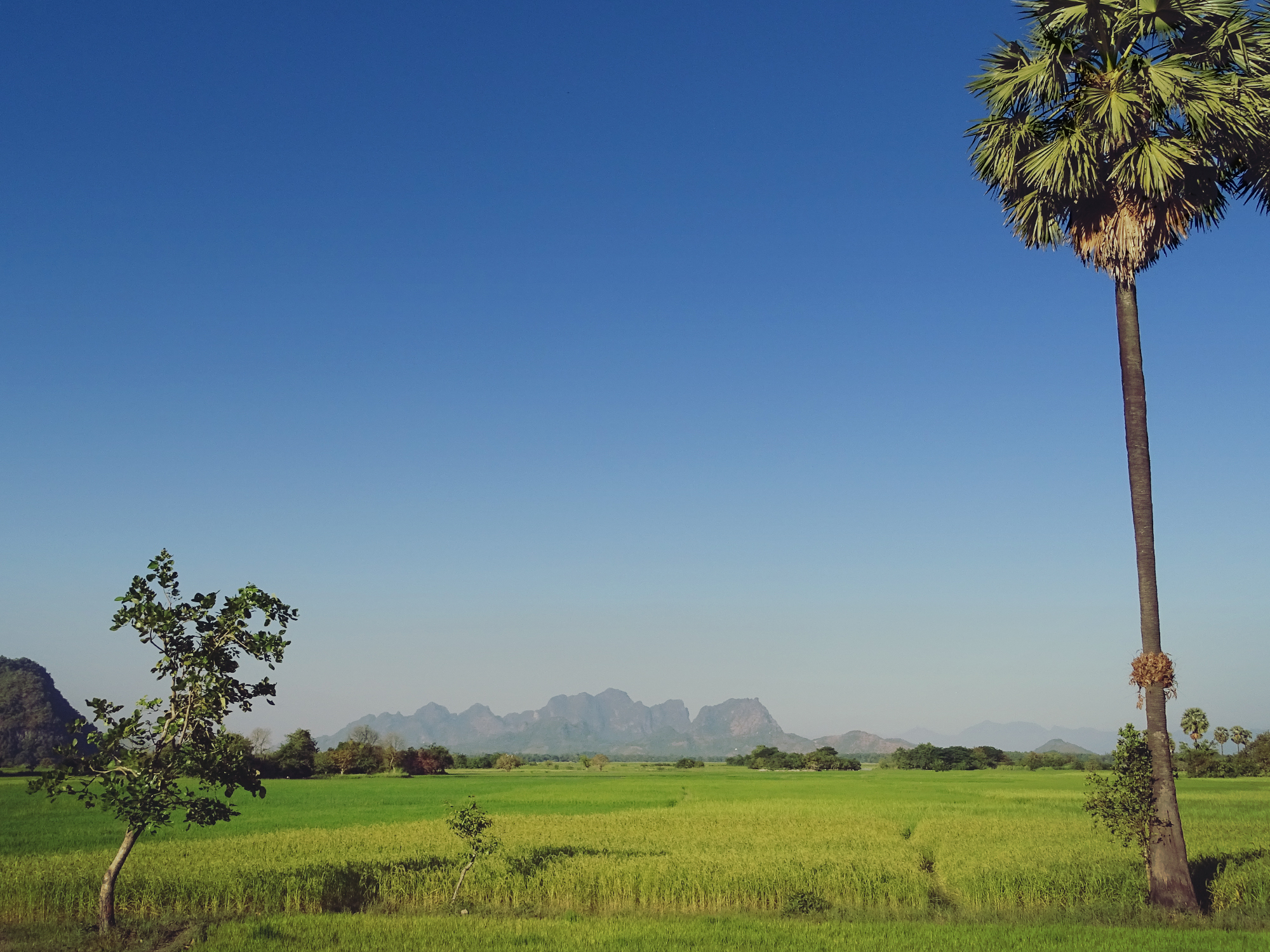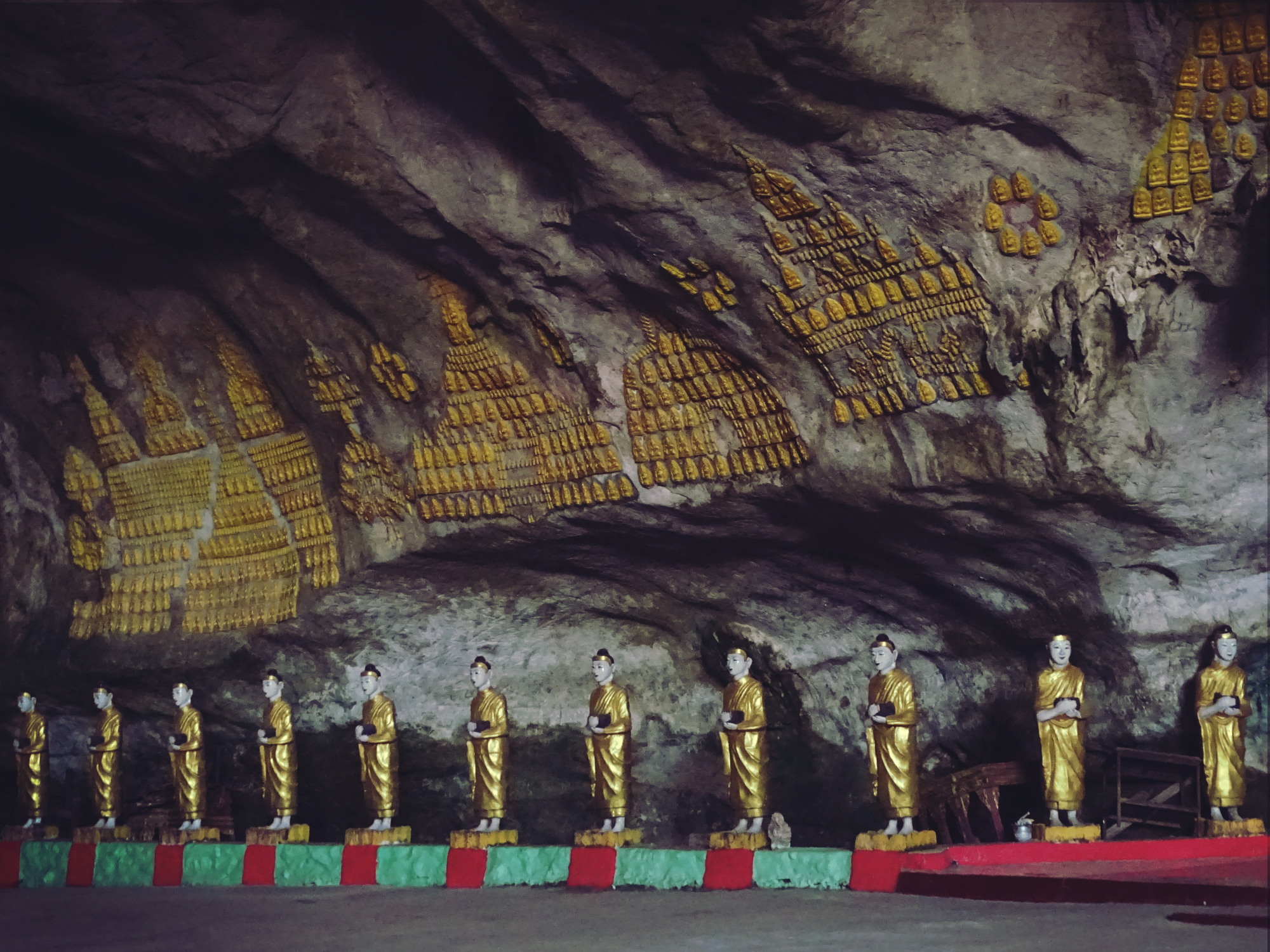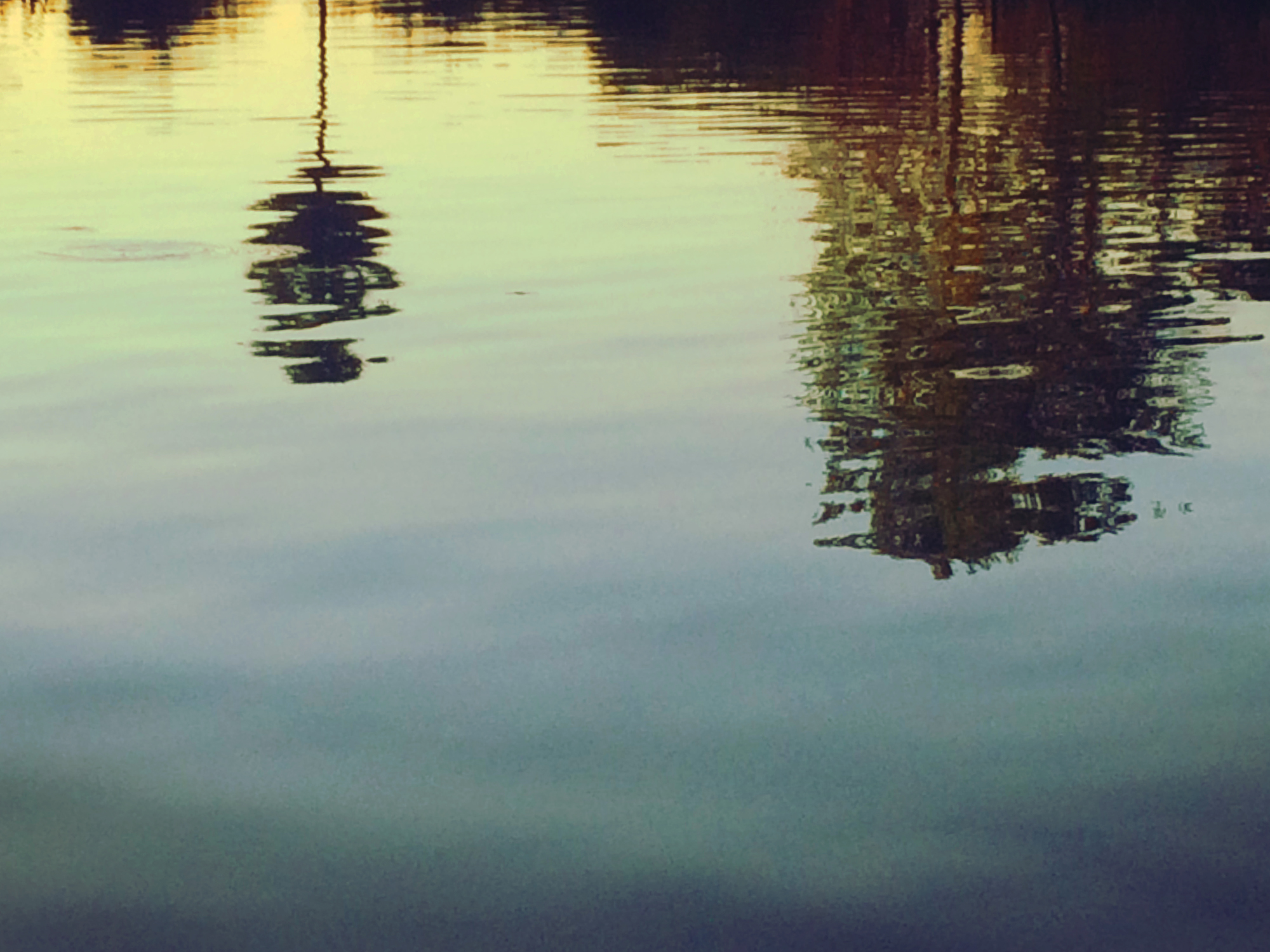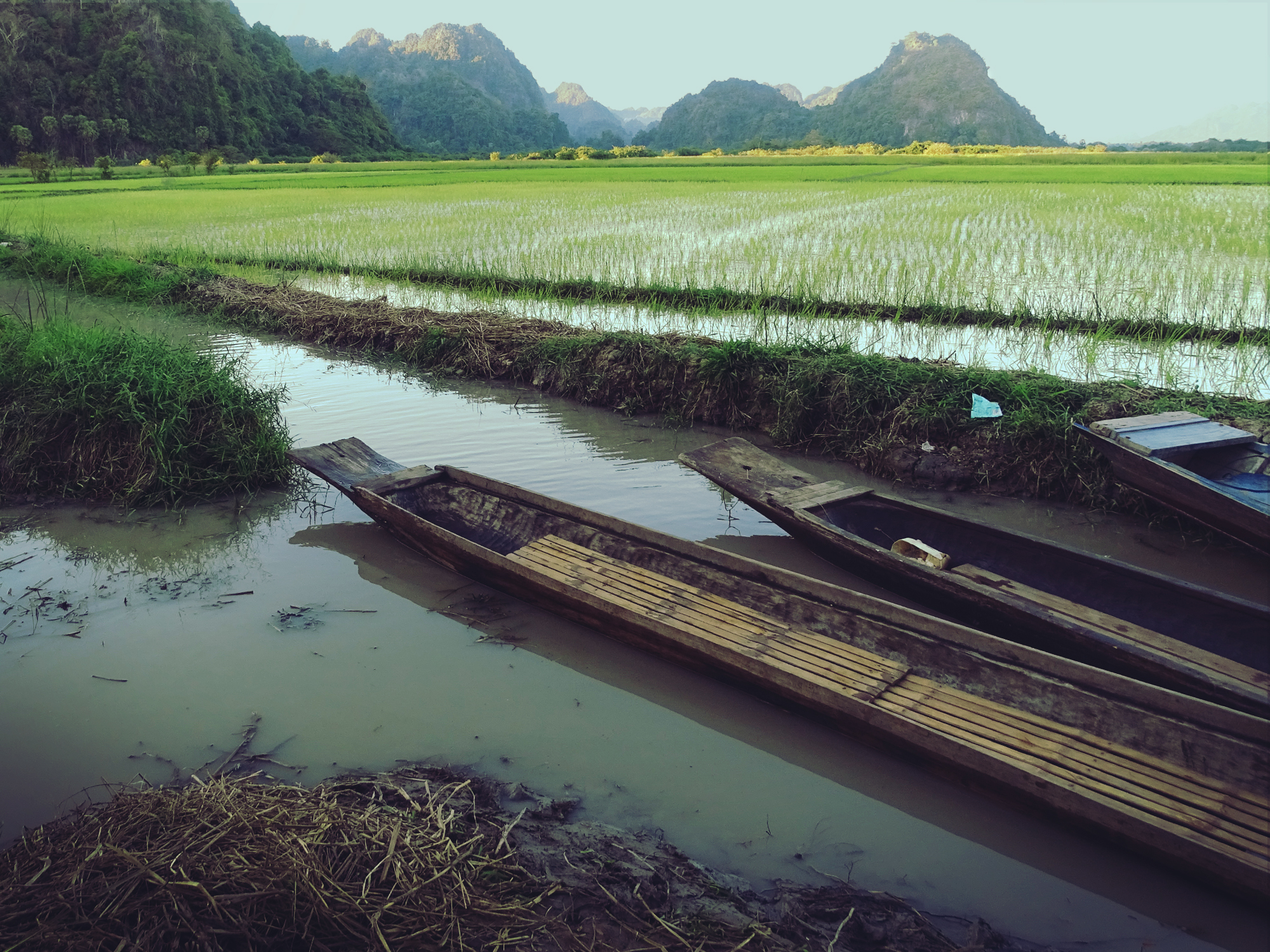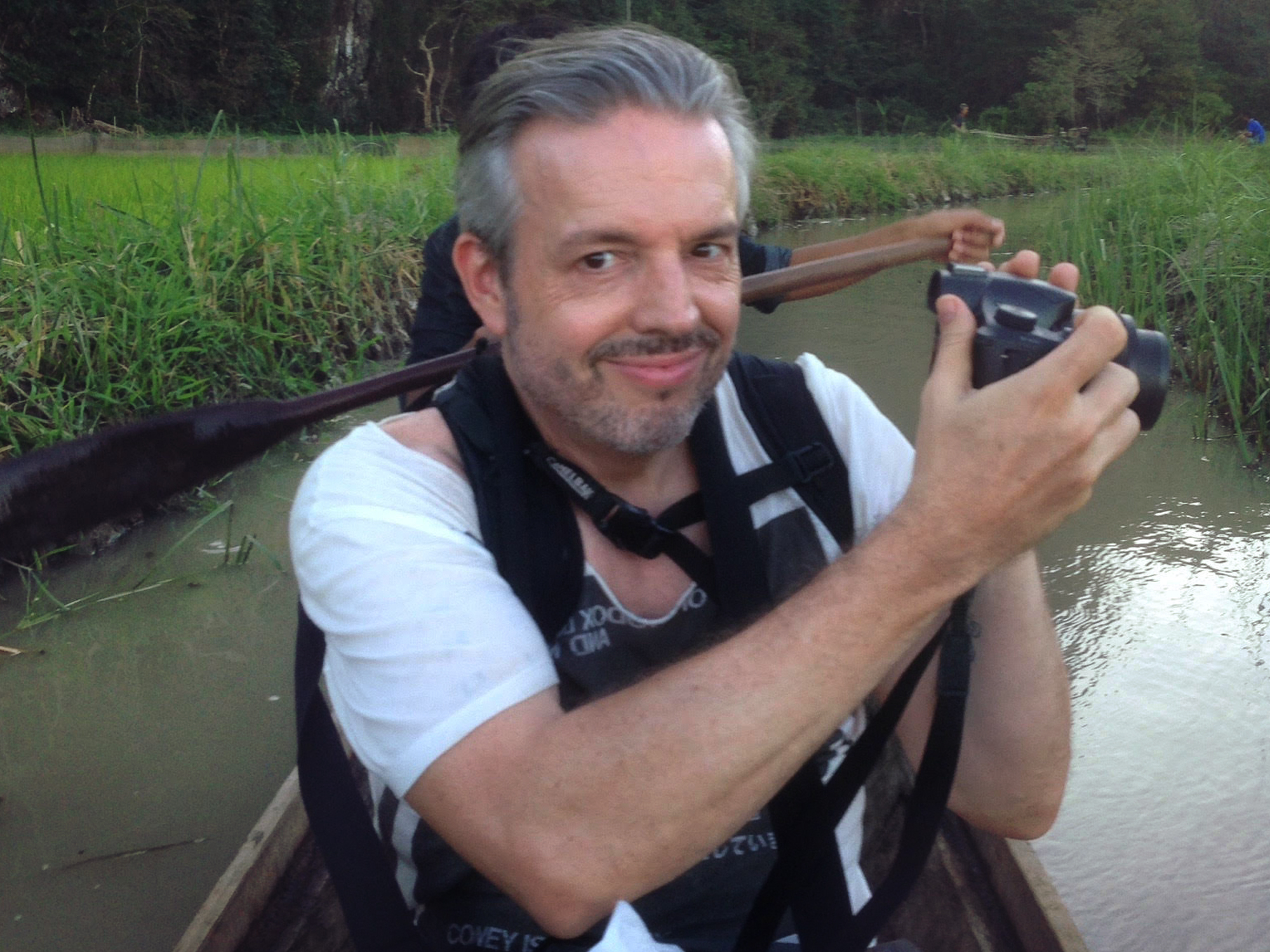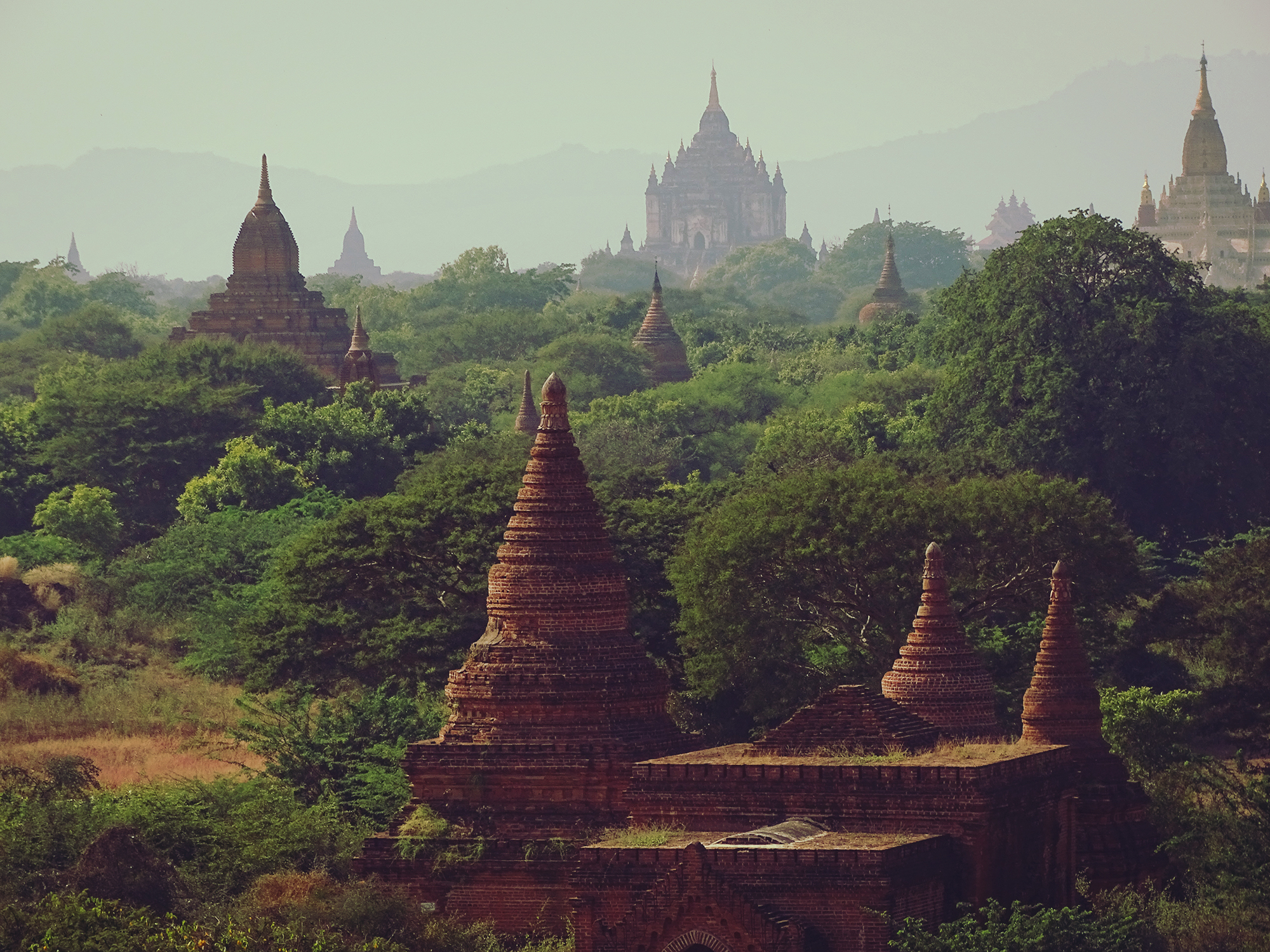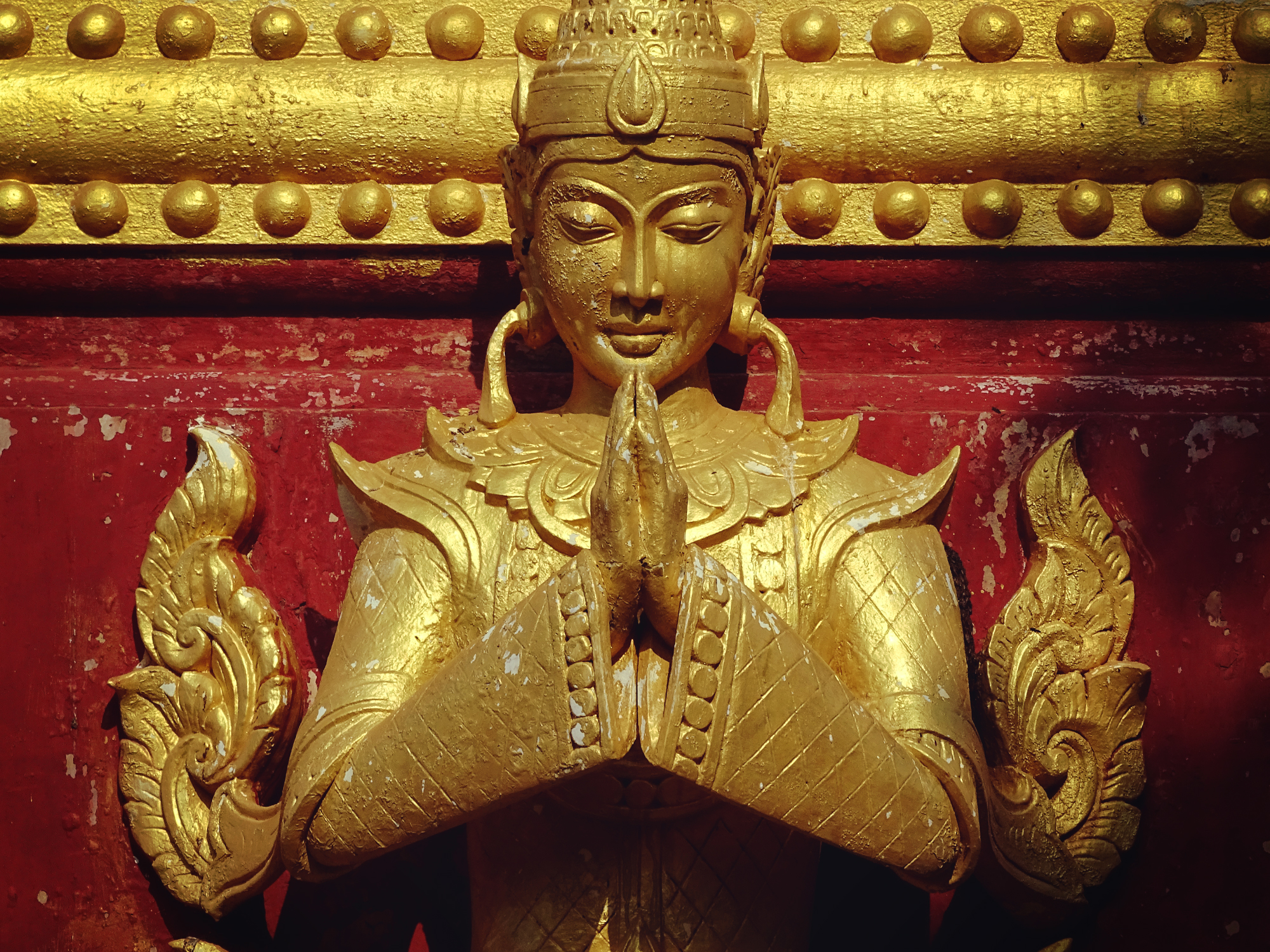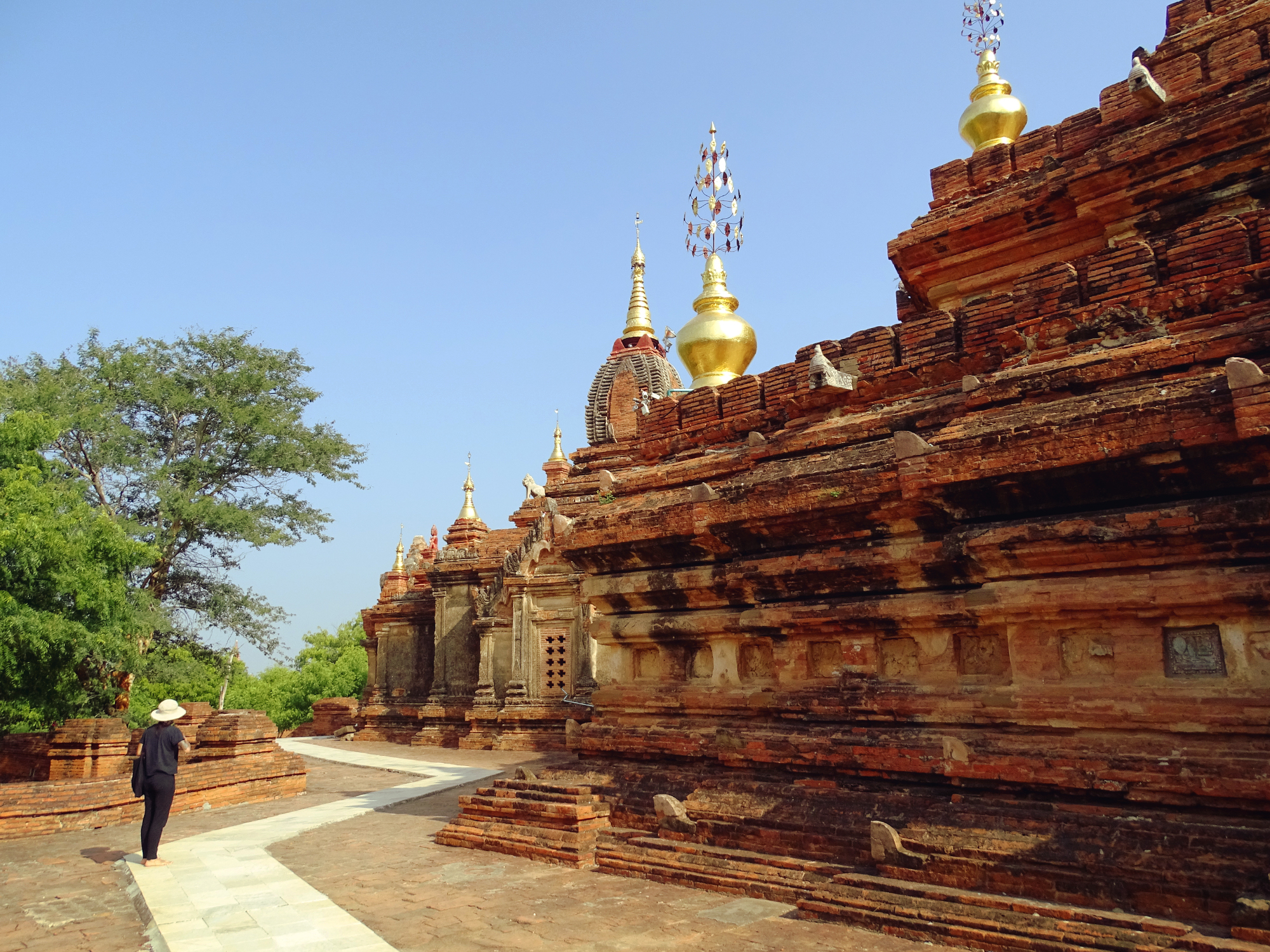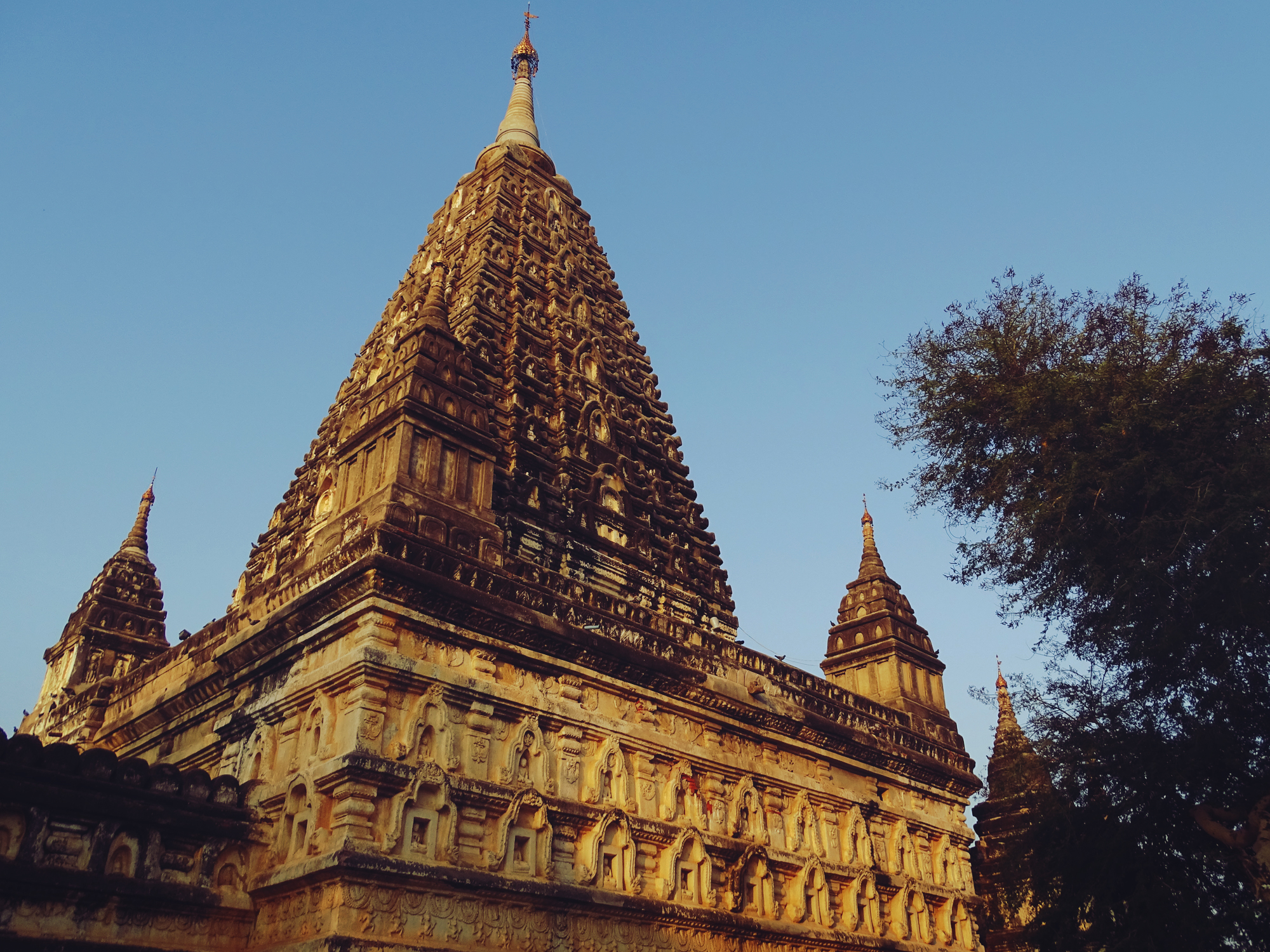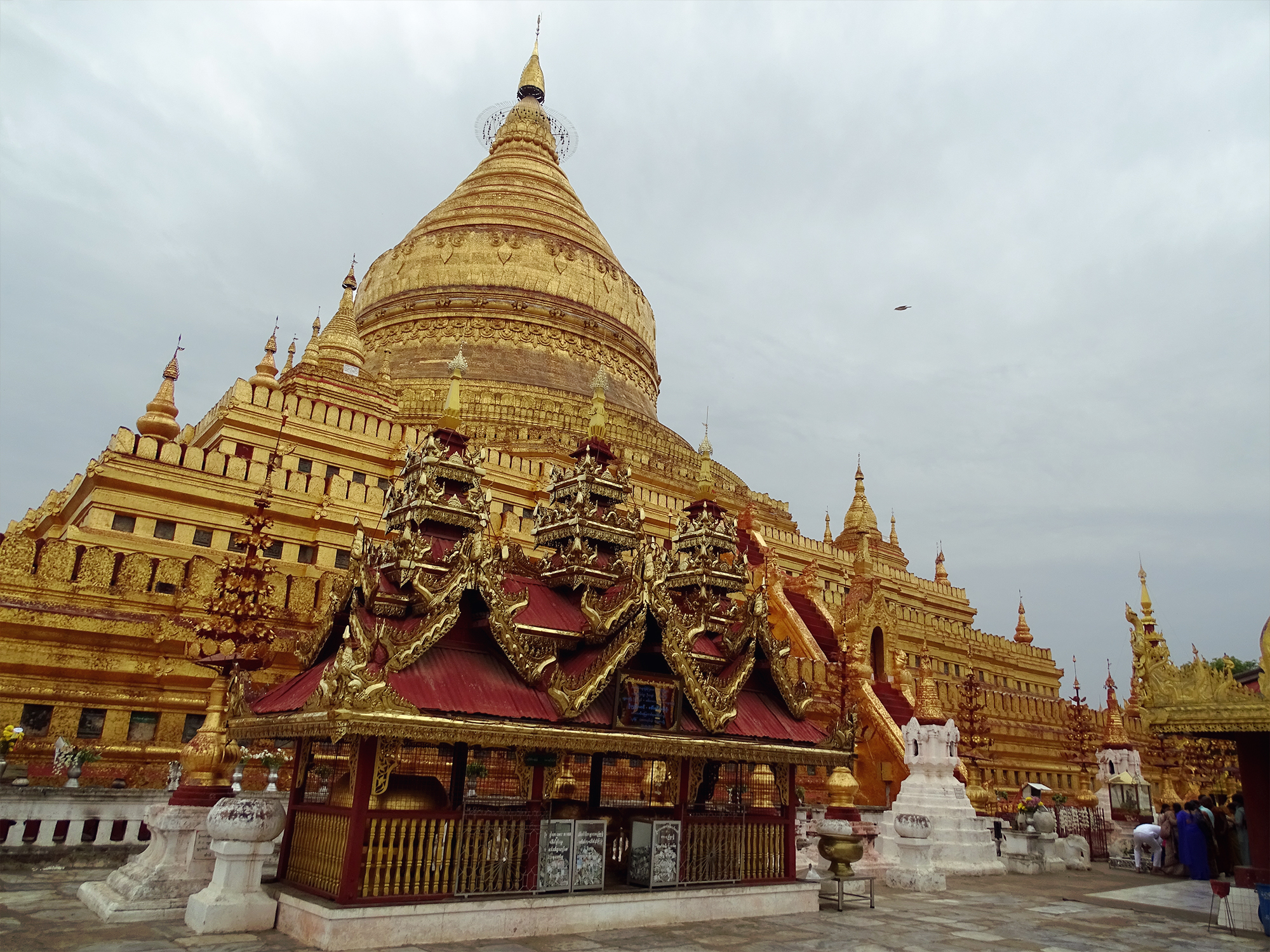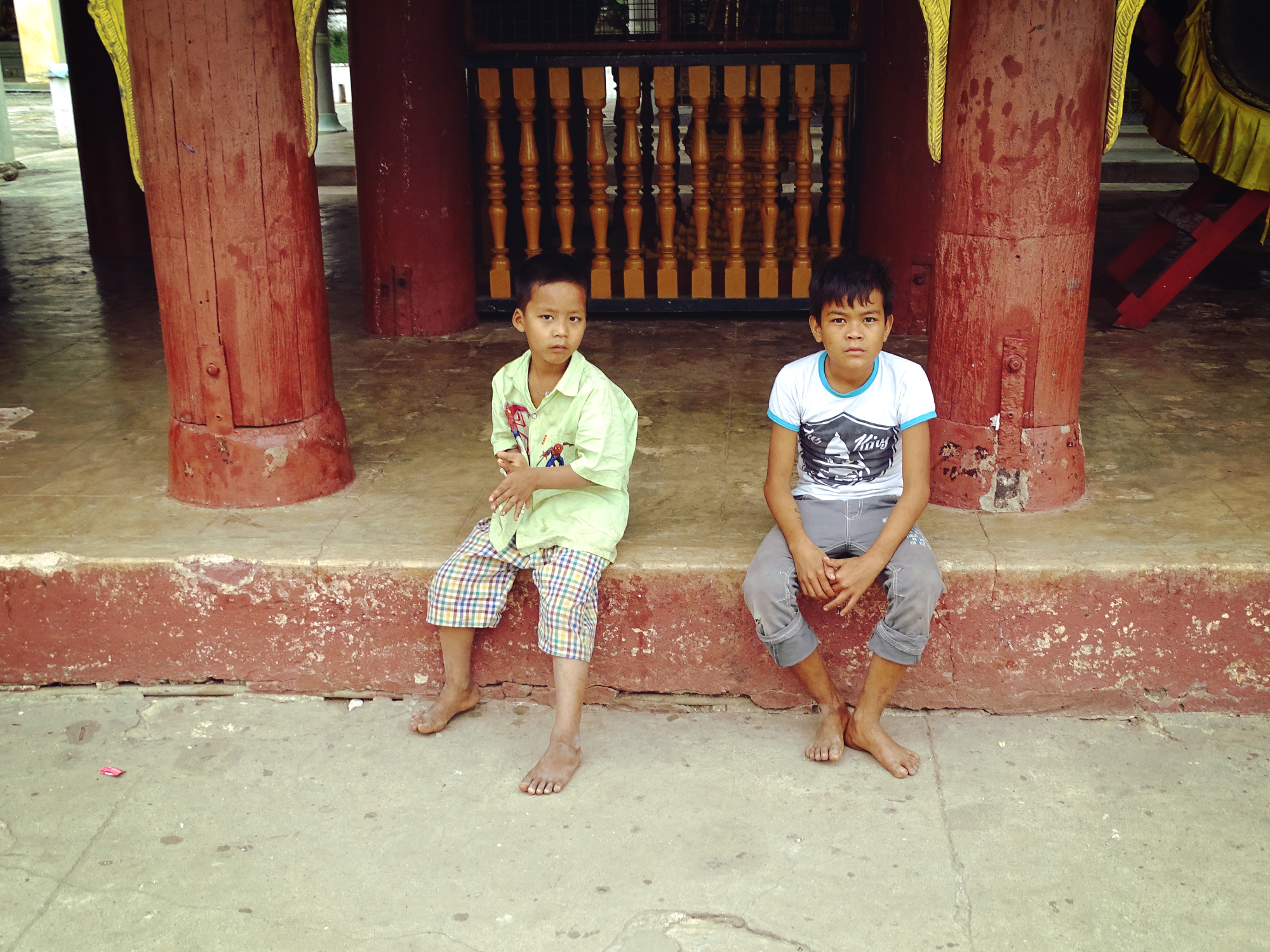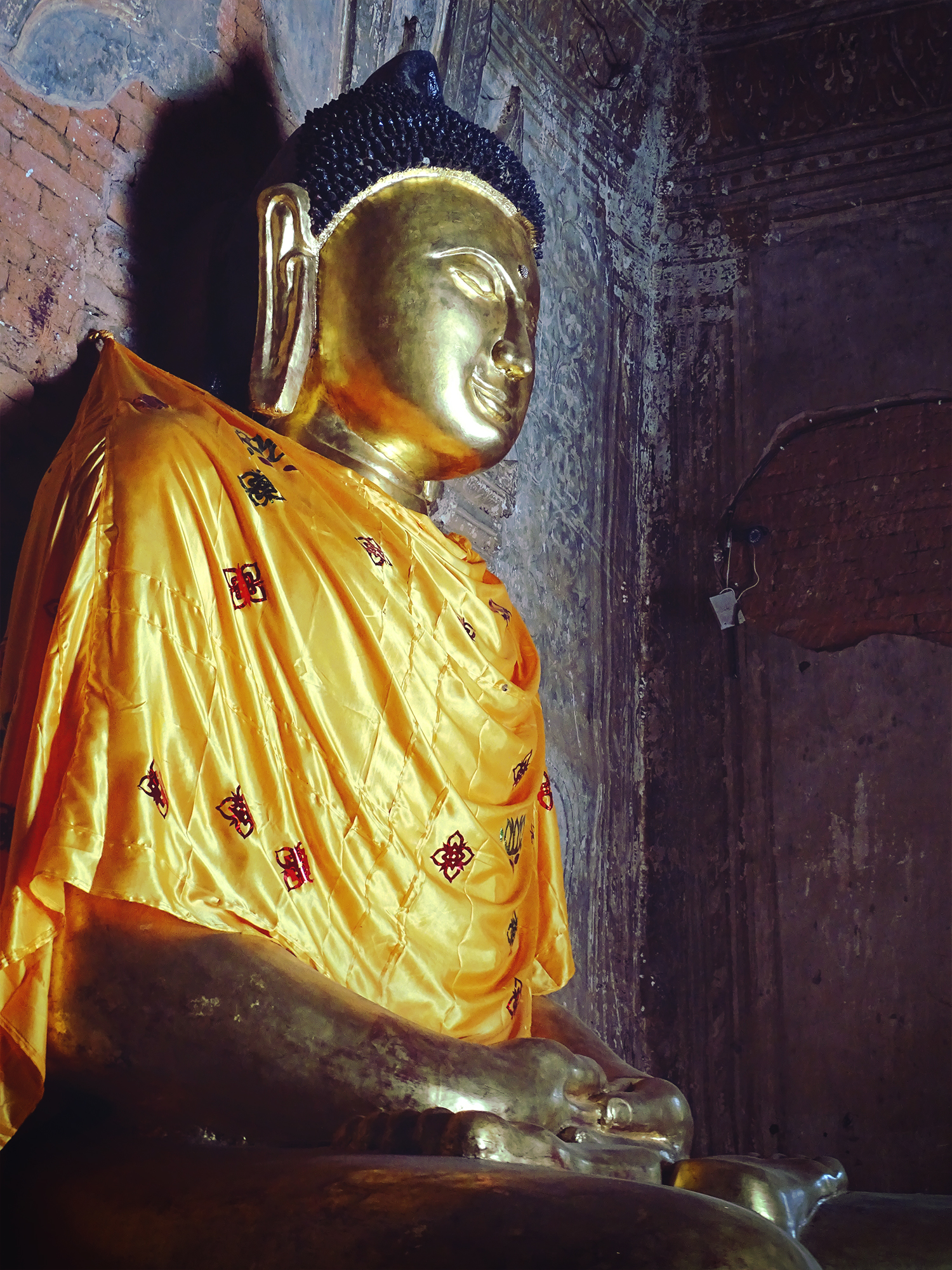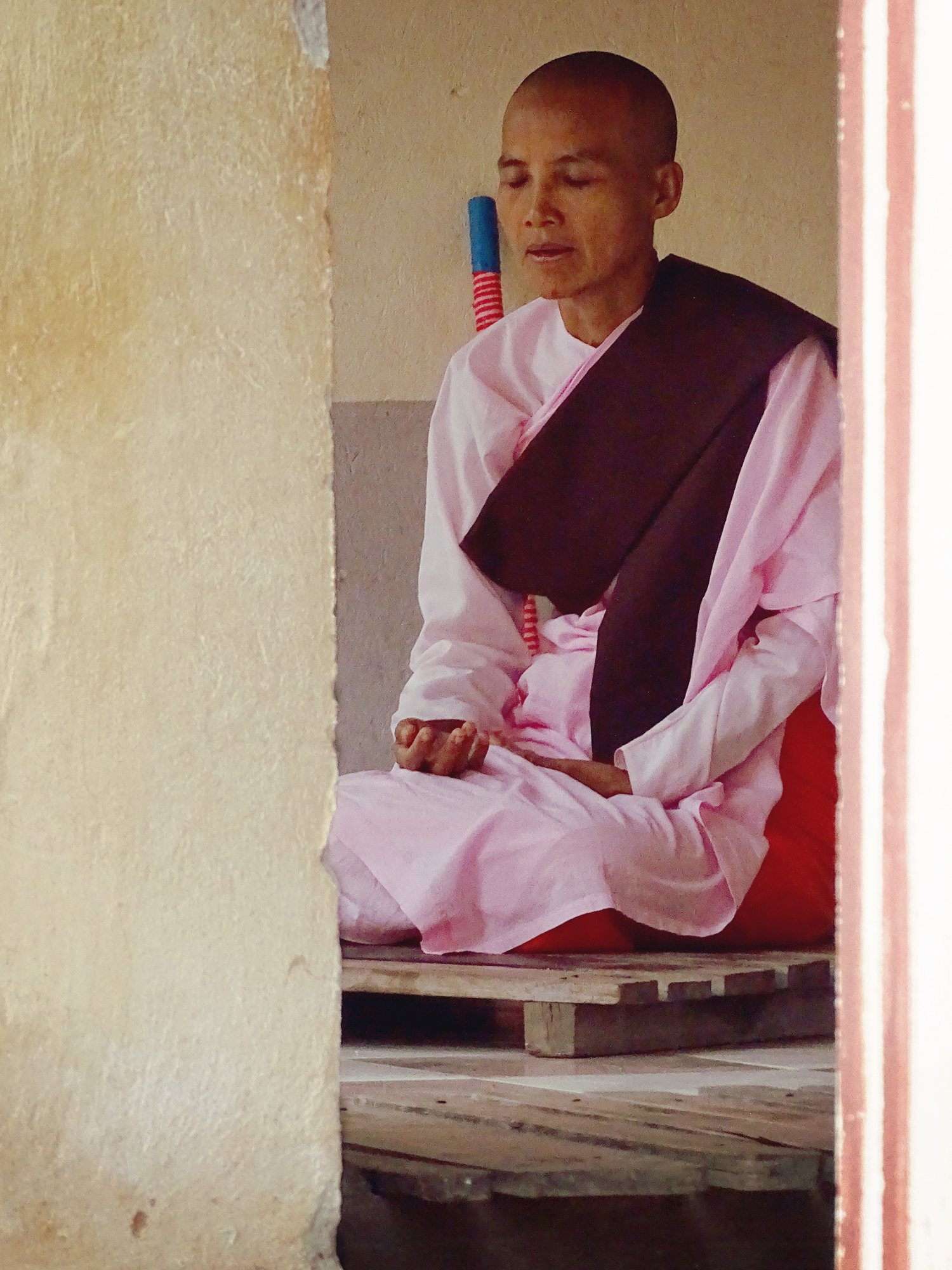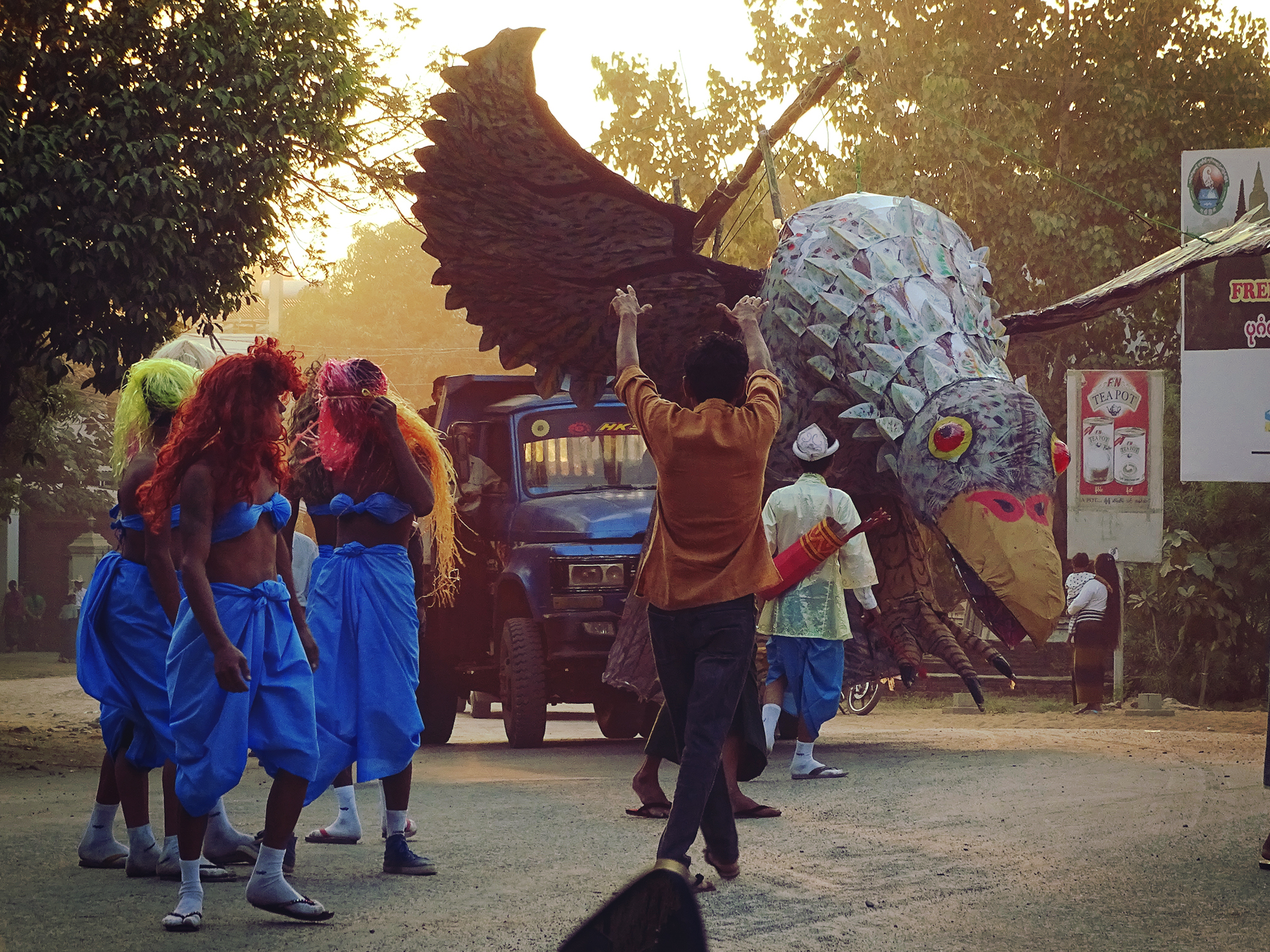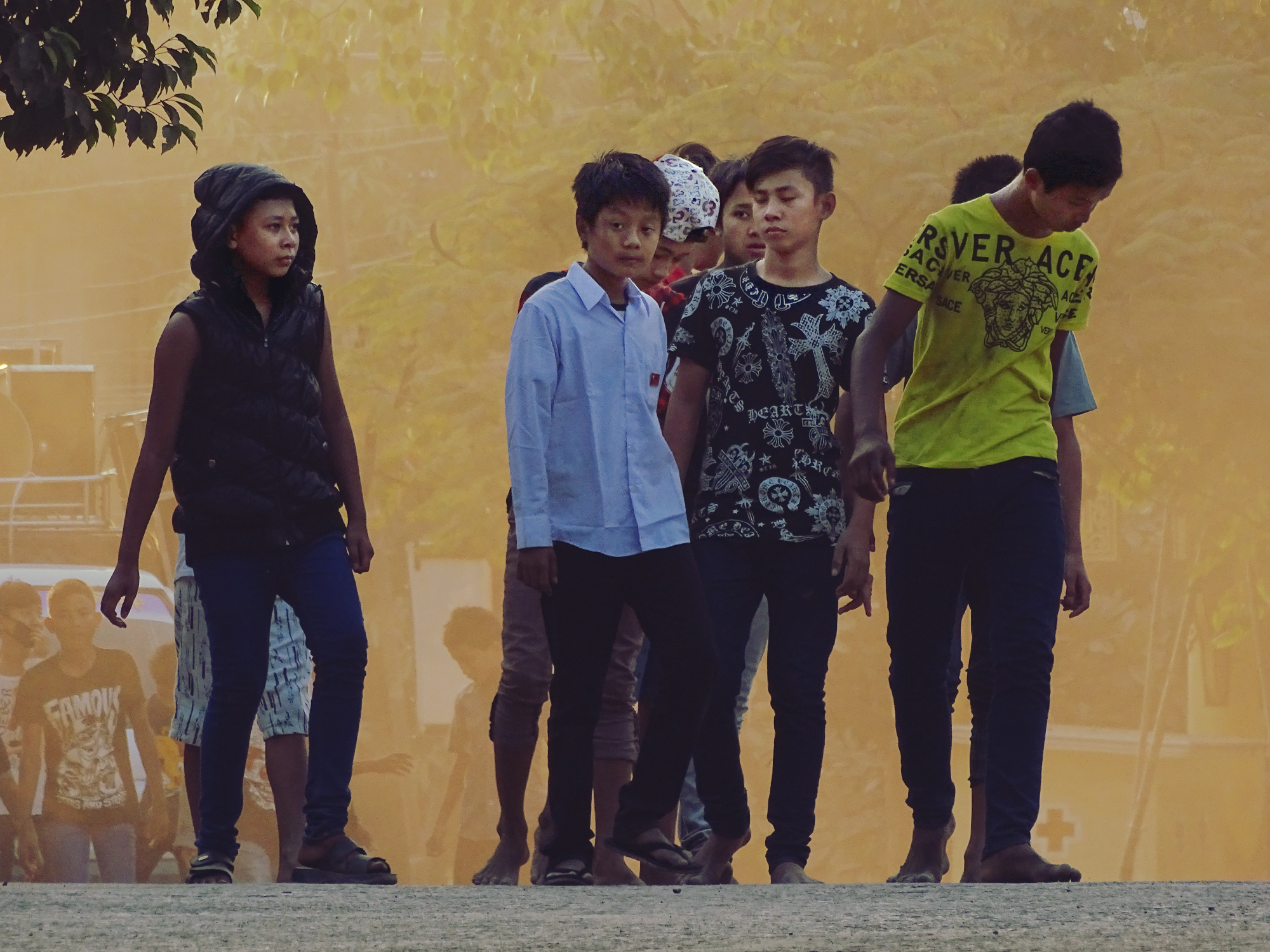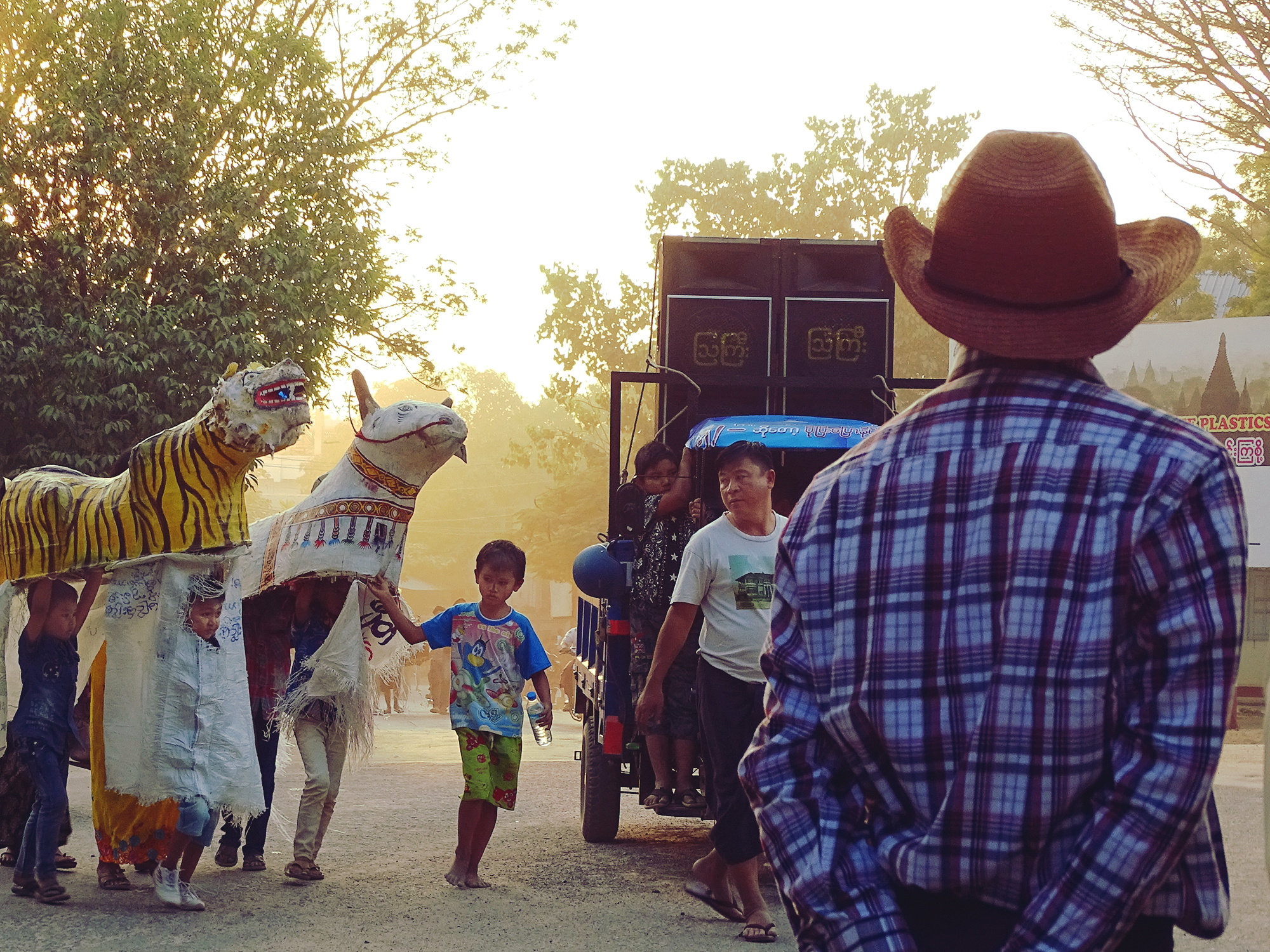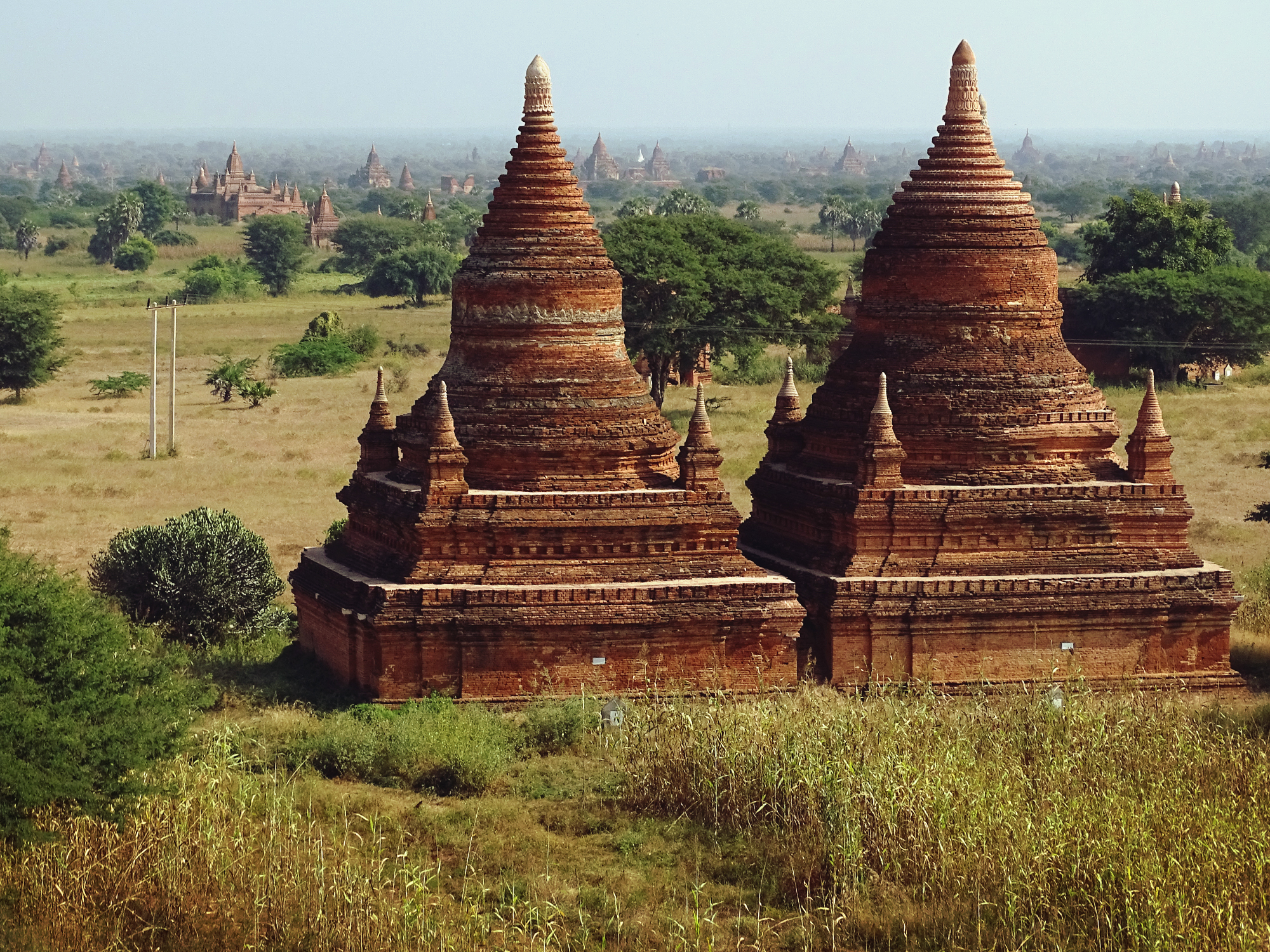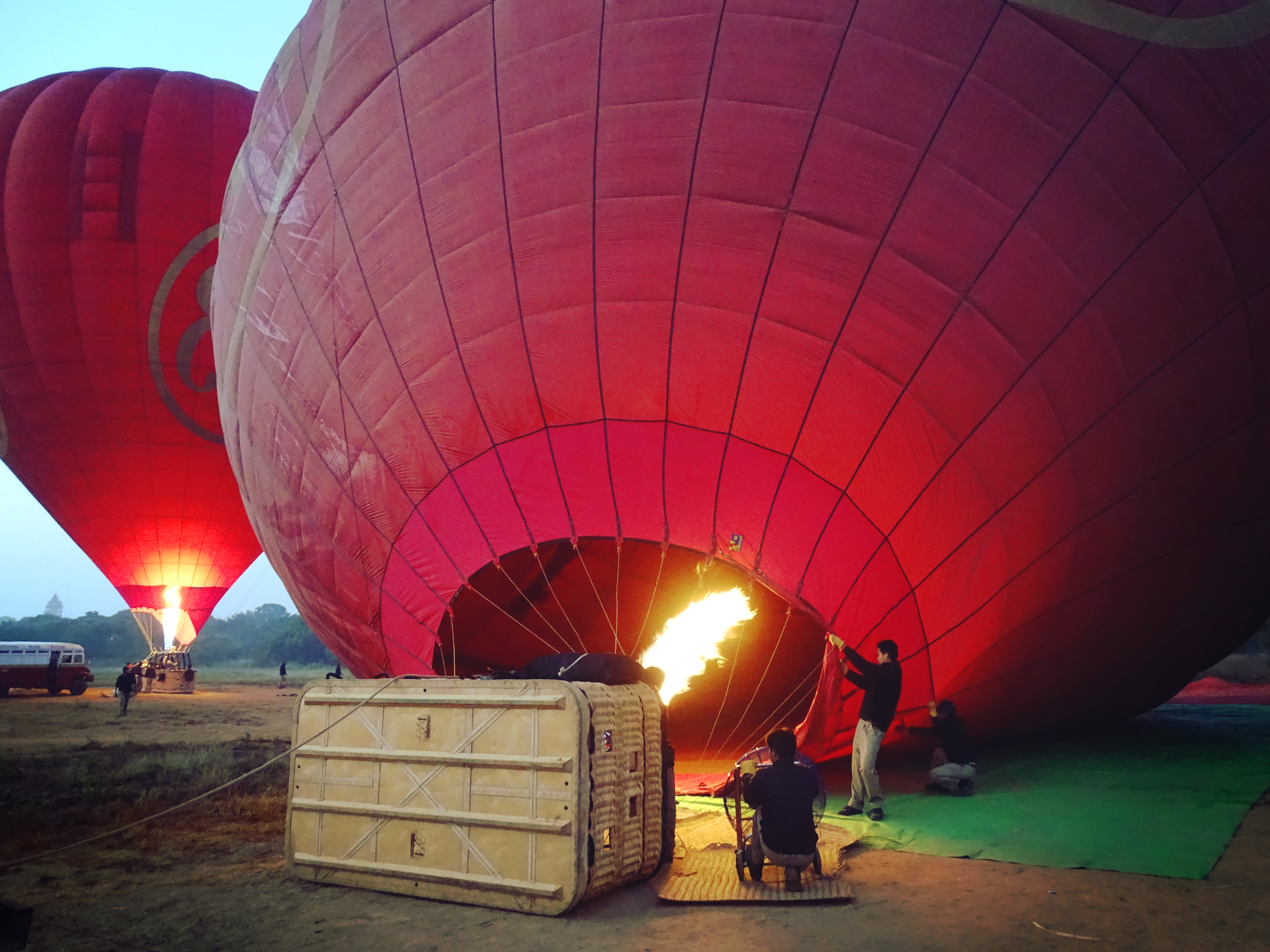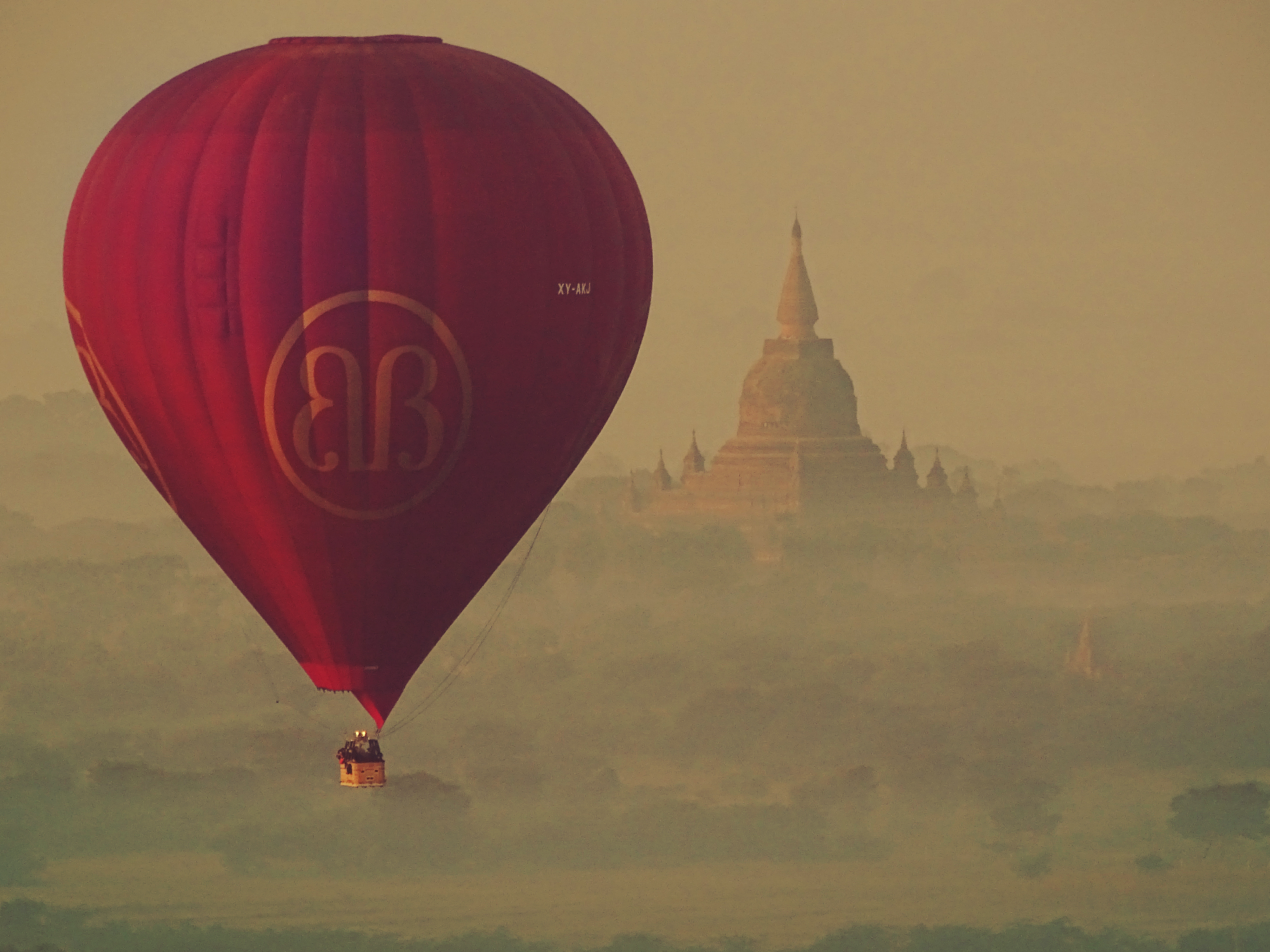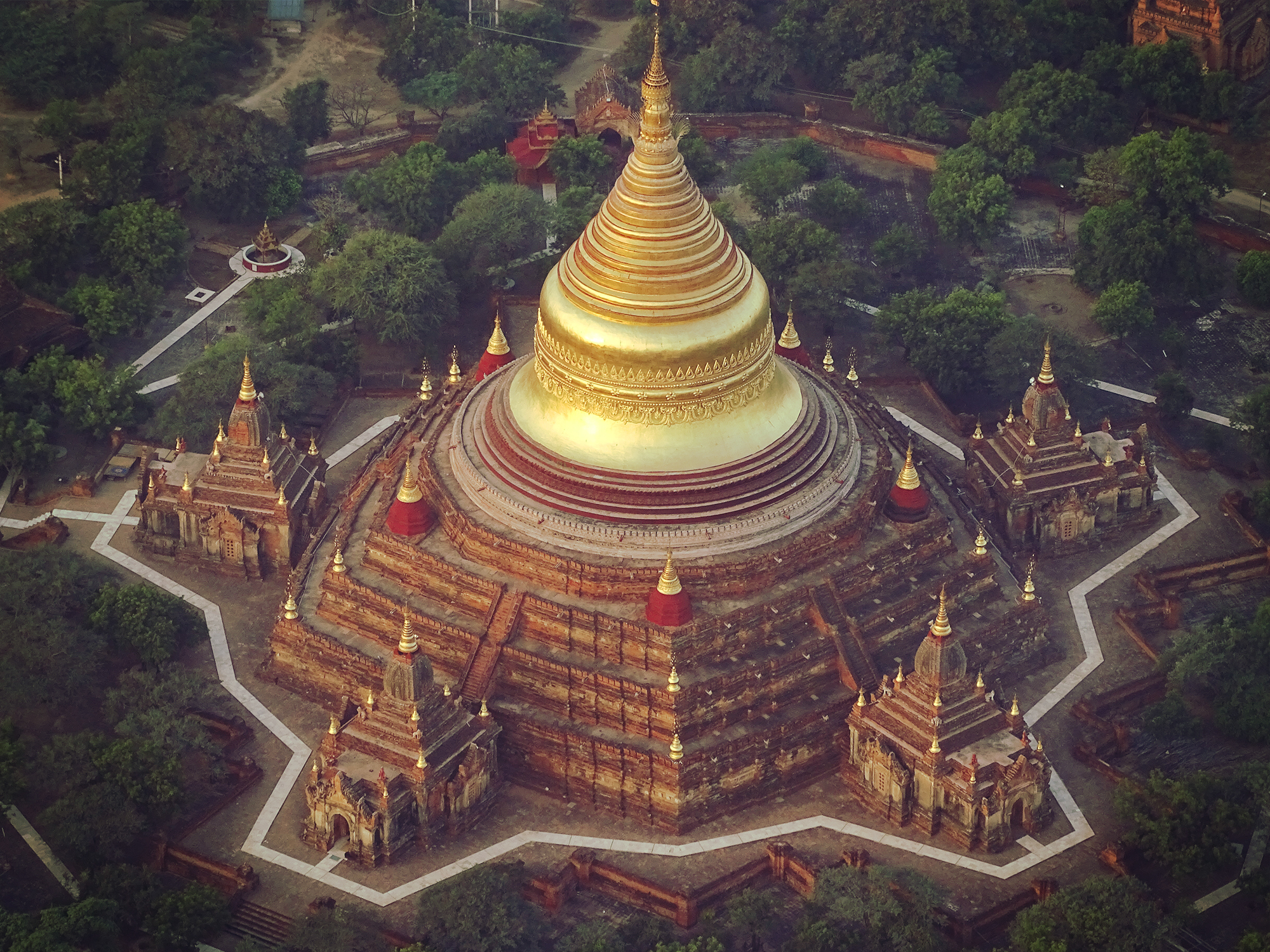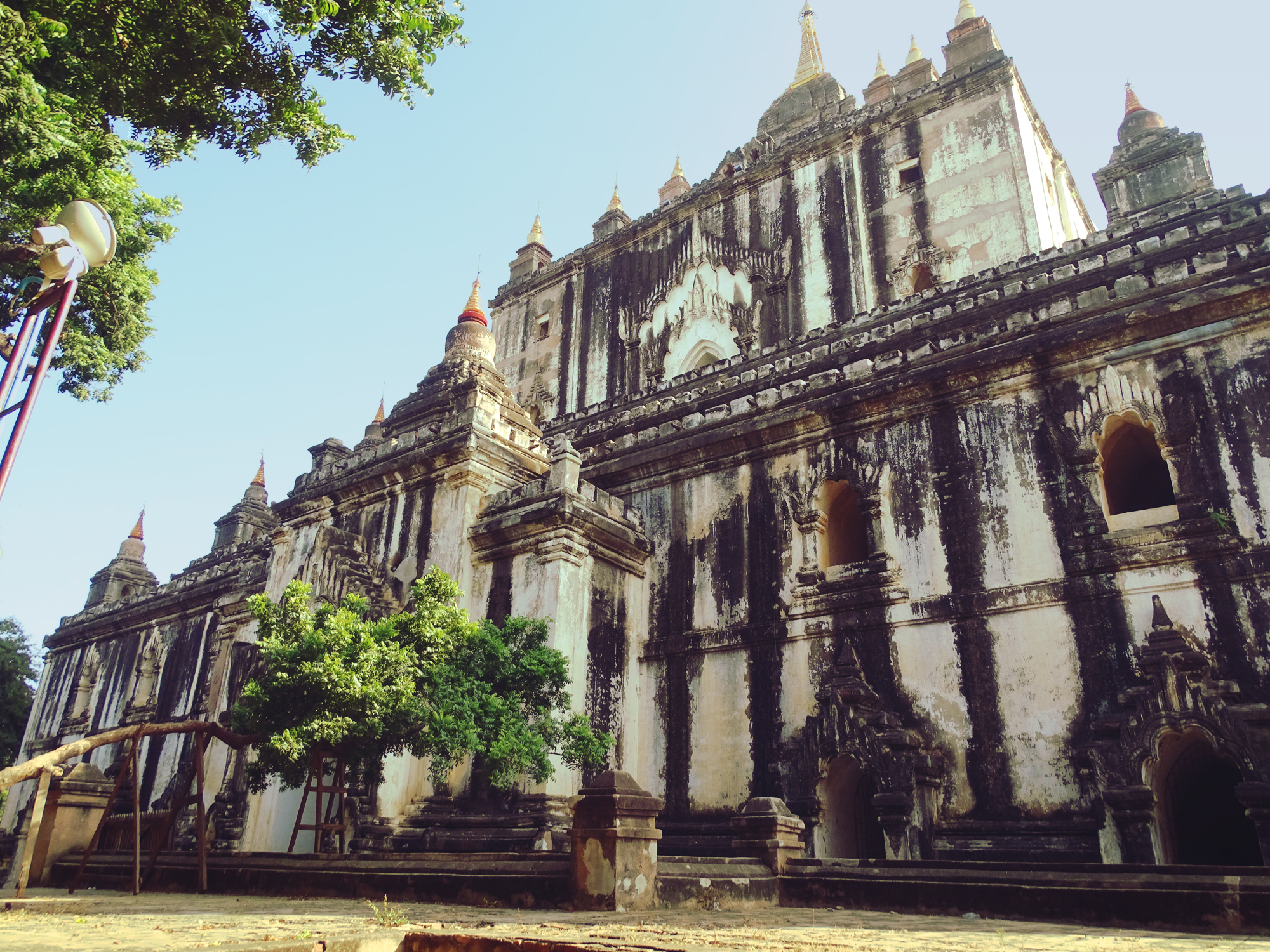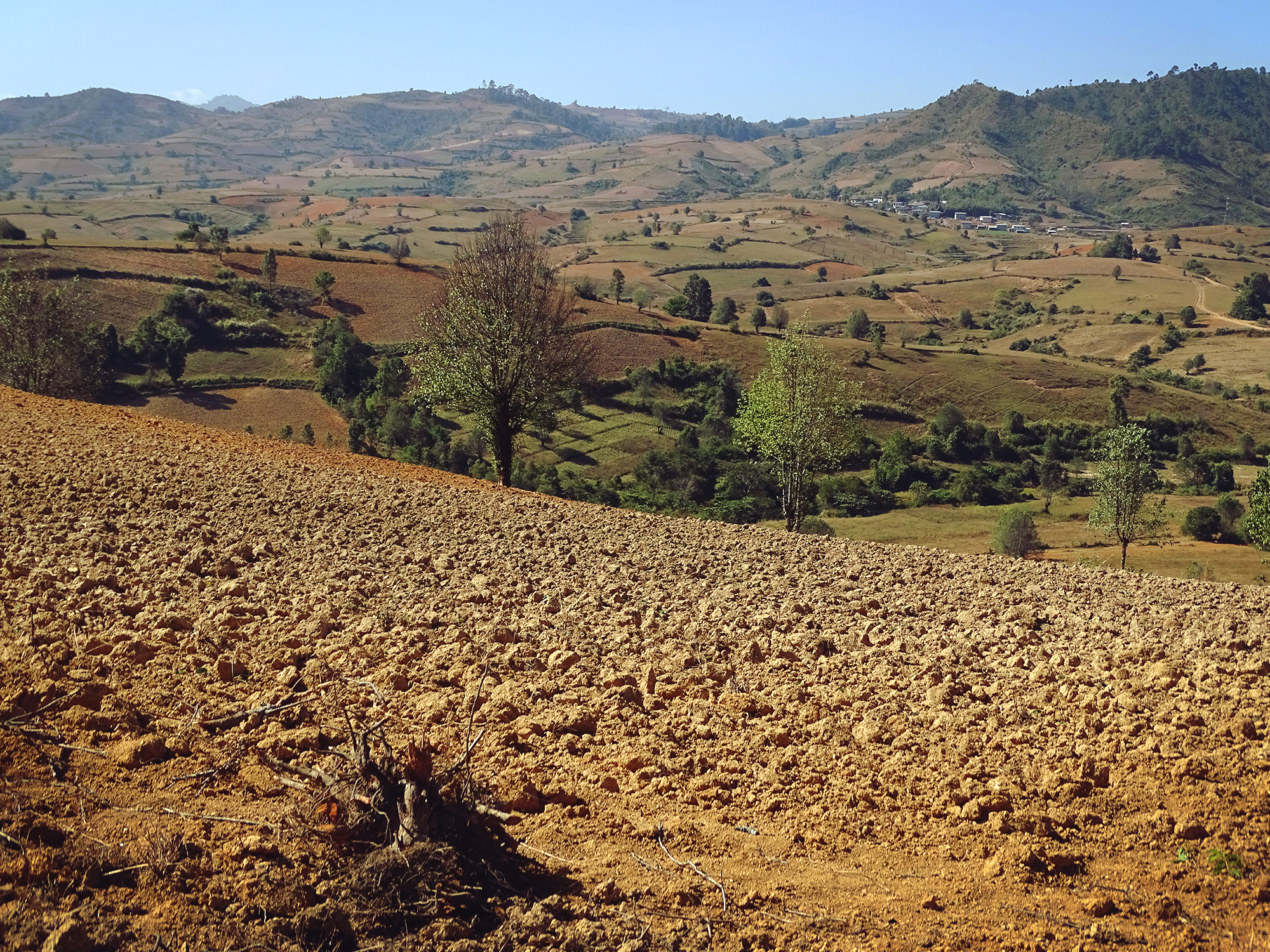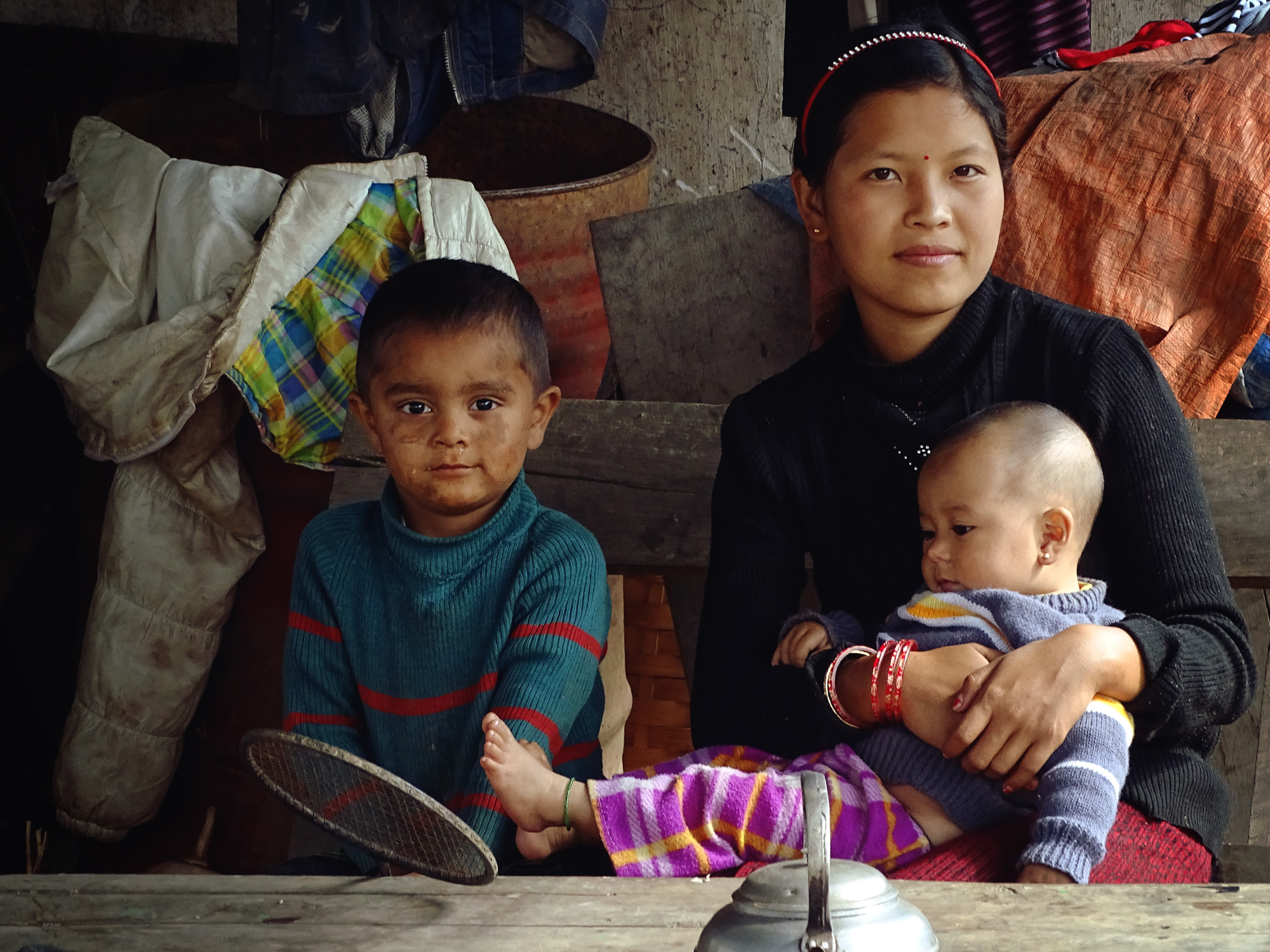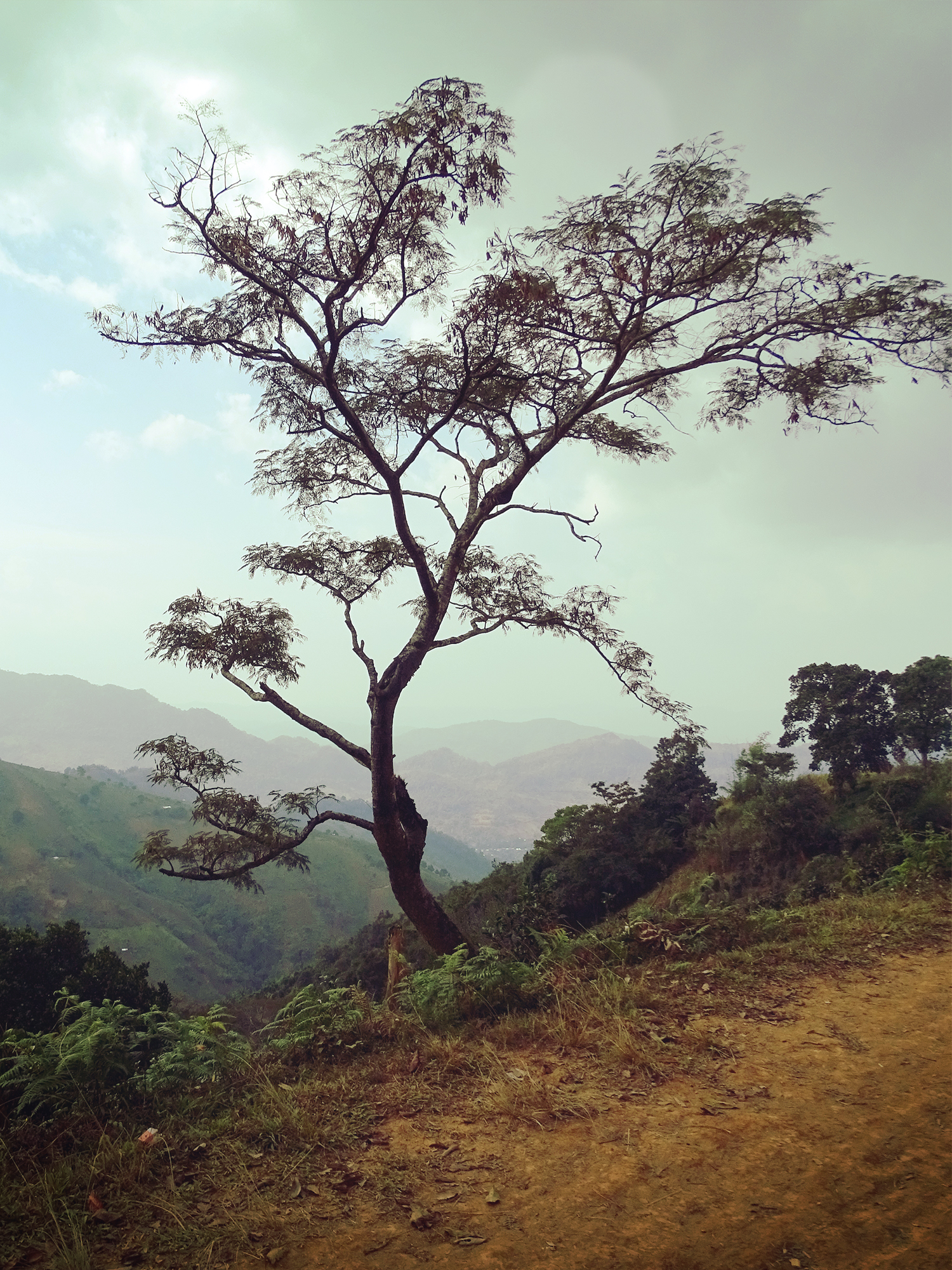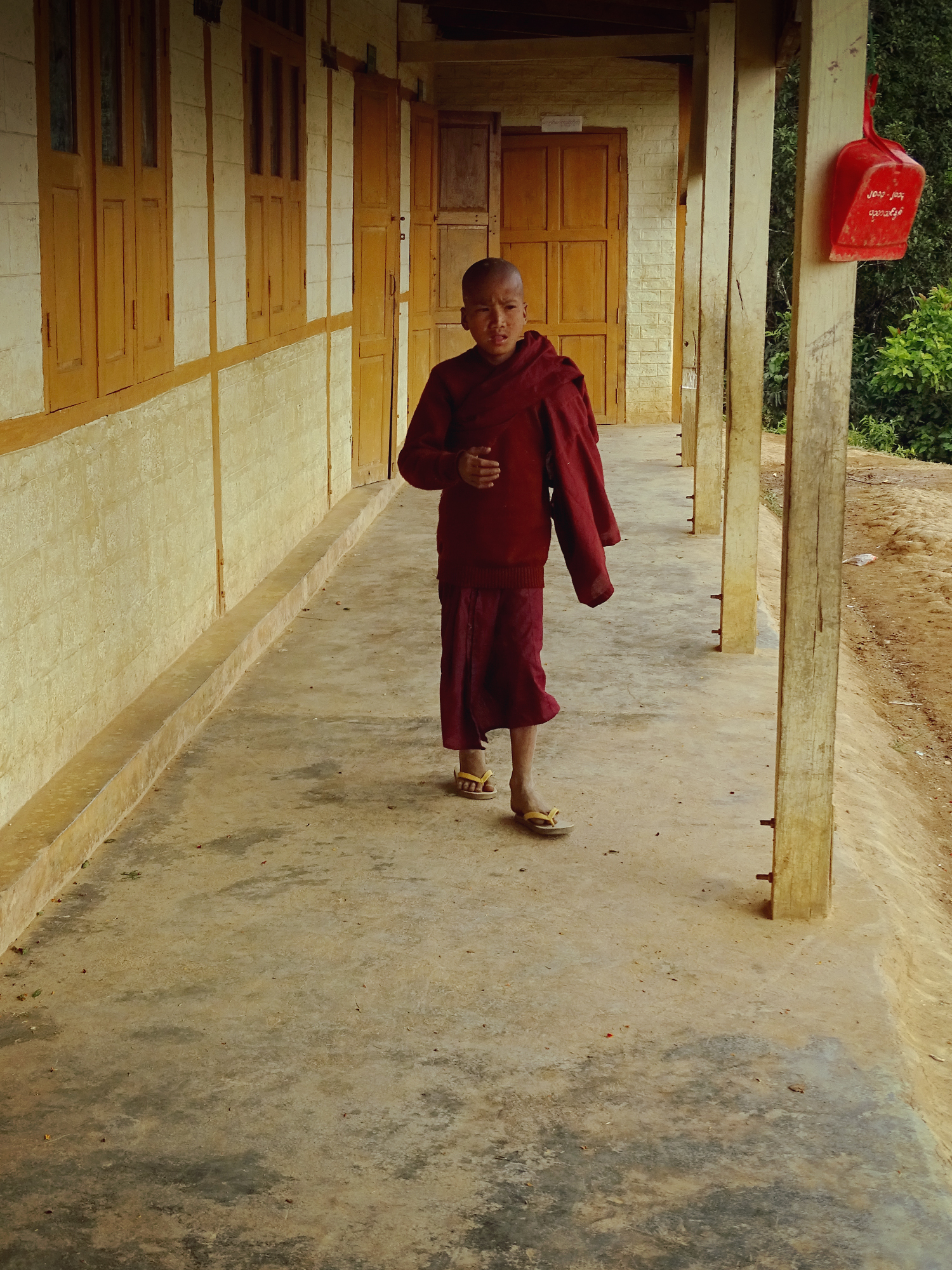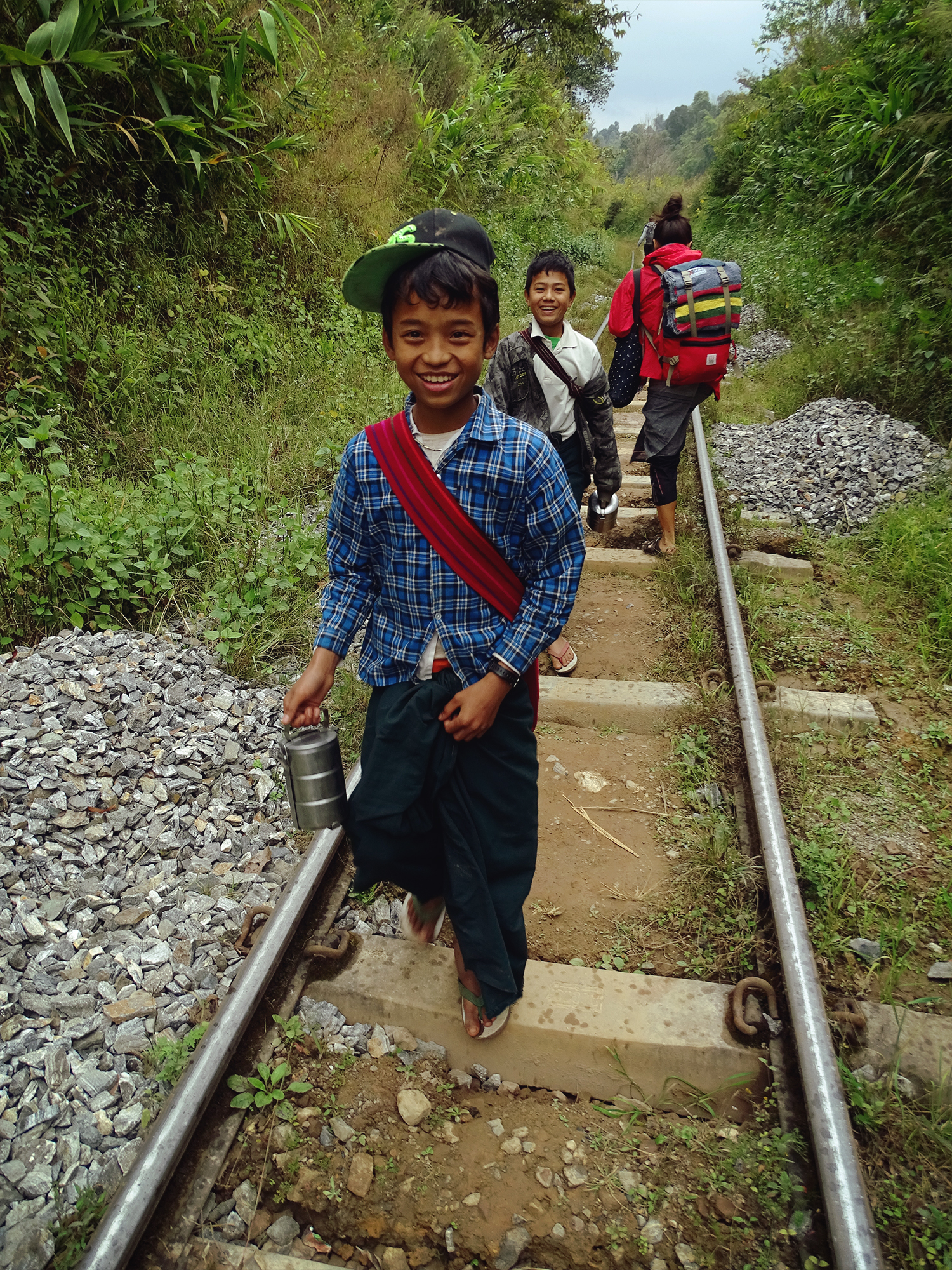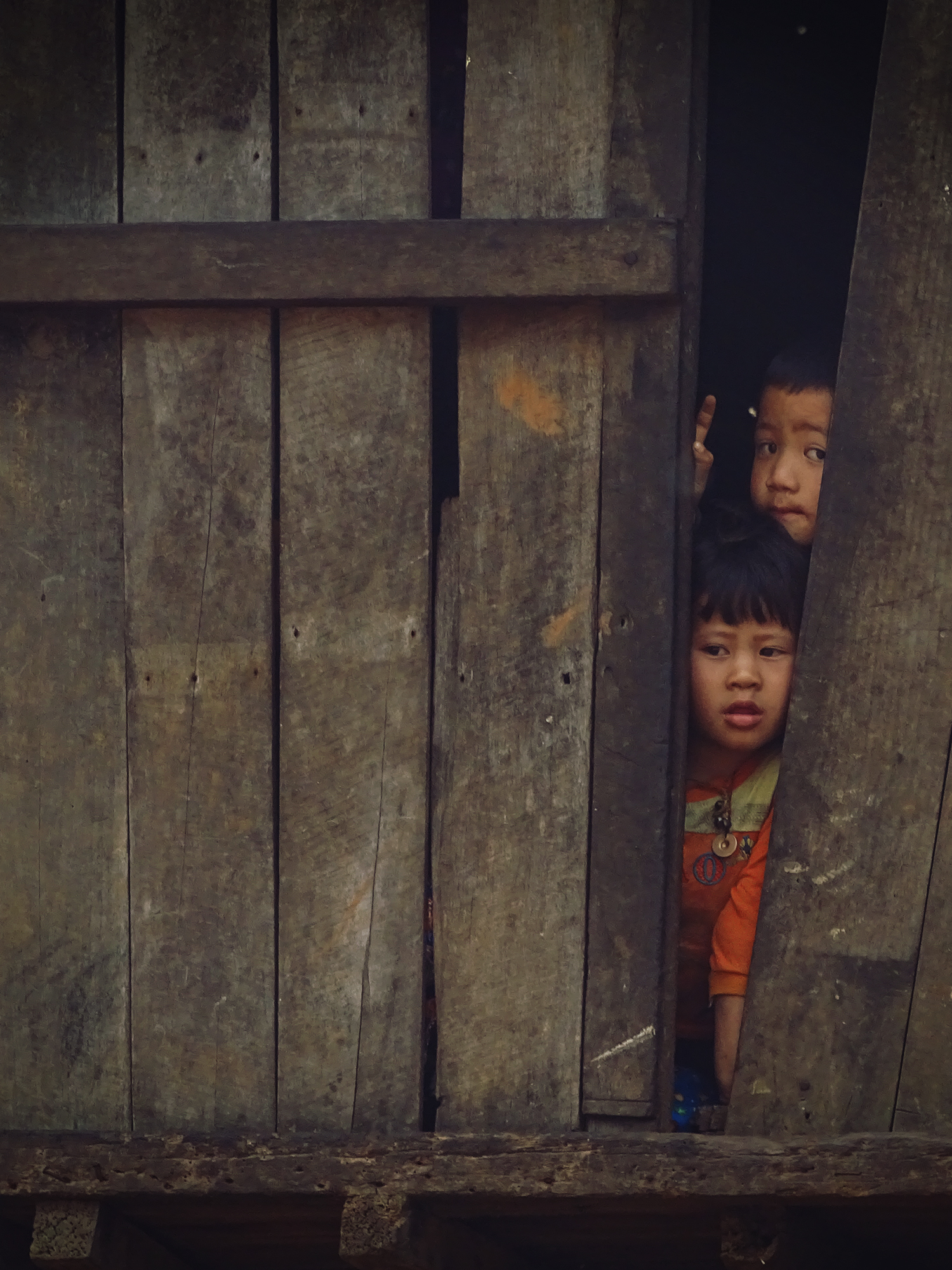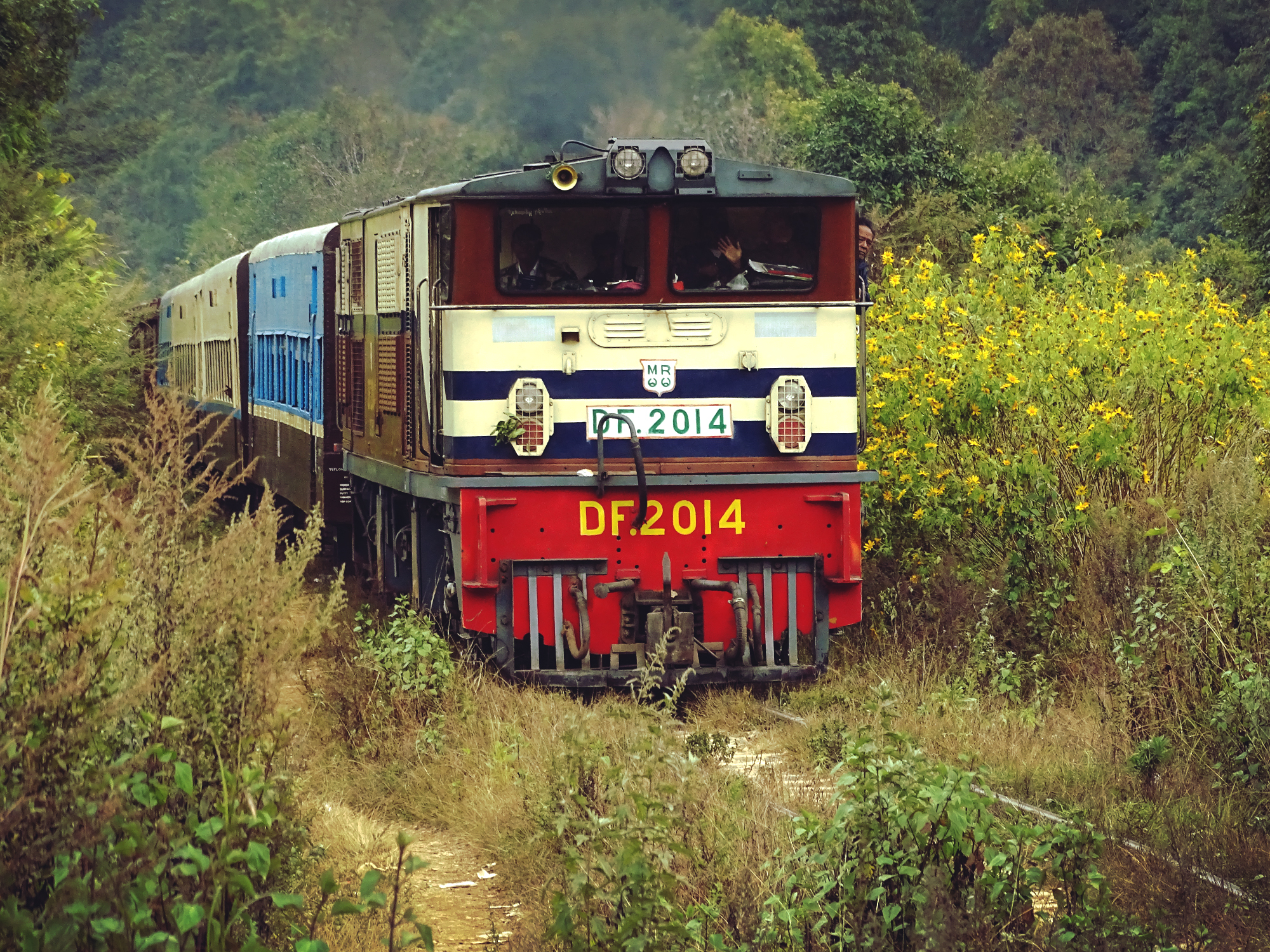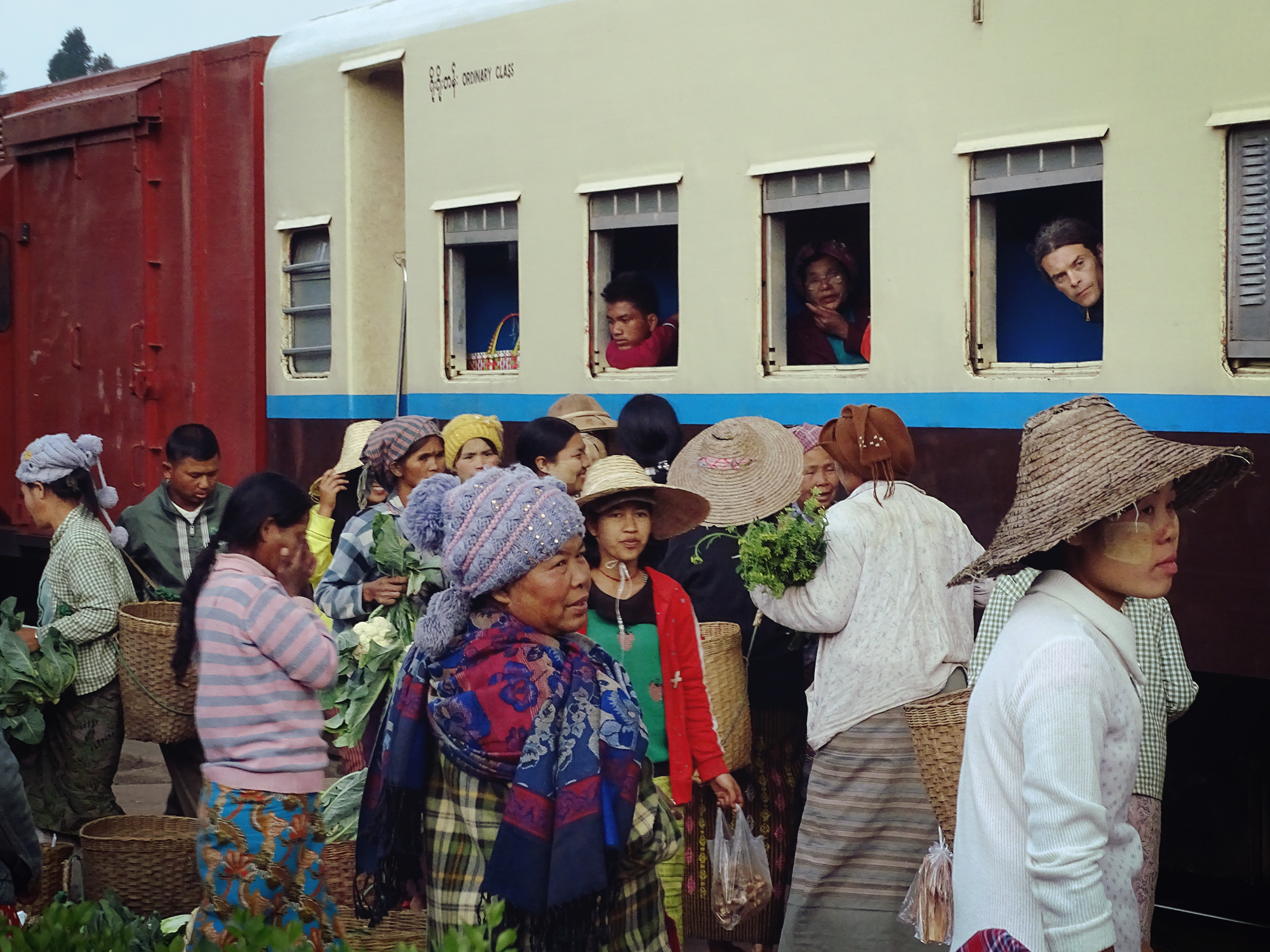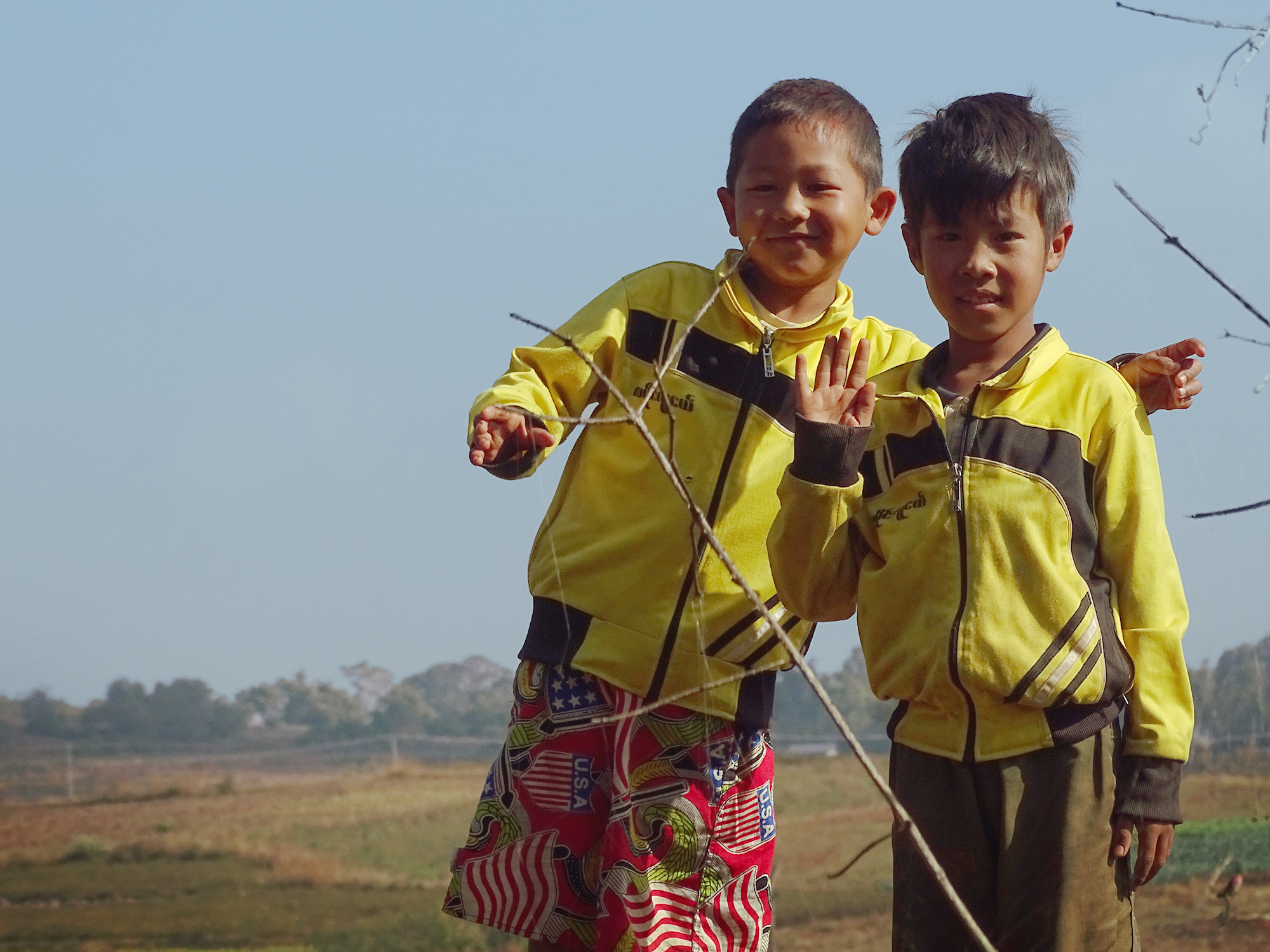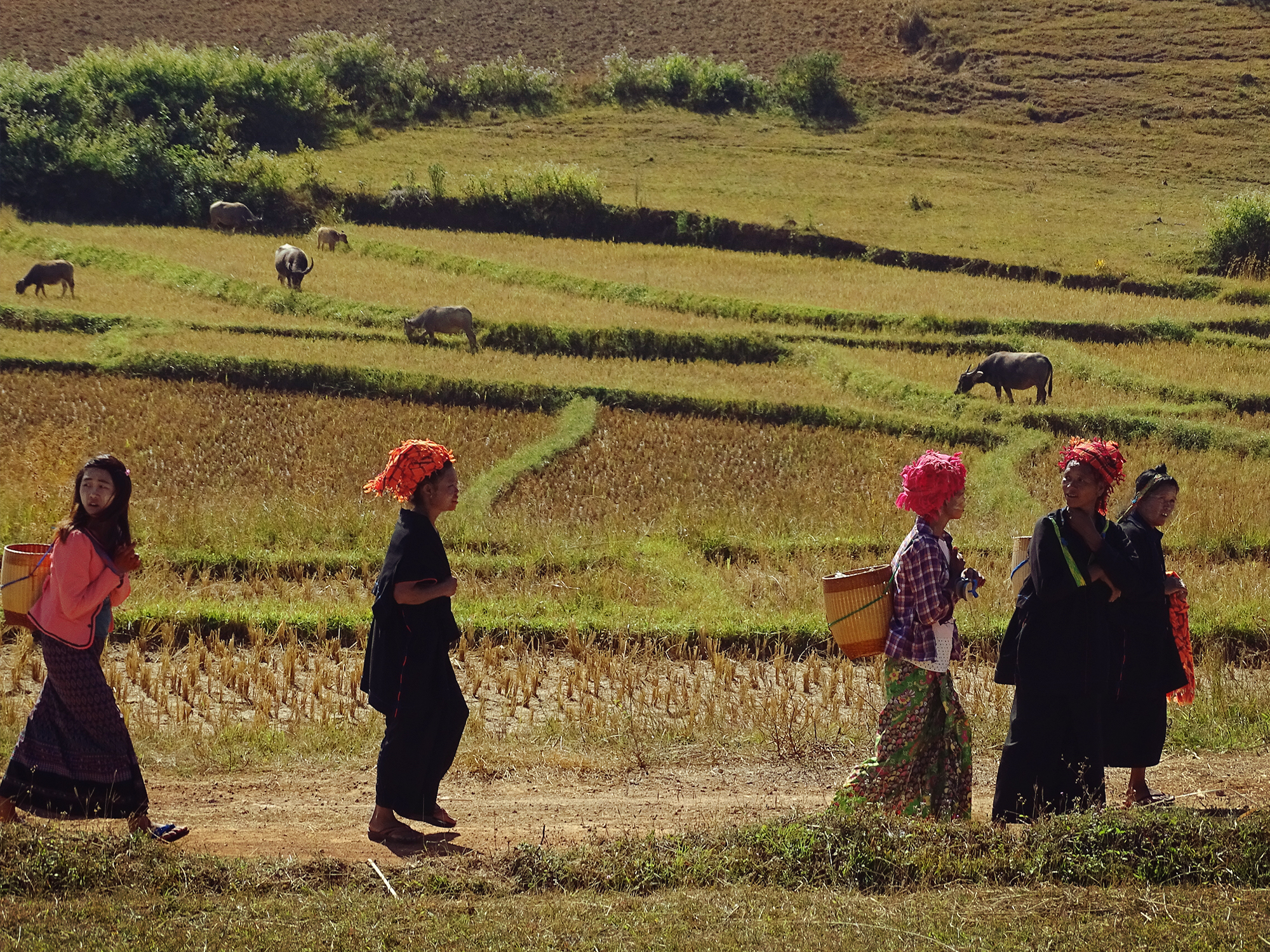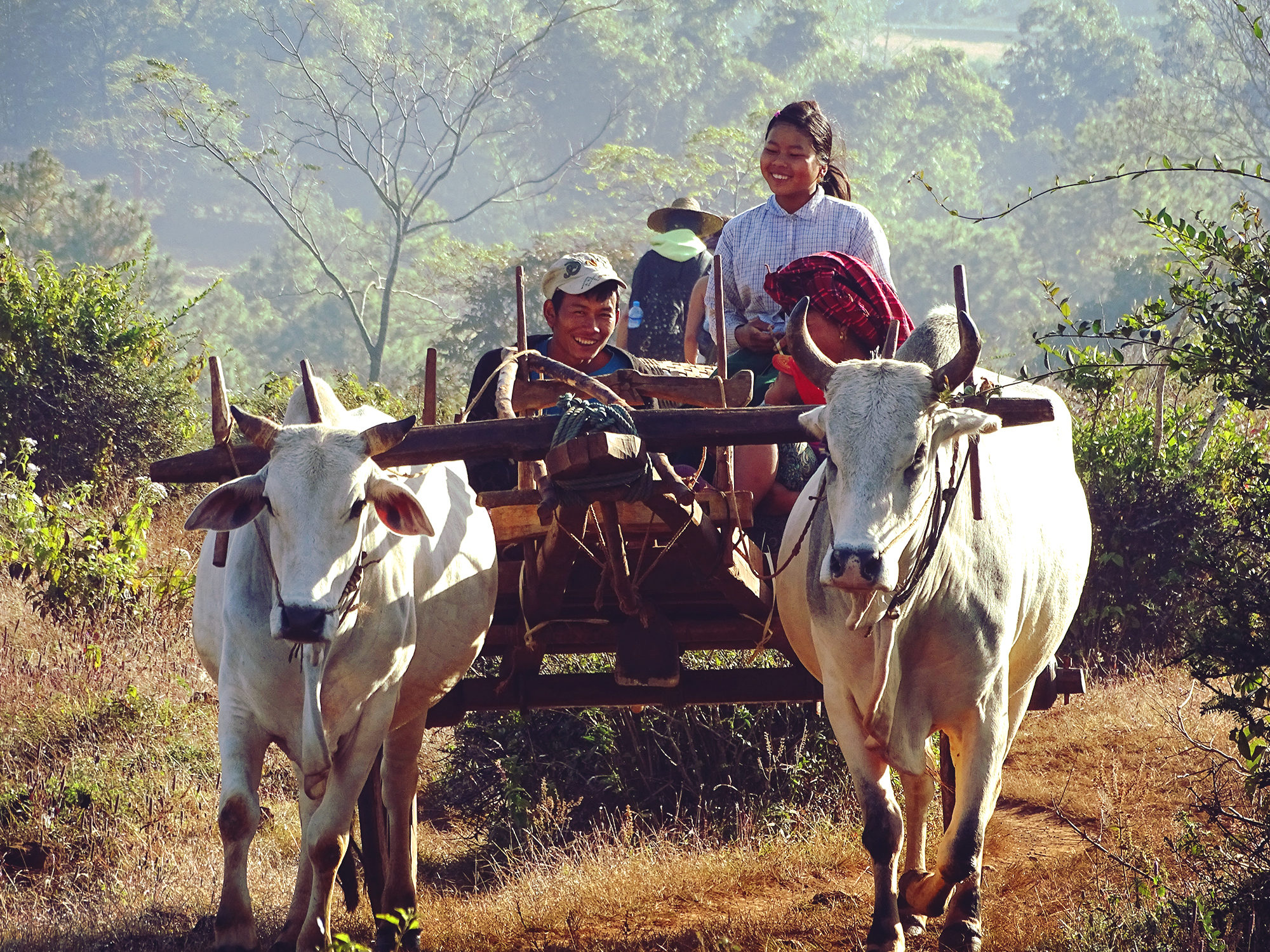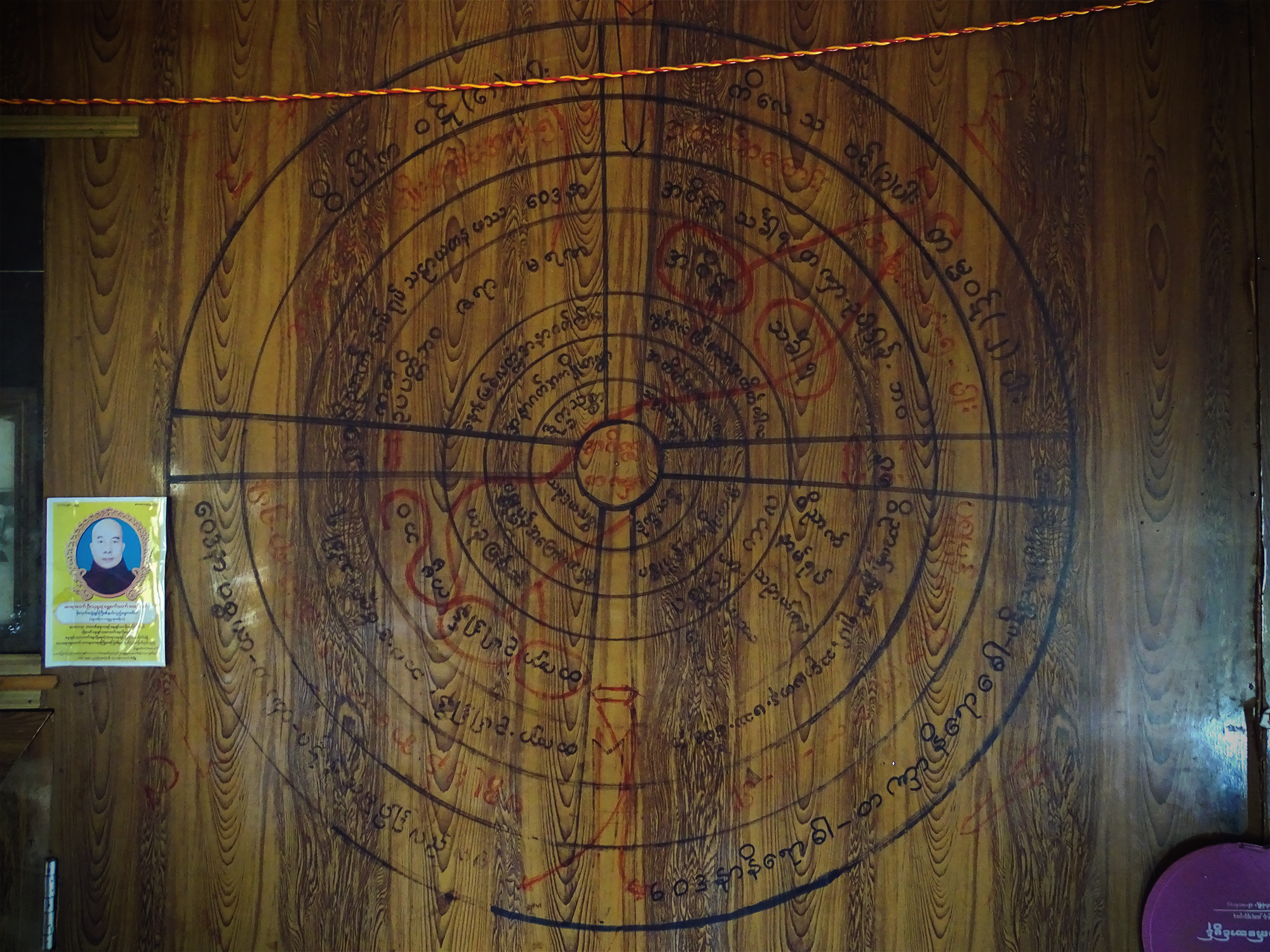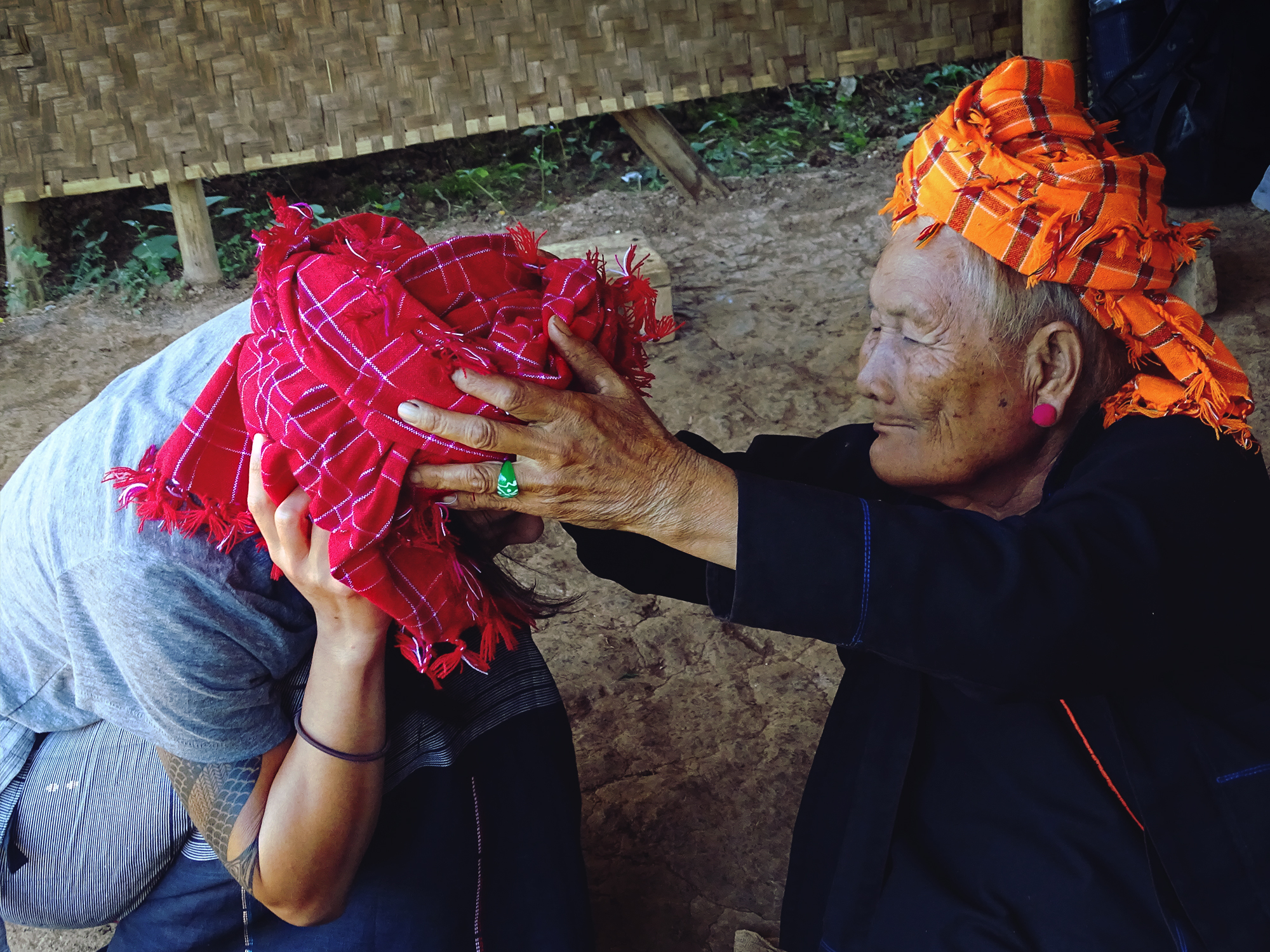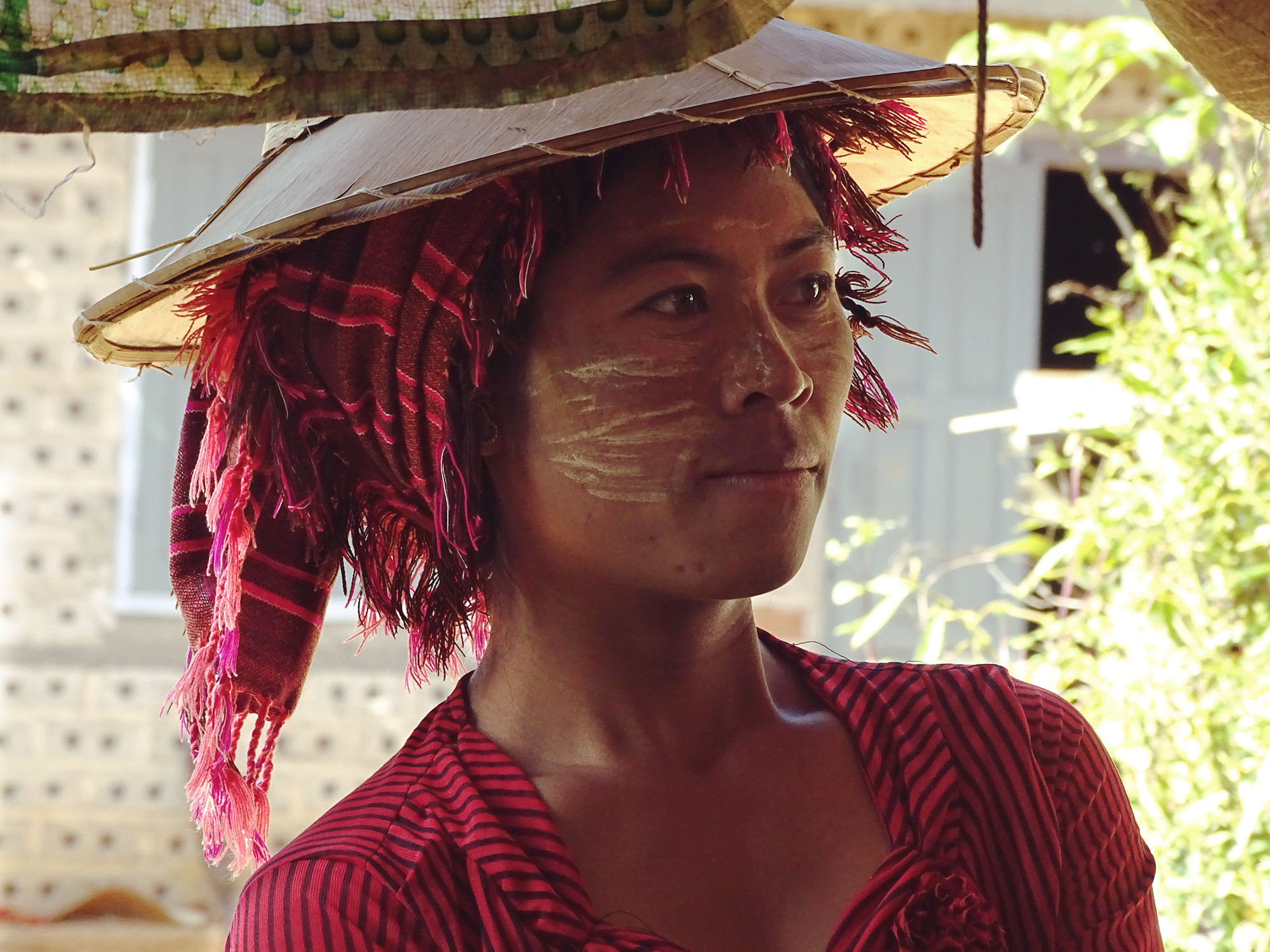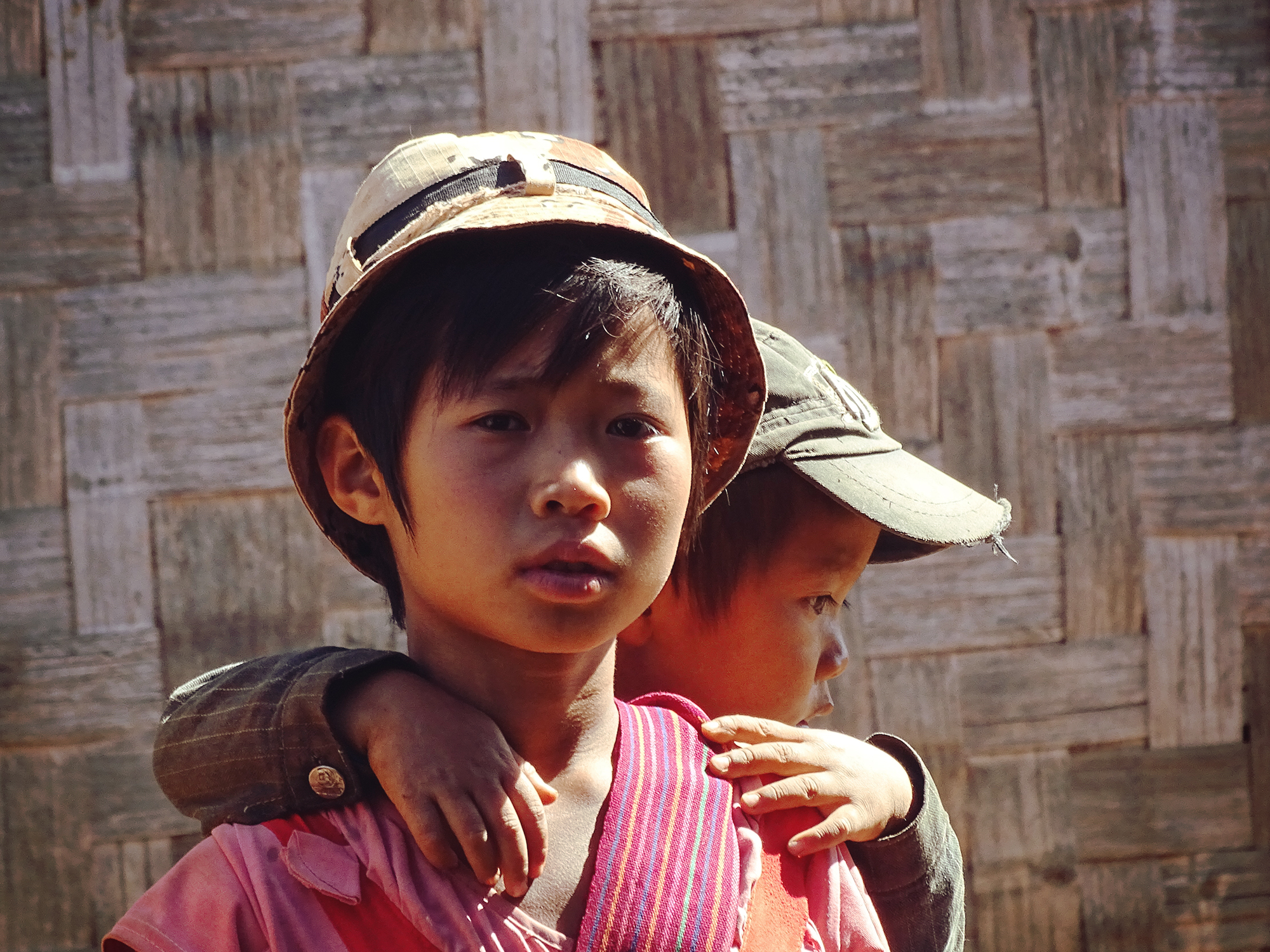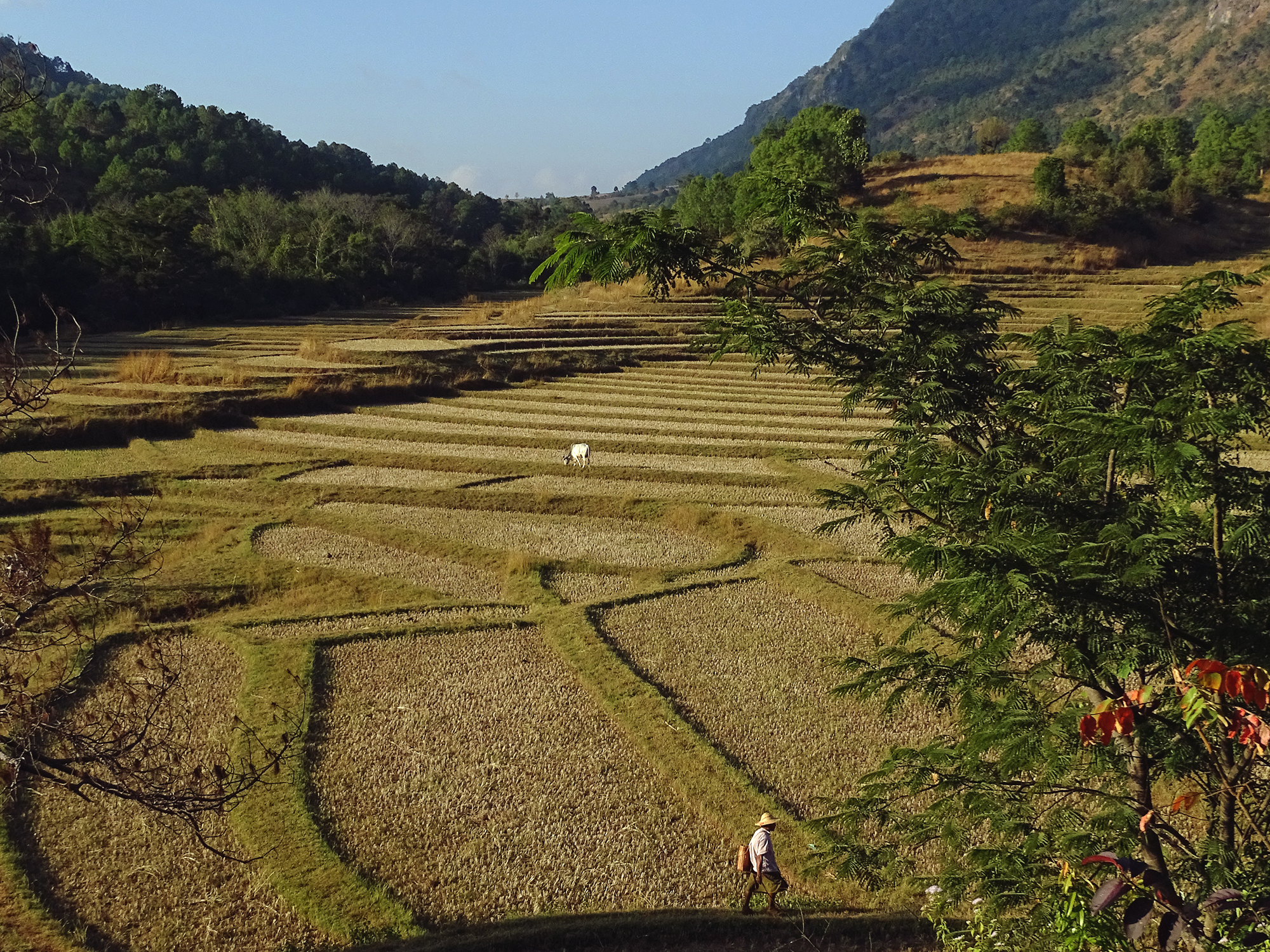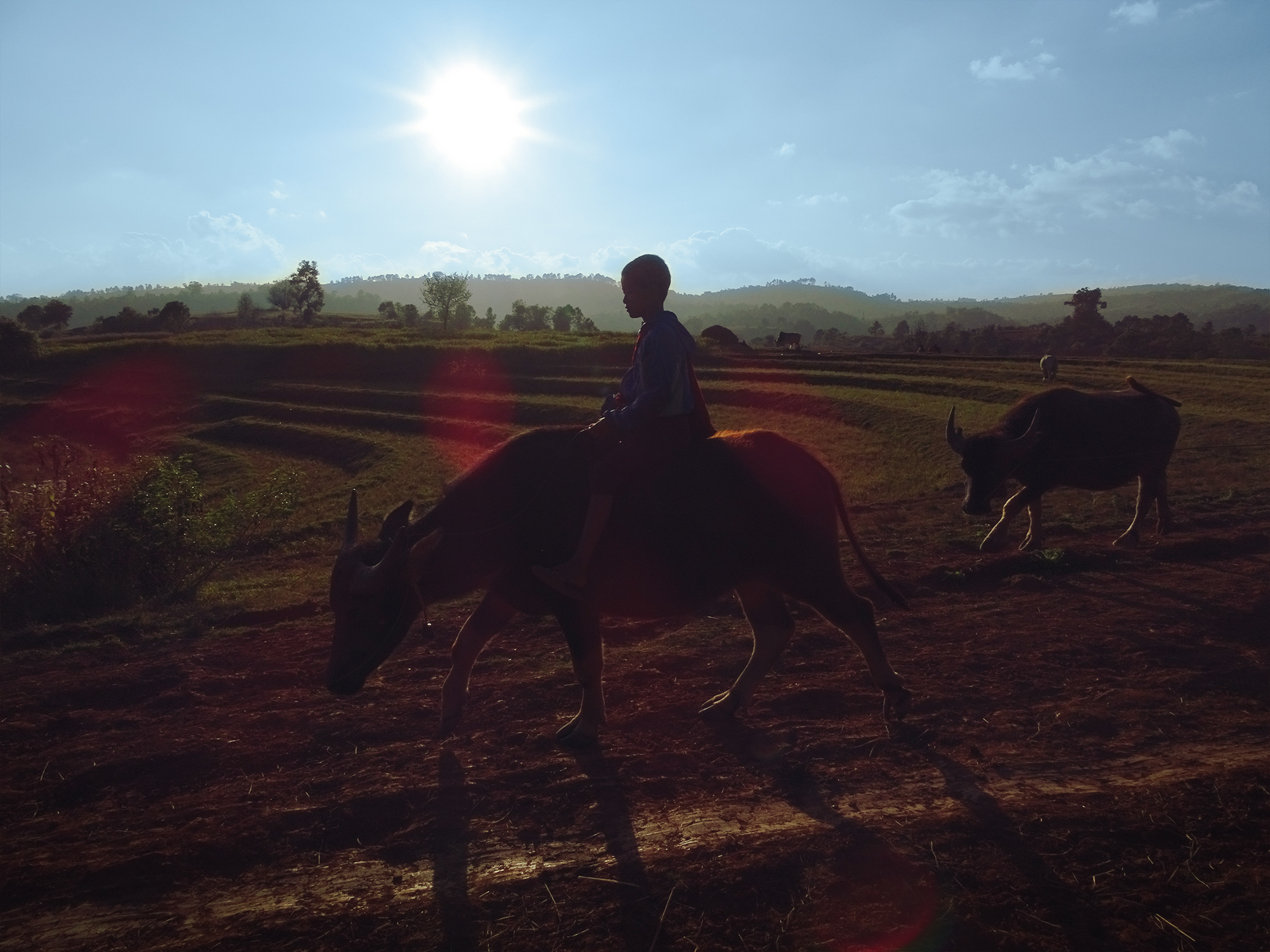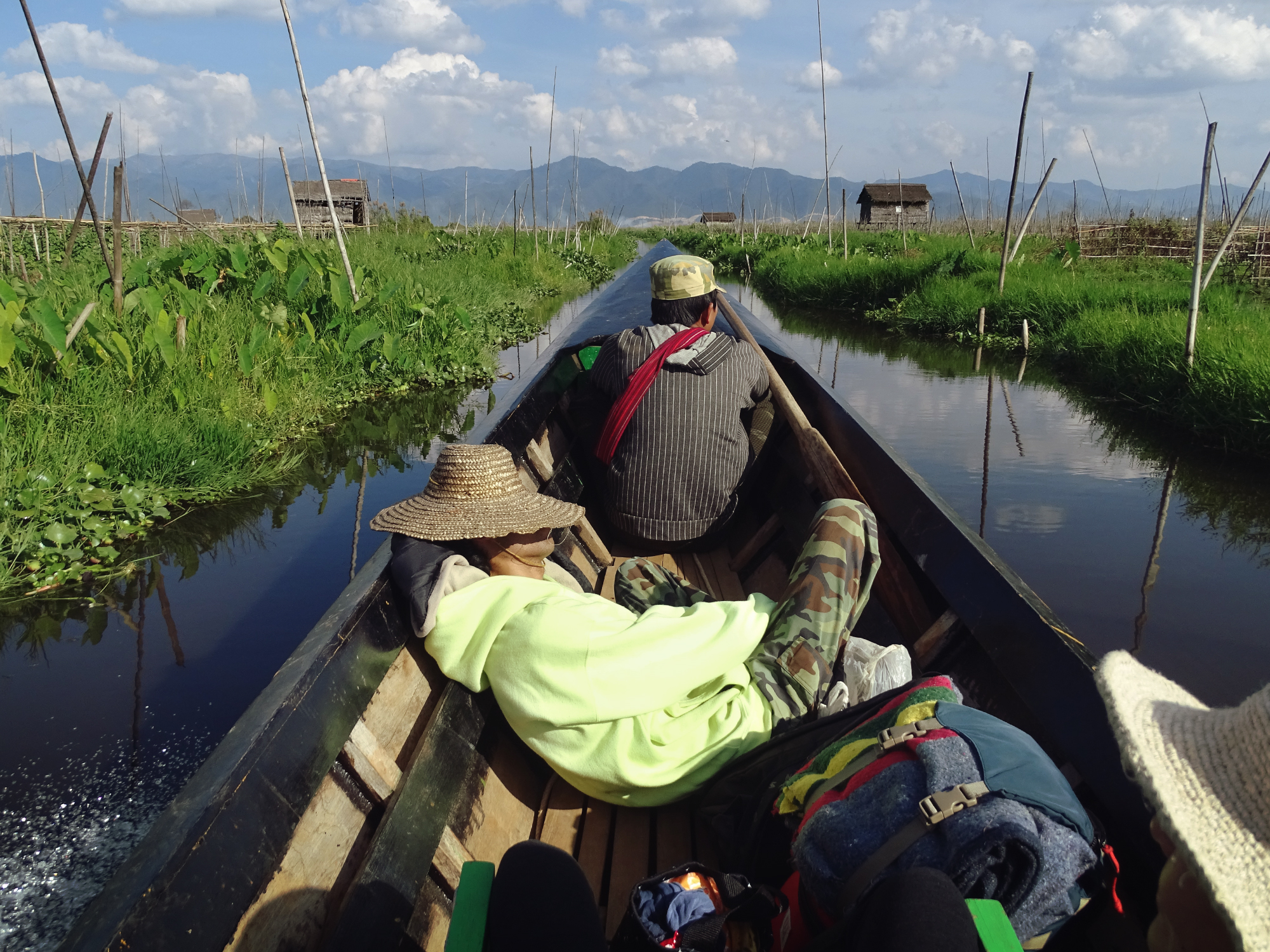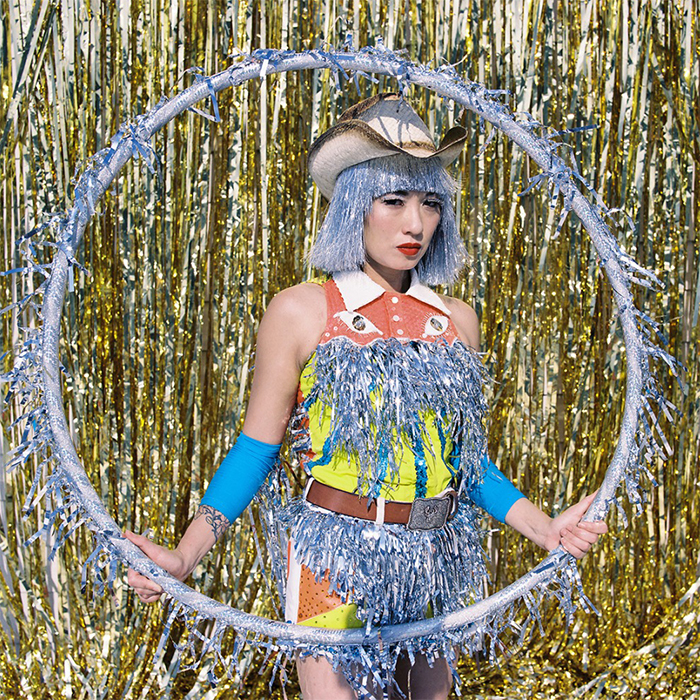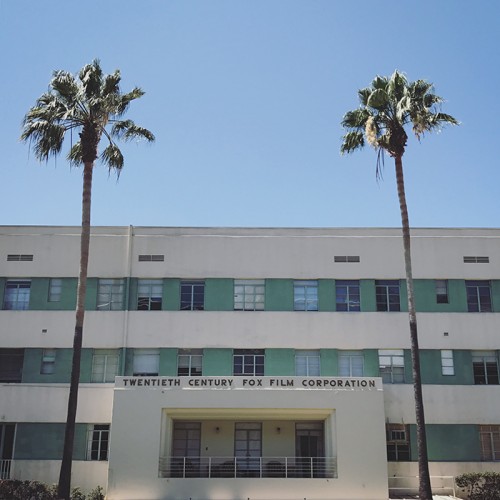LOST IN BURMA
PROLOGUE
Like most, I suppose I first planted glimpses of Burma in my mind via Rudyard Kipling and George Orwell. But my enduring interest in the country was a bit more indirect than that. As I’ve mentioned a few times before on this blog, I’ve been captivated by Southeast Asia ever since I first saw Apocalypse Now. As silly as this might sound, that movie changed my brain. I saw it when I was about 11 or 12, and I think the darkness in the human soul was something I had yet to really contemplate. It was surreal and intoxicating and terrifying. I probably watched the movie 30 or 40 times before I was 16, and I developed a very strong desire to find myself crouched down, half-mad in the jungles of Southeast Asia. I wanted to get to Cambodia and follow my own river into the Heart of Darkness.
Pure jungle aside, my interest in Burma is also very intertwined with the film. In July of 2000, The Guardian ran an article about Johnny and Luther Htoo, two 12 year old twins boys who were the military leaders of God’s Army of the Holy Mountain – a 500-strong Karen guerrilla group fighting the entire Burmese army in the jungles near the Thai border. They commanded a rag tag force of fanatics who followed their every order, no matter how crazy. They believed that Buddhist spirits (Nats) had made the boys immune to bullets, and they freely walked across battlefields firing M16s without as much of a scratch. So in my mind, I’m thinking: OK… Colonel Kurtz is real, and he’s actually 12 years old, and there’s two of him. And there’s really an army of religious fanatics in the jungle following magical twins into battle against insurmountable odds. That such a circumstance and such a place still exists beyond the mind of Conrad or Coppola was enough to put Burma high on my list of destinations.
THINGS BEGIN FALLING INTO PLACE
As luck would have it, Alison decided to go to Thailand for yoga teacher training. This would take two months, finishing up at the beginning of December. We had been meaning to take a big trip of our own for some time. We had already survived a few Burns, and believe me, Burning Man will test any relationship, but we hadn’t really done a full immersion adventure that veered off the grid. On top of that, in secret, I had strongly been considering popping the question. “Perfect!” I thought. I’ll go to Thailand for her yoga school graduation, then whisk her away into the Burmese jungle, where I’ll find the most remote exotic place on earth, and there and then I’ll ask her to marry me. Then to top it all off, we’ll finish up in Angkor Wat – my favorite place on earth.
So I started reading up on Burmese history and mythology, and meeting jewelry designers, and looking at rings, and buying backpacks, and buying guide books, and booking hot air balloons, and looking for the most remote places we could go.
I was planning all of this in secret, because it had to be a surprise. Consequently, there were a million questions swirling around in my head, but I had nobody to share them with. In the middle of all of that, by chance, I came across a Bill Murray quote that gave me great comfort. Bill says:
“If you have someone that you think is The One, don’t just think in your ordinary mind, ‘Okay, let’s make a date. Let’s plan a party and get married.’ No. Take that person and travel around the world. Buy a plane ticket for the two of you to travel all around the world, and go to places that are hard to go to and hard to get out of. And if when you land at JFK, if you’re still in love with that person, get married at the airport.”
That was pretty much exactly where my head was at. Only difference was, I was going to ask her ON the trip. Bad idea? Best idea? Possibly. But Burma was calling. I told all my employers I was taking two months off, and then I started buying tickets.
HOMEWORK
The highlight of my reading assignments for the trip was definitely From the Land of Green Ghosts by Pascal Khoo Thwe. It’s an incredibly gripping, true story about a Padaung tribesman who grows up in a remote area of the jungle, joins the seminary, falls in love, joins the revolution, fights against and is hotly pursued by the entire Burmese army, escapes into Thailand, goes to Cambridge, learns English, and becomes a national dissident hero and the first published author in the history of his people. In addition to all of that epic stuff, it was really helpful in understanding the various Buddhist superstitions that dictate so much daily life, as well as the political and social history that is so relevant right now. I highly recommend.
Also worth noting is The Burman: his life and notions, the first book ever published about Burmese culture, written by a Scottish journalist and Colonial Officer James George Scott in 1896, under the pseudonym Shway Yoe. It goes into great detail about every minutiae of Burmese life and customs. Upon it’s first publishing, many colonists refused to believe a Burman had his command of the English language, and sadly, they were correct.
BURMA OR MYANMAR
As to the name of the country itself, the word Myanmar being used to name the country dates back to at least the 1200s. It was also the name of the kingdom overthrown by The British in the 1800s. So it does indeed have legitimate usage history. The current regime changed it from Burma to Myanmar in 1989 as a way of further distancing themselves from the ghosts of their colonial oppressors. Also very relevant is that there are at least 10 major ethnic groups and a hundred sub-tribes, with Burmans making up about two-thirds of the population. Others include the Shan (largest minority), Karen, Karenni, Mon, Arakhan, Kachin, and Chin, most of whom live in the mountains that encircle Central Burma. As a result, the word Myanmar is considered inherently more inclusive, since it doesn’t derive its origin from one sole ethnic group. Why people like Obama chose to fight them on this is a mystery to me. Political grandstanding, I suppose. Both names are used interchangeably in the country, and surprisingly enough, nobody we met seemed to be that passionate about one or the other. I will continue to use the word Burma in this blog post simply because I think it sounds cool.
BURMESE HISTORY: THE EXTREMELY ABRIDGED VERSION
Historically Burma has been largely independent, and dominated politically by the Burman majority. The most illustrious kingdom, famous for art & architecture, was the Pagan (1044-1325). China occasionally occupied the land for a few decades here and there, particularly under Kubla Khan in the 1270s.
The Portuguese established trading posts in the 1500s. Both the Dutch and The English followed suit in the 1600s. Western influence and international political pressures around trade began to grow in the late 1700s.
Fearing that France’s growing presence in Viet Nam and elsewhere might begin to threaten their hold over India, the British took full control in 1842. For them, Burma was essentially a buffer zone protecting the empire’s crown jewel, India. The ethnic minorities, who had been suffering under the Burmans for thousands of years, were generally glad to see their enemies defeated, even if it was at the hand of a foreign power. Case in point: when Japan invaded in 1942 during WWII, some Burman revolutionaries sided with the Japanese in an effort to drive out the British and hopefully gain their independence. The leader of the independence movement was Aung San, the founder of the Communist Party. From what I gather, he’s their Che Guevara.
Britain re-gained control in 1945. But with Japan was no longer a threat, and India soon to be independent, Burma quickly lost all strategic significance to their colonial masters. They left without a fight, naming Aung San the new prime minister, with the goal of Burmese independence within a year. 6 months later, Aung San and his entire senior staff were assassinated during a cabinet meeting. Many believed the British had changed their minds and secretly colluded with Aung San’s political rivals to orchestrate his death. Sao Shwe Thaik took over and established a British style parliament that maintained a fragile control for 14 years.
On 2 March 1962, the military, led by General Ne Win took control through a coup d’état. Burma has been under direct control by the military ever since. He established a brutal socialist dictatorship that closed the country to outsiders and became infamous for oppression, imprisonment, and murder. He nationalized all means of production and drove the country into a downward economic spiral they have yet to recover from. Money was drastically devalued several times over, and mismanagement of national resource production led to widespread starvation. As often happens in desperate economies, bribery and corruption infiltrated every corner of society.
Anti-government uprisings throughout the last 70 years have been consistently met with brutal violence. In 1988, during one such uprising, another coup was staged to give the illusion of pro-democracy forces taking over, but alas it was just a puppet regime of Ne Win, who still maintained power from the shadows. Aung San Suu Kyi, daughter of assassinated revolutionary and national hero Aung San, was then put under house arrest, where she remained until just a few years ago.
They held their first democratic elections in 1990, but when the election overwhelmingly favored the party of Aung San Suu Kyi, the military ignored the results and refused to give up power. She won the Nobel Peace Prize in 1991.
Another uprising in 2007 was lead by the Buddhist monks, hence the name The Saffron Revolution. Once again, the military cracked down and to the shock of the entire world, gunning down a lot of protestors, including the monks. This brought international condemnation and economic sanctions.
Since then things have remained much the same. The military government occasionally holds elections and promises true democracy, but the elections seem rigged and little changes.
Aung San Suu Kyi, released from house arrest in 2010, has negotiated the release of many political prisoners and fought for the legalization of trade unions, as well as continuing to campaign for democratic reform. The military regime thwarted her hopes of becoming President by making a new law barring anyone married to a foreigner from running, but she was succesfully elected to a lower office, and continues to wield great influence and raise the hopes of many within the country.
YANGON
We flew into Yangon, formerly Rangoon, by way of Bangkok. You can attempt a border crossing at one or two locations by bus, but they are notoriously difficult. The military junta closed the Burmese border in 1962, and it remained pretty much sealed until 2012. That’s 50 years of forced isolation. This was certainly implemented as a tool of political power and to control information – keeping dangerous foreign influences out. But quite frankly, during most of that time, much of the country was far too dangerous to be open to tourists in the first place. Just about every ethnic minority group in the country has waged a guerrilla war against the Burman majority government for the better part of forever, even more so since the 1960s. Up until the late 2010s, a lot of these minority regions were in a constant state of guerrilla war.
To this day, there are parts still a few remaining areas fully under the control of local warlords, each with their own armies and their own agendas. Mind you, we’re taking about a country no bigger than Texas. For this reason, the tour companies run by the government (which is ALL of them) urge tourists to remain within a region which they call “the kite”, the four pointed shape you get when you draw a line from Yangon to Bagan to Mandalay to Inle Lake and back to Yangon. This way nobody gets kidnapped, nobody passes money or other support to the rebels, and most importantly, the government can easily manage getting a piece of almost every tourist dollar spent. With only 3 weeks allotted for our trip, we only had time to stray beyond the kite once.
Anyway, on with the show. This is Yangon. It’s crowded. It’s filthy. It’s smelly. But it’s really really cool.
The standard dress for both men and women is the “longyi”, a cylindrical skirt. Men tie theirs in the front. Women on the side.
Yangon’s maroon robed monks rise to the chime of a bell around 530am, when there is “just enough light to see the veins in your hands”. They make their rounds with a heavy alms bowl each morning. The faithful put in money for their monastery, or food for the one meal they get to eat around 11am each day. Anything extra is given to stray animals.
Boys usually enter the monastery around age 12. An elaborate banquet ceremony takes place in their home village. They ride into the village on a donkey or atop a car. The young girls dress as colorful as they can, to distract the candidate, who uses a large lotus leaf fan to resist their charms. The ceremony represents the boy giving up the follies of the world, recalling the story of The Buddha’s famous last appearance in royal court before sitting under the bodhi tree, achieving enlightenment, and going forth to pursue a life of wisdom.
Visually, Burmese typography is somewhere between Thai, Sanskrit, and Arabic. It’s a distant relative of the Indian Brahmic that begat most Southeast Asian alphabets. It’s written left to right and is used in the Burmese, Mon, and Karen languages – including some that cross the border into Thailand.
These guys (left) outside Guanyin Gumiao Temple have seen better days. Thai script on shipping palettes is a reminder of just how much food is still imported from Thailand. Like all corrupt Socialist regimes, the farming infrastructure in Burma is pretty much in shambles, leading to periods of famine and outright starvation.
Many Burmans, women especially, put thanaka, a yellow paste made from ground tree bark, on their faces as both makeup and sunscreen. Some cover their entire faces, while many just make a stylish blotch on their cheeks.
The street vendors of Yangon sell endless heaps of paperbacks from the milate 20th century. It’s as if they haven’t seen a new book in decades which is probably the case, sadly. As you might imagine, Kipling and Orwell feature prominently. I just liked the covers.
Shwedagon Pagoda in central Yangon, Myanmar – the most magnificent of all pagodas in the entire country. Built between the 6th & 10th century and encrusted in gold and jewels. It’s glorious and bizarre and one of the biggest, craziest, goldest things I’ve ever stood in front of.
90% of Burmese practice Tharavada Buddhism, practiced by the Burmans, Mons, & Shans – while many of the Chin, Kachin, Karenni, and Karen are Christians and there’s some small enclaves of brutally persecuted Muslims near the Bangladeshi border. Traces of ancient animist beliefs persist in the religions of all of these groups. Burmese Buddhism made space long ago to integrate the pre-Buddhist “Nats”, or nature spirits (which exist in some form or another across all of Asia). In Burmese Buddhism, thirty-seven of the Nats are incorporated the official pantheon. As far as I can tell, they are about as close to fundamentalist Buddhists as you can get. It’s the driving force of the entire country in just about every aspect of life.
Maroon robed monks attend to the Shwegadon Pagoda, walking around the center spire high above the crowds.
As the story goes, two Burmese merchants, Taphussa and Bhallika, met the Lord Gautama Buddha while trading in India. Buddha gave them the gift of eight hairs from his own enlightened head, which they brought back to Burma and promptly presented to King Okkalapa. When the king opened the golden casket containing the hairs, shit got kinda freaky:
“ There was a tumult among men and spirits … rays emitted by the Hairs penetrated up to the heavens above and down to hell … the blind beheld objects … the deaf heard sounds … the dumb spoke distinctly … the earth quaked … the winds of the ocean blew … Mount Meru shook … lightning flashed … gems rained down until they were knee deep … all trees of the Himalayas, though not in season, bore blossoms and fruit.”
Guidebooks recommend you go at sunset, to watch the light change. Then, when it gets dark enough, they hit it with these blazing spotlights, and it glows so golden it seems almost on fire. An incredible sight.
Locals light candles and pray to the spirits for good fortune. As for me, I know there’s always money in the banana stand.
We stayed at the Best Western right in Chinatown, which had a very lively food cart scene at night on the surrounding streets. The food was great. The hotel was really odd and absurdly overpriced, like most accommodations in the country. The government generously over-inflates the prices of anything related to tourists. Human rights groups urge westerners to do their best to spend money outside of their reach, which is honestly very hard to do on a scale anywhere above simple things like where you eat and shop. But we tried.
No visit to old Rangoon is complete without stopping by the famous Strand Hotel, whose bar was once considered to be one of the hippest places on planet earth. It’s doing a damn good job of maintaining that old world colonial vibe. We had a few then headed out.
MAWLAMYINE
Wanting to get outside of “the kite”, our next stop was Mawlamyine (pronounced moo-law-myehn), a small port city in the Southeast. It was the original British capital, when they first took control of Burma in 1826. It’s also the setting for George Orwell’s “Shooting an Elephant”, which opens with:
“In Moulmein, in Lower Burma, I was hated by large numbers of people—the only time in my life that I have been important enough for this to happen to me.”
The main attraction around here is Win Sein Taw Ya, home of the largest reclining Buddha in the world. It’s 10 stories tall and 2000 feet long. It represents Buddha in his last moments before his earthly death – his release from Saṃsāra – the sanskrit term for “wandering”.
Inside they’ve built these bizarre catacombs that depict scenes from the Buddha’s life as well as several rooms focused on the perils of Naraka, the Buddhist Hell. One can find themselves reincarnated there based on their karma. You stay there suffering for a finite amount of time – eventually reborn in one of the higher worlds – to see if you can do better the next time. Though maybe you’re just an ant, so that most likely has its own trials and tribulations.
They’ve started a second reclining Buddha on the opposite side if the valley, but it has a long way to go before it rivals the big daddy.
HPA AN
We left Mawlamyine on Sunday morning and caught a longboat upriver to Hpa-An. Ours (far right) had no bananas, but it did have shade, and some very comfortable mismatched minivan car seats strewn about. That was enough. The ride was blissfully smooth in contrast to the incredibly bumpy roads in all of Burma.
The morning haze slowly burnt off, revealing the jagged limestone mountains that dot the landscape in this part of the country.
Along the way we passed many fishing villages, fisherman, other longboats, commercial ships, and palm plantations. Children always ran to the shore to wave and yell “Mingalarbar!” – the Burmese “hello” that was invented during the Colonial period for use with foreigners. It’s actual translation is “good things be unto you”. Not unlike the Muslim “As-salaam-alaikum” which translates as “Peace be unto you”. The Burmese don’t really have a “hello” in their language. Locals tend to greet each other with a short friendly sentence that is situational, such as “where have you been?” or “where are you going?”.
The journey took about 4 hours. Once we landed in Hpa-An, we hopped in a waiting taxi (the ubiquitous, motorcycle-powered, open-air tuk-yuk) and quickly found a weird but adequate hotel room to use as a base for the next two days. Most hotels in this country are oddball places that feel like they were built by a person who once saw a hotel through a telescope, but has no idea how they actually function. Many buildings in use as hotels were clearly built for a completely different purpose originally.
Tuesday’s plan was an ambitious one. Visit the 1,121 Buddhas in the Lumbini Gardens, then climb 2400 feet straight up to the very top of Mount Zwegabin, where we were told we could stay overnight with the Buddhist monks for a small donation. We were warned the accommodations would be bare bones, but that the view was well worth it.
All religious sites are constructed with very specific numbers, as the Burmese are extremely superstitious and obsessed with numerology. The repetition of Buddhas in all directions was really captivating.
The climb to the top of Mt Zwegabin was over 2000 steps and absurdly steep. It was hot – probably about 95 degrees. By the time we reached the summit, we were both soaked as if we’d jumped in a swimming pool fully clothed.
We got to the monastery just before sunset. Local monkeys soon appeared to see if we had any treats.
This monastery was mix of old stoic monks, young boys being new monks for just one week, and local kids from the town far below that volunteered for the sake of family karma. The older guys would appear at the central spire periodically to pray or meditate. The younger monks gathered at the cliff’s edge to take last photos of each other before their departure the following morning.
The 360 degree view from up there was insane, and the technicolor sunset was probably the most epic I’ve ever witnessed.
Once darkness set in, one of the older monks came and took our donations, showing us to the dormitory. They offered us a basic meal of rice, oily stewed eggplant, pickled beans, and steamed cauliflower. All for about $1.75. The accommodations were as basic as can be: rock hard beds with a blanket. However, this was luxurious compared to what the monks slept on: straw mats on concrete.
We were jolted awake at 4am by insanely loud Buddhist prayers that were being amplified for the entire valley below through an antique klaxon horn the size of a Volkswagen Beetle. The consolation for enduring the 4am megaphone prayers was this view from the dormitory balcony.
Young monks, having just spent the last 8 days at the monastery atop Mt Zwegabin, begin their descent at sunrise, eager to return to their normal 20 yr old lives. This might just be my favorite photo ever.
After the sweaty climb down the mountain, we showered at the hotel, packed, and caught a taxi through the rice fields to Saddar Cave, a large wet cavern that’s been converted into a Buddhist shrine. Hundreds of statues are installed throughout among the giant stalagmites and stalagtites. Like all temples, you must enter barefoot, so we had a very dank and slippery hike through the cave to the other side. Thousands of bats serenaded our adventure overhead. Alison was downright giddy.
Once you’ve made it through, you can pay teenagers a couple dollars to paddle you through the seemingly endless span of bright green rice delta in their canoes, back to the other side of the mountain.
BAGAN
The ancient city of Bagan flourished between the 9th-13th centuries, as the capital of the first truly unified Burma – a kingdom that was roughly the size of the country today. There are over 2000 Buddhist temples of various shapes and sizes. Pictures don’t really capture the number of spires that dot the horizon in all directions. It’s like something out of a fairy tale.
For 3 days we rented a very slow-moving electric moped and meandered about, exploring the dirt trails that connect the countless temples and endless incarnations of The Buddha.There’s no way to see them all, but there’s always another one just around the next bend.
Minimalist trees with gold leaves stand at the four corners of many Burmese temples. Buddhists are really into the number 4. There are 4 noble truths, 4 veils, and most temple structures have 4 sides and 4 entrances, in homage to both “the 4 directions” and the 4 most important Buddhas that preceded Guatauma aka Sidhartha aka the big cheese.
In all Bagan temples, you can traverse the perimeter of the interior, seeing all the Buddhas statues of various shapes and sizes. Oddly enough, the center seems to be solid rock. What happens above the ground floor is equally mysterious. The larger temples often have elaborate murals on the corridor walls.
Though you see Buddha after Buddha all over this country, no two Buddhas are alike, which Alison pointed out seems to effectively reinforce the idea that, while you are indeed looking at a golden idol, the Buddha you seek is none of these figures, but rather within.
There was some sort of festival going on in town. A big parade of floats blasting Burmese music, with dancing kids in tow. I never got a straight answer about what they were celebrating but my money is on some Nat that brings you good fortune.
A local woman took an instant liking to Alison and initiated her into the proper way to apply the yellow than aka paste.
Our second day in Bagan was the biggest day of all: the day I would ask Alison to marry me.I had been carrying around the engagement ring in the front pocket of my shorts for two weeks already. I was insanely paranoid I was going to lose it, but I couldn’t let it out of my sight. I couldn’t hide it in the hotel safe because Alison might stumble upon it, so I just had to keep carrying it (like Frodo).
It was really hot that day. And dusty. We had a late breakfast and started exploring temples on the minibike as the heat was really coming on. Mistake number one. To make matters worse, the dirt trails that connect the thousands of temples on the dusty plain are not, in fact, dirt, but sand. Soft, soft sand. This makes for very treacherous going on a stupid minibike with zero pickup.
So there we were, getting hotter and hotter, dustier and dustier, crankier and crankier. And the sandy trails were more like sand traps, causing a near wipeout about every 15 seconds. This made for an incredibly stressful afternoon. I was certain we were going to crash at any minute. Knees scraped. Bleeding. Maybe a broken bone. No state that you want to be asked to marry someone.
Alison was on the back of the bike – terrified – and extremely annoyed at the constant near death experience I was providing. But I had to find the perfect, deserted temple to make my proposal speech. I didn’t want anyone else around. I knew that if we just kept driving we would eventually find one completely deserted. But where? And how soon? She was reaching her limit of cranky that would soon boil over into furious. But it had to be this day. I had already booked the sunrise hot air balloon with the champagne for the next day. It was now or never.
Finally, she had enough.
“Look…” she stated emphatically “We’re going to crash. It’s hot. I’m cranky. I’m just going to get off this thing for awhile. You go on ahead and I’ll catch up.”
This was a disaster.
“Just a little bit further, I promise!” I pleaded.
Just then the oddest two-coned, deserted temple appeared at the edge of a small dusty parking lot, next to a very tall pyramid-looking temple. This was IT!
We parked the bike and Alison immediately attempted to escape. I grabbed her hand and insisted that I had something to show her, just over there, by the weird two-coned temple. We walked through some tall high grass and climbed up onto the base. It was there that I mustered my courage, got down on one knee and – GULP – dropped the bomb.
“WHAT?!” she was totally caught off guard. Alison was in SUCH a bad mood by this point, and she didn’t see this coming AT ALL.
“Wait… are you serious? What are you saying?” more confused and a little flustered.
Again I made it clear that my speech was indeed a proposal speech, and yes I was indeed proposing that we spend the rest of our lives together, right then and there. Slowly, she came around.
“Really? Do you really mean it?”
Yes, I meant it.
This question and answer thing went back and forth for what felt like 5 minutes. Finally, she broke down and started tearing up and to my swooning delight, she said YES! Thank GOD. We made our way back to the hotel and had a very silly celebratory dinner with a bottle of weird champagne.
The next morning we got up before sunrise to get escorted to the field where they launch the Bagan By Air hot air balloons. Our captain was the company’s owner, and the first guy to do this in Burma. he was a very dashing, khaki-adorned Dutch fellow who seemed to have been plucked from the cover of a Safari magazine.
This was pretty epic, and I reckon hot air ballooning is wildly underrated as a means of transportation.
This Bagan temple is rare in that it was built in pentagon form, with 5 entrances, 1 for each of the four major Buddhas that preceded Guatauma, and 1 to welcome the 29th and final Buddha yet to come – who, like Gandalf, will return to us in our hour of need, at the turn of the tide.
KALAW
The final stage of our Burma trip was to the northeastern Shan state, where I had taken a leap of faith and booked us on a 3-day backcountry trek from the mountain town Kawlaw to Inle Lake. This was arranged in broken English via Email and I had no idea what we were really getting into. But the chance to truly get off the beaten path was too enticing to pass up. The cost was $35 each for 3 days/2 nights – which included the guide, a bed each night, and 3 meals a day.
We took a horrific 8 hour bus ride overnight from Bagan to Kawlaw. Burmese busses are a serious endurance challenge. Though almost the entire country is devoid of air conditioning, they seem to keep their bus temperatures just above freezing. The TV plays either endless Buddhist chanting, or weird comedy stage shows with Benny Hill-esque sound FX. They have no bathrooms, but rather stop every 3 hours at some remote village tea house usually occupied by more untethered chickens than people. Roads in the country are atrociously bumpy and the bus windows rattle thunderously with each and every pot hole.
We were joining a small group – an uncle and 20-something niece duo from Majorca, a 24 yr old Dutch girl, and a 32 yr old Peruvian guy from Montreal. We packed small day packs with 3 days’ supplies. As little as possible, essentially. Our big bags were shipped ahead by the trek company to our final destination.
It was slightly drizzling when we left Kawlaw and headed up into the hills. Gravel roads soon turned to dirt roads which soon turned to footpaths. We marched single file for 4 hours through pine forests and tiered rice fields, encountering locals who’ve used these same trails for millennia.
We had lunch at a mountain top home of a Nepalese woman who ran a restaurant of sorts for trekkers. Her grand daughter served the food and watched over the youngest.
We hiked for another 3 hours after lunch, past black sesame fields, wheat fields, tea farms and mandarin groves. We were getting up in the 4000-6000 foot altitude range.
When in doubt, follow the railroad tracks and Alison Chan.
As we walked along the track towards a nearby rail town, we could hear the train approaching. I questioned the wisdom of walking on railroad tracks out in the countryside, where trains typically run at top speed. But when it finally made its appearance around the bend, we realized we had nothing to fear. It was put-putting along at about 15mph.
The Shan state is made up of lots of different tribes like the Pa-O, the Intha, and the Palaung. Many of the tribes can be found on both sides of the border. The word Shan, in fact, comes from the Sanskrit Śyāma (श्याम, meaning “dark” or “brown”) – the same root word that preceded “Siam”, the old name for Thailand. Languages and dialects shift dramatically from village to village.
There are still large areas in the Northeast that remain under the control of warlords. The most notorious of these was Lin Mingxian, the descendant of one of the Chinese generals that settled in the area after the Maoist revolution. In 1948, the Chinese nationalist forces fled into Burma, hoping to regroup and re-take the country. The CIA began secretly funding this effort. But things slowed down, and the soldiers started marrying Burmese women and settling down. Realizing their cause was lost, the Chinese generals took the CIA money and founded opium empires. To this day it is under the control of their descendants, who have their own militias police the streets. They run off the Chinese power grid, use Chinese currency, and run thriving casino and prostitution businesses to serve the wealthy Chinese from Yunan. All within the Burmese border.
Passed these women on a narrow trail between farms. They were enroute to a funeral. Pa-O people wear black to symbolize the black dragons they are descended from, with brightly colored head scarves to represent the dragon’s head when he breathes fire.
By dusk we landed at our destination, a modest house in a Pelaung village, where our cook lived. Dinner was simple an delicious. Noodles with egg. Avocado salad. String beans. Cucumber salad with peanuts. Tea, coffee, and beer were offered as well. A few lightbulbs were strewn about, powered by a nearby car battery.
The second floor was prepared for us, with straw mats and sleeping bags on the floor. The walls were covered in family photos of of their youngest son’s ceremony to join the monastery. A large, intricately inscribed numerology chart was hand drawn on to the wall with a sharpee.
Day one’s 7 hours of walking up and down hills proved very rough on the legs, particularly for Alison, who was only wearing Birkenstock sandals. We all groaned and creeked as we settled in for bed, passing out at 830pm from exhaustion. The family below seemed to be up all night, trimming and arranging flowers from the garden, prepping them for the pre-dawn journey to the railway market.
We set out early the next morning, stopping in a local woman known for her scarf weaving skills. She fixed Alison up with a custom Pa-O headdress and we were on our way.
selfie with Alison Chan and some rowdy raggamuffin Pelaung kids outside their 4-room elementary school
Water buffaloes are the ATV of choice for the under 15 set that work the rice fields with their fathers.
Our last day was all downhill, getting out of the mountains and down to into the wide delta that surrounds Lake Inle. We had a quick lunch then caught a longboat through the canals to the village across the lake. We flew back to Yangon the next day, then onward to Angkor Wat by way of Bangkok. Goodbye Burma!
P.S. I can’t say enough about how wonderful this back country trek experience was. Engagement aside :), it was truly the highlight of our entire trip. If you ever go to Burma, do NOT miss out on this. Our guide Mo Mo was excellent (we’re still FB friends!). I can hook you up with his people, and you will have an incredible journey. Or contact them directly at https://www.facebook.com/Eversmiletrek/




